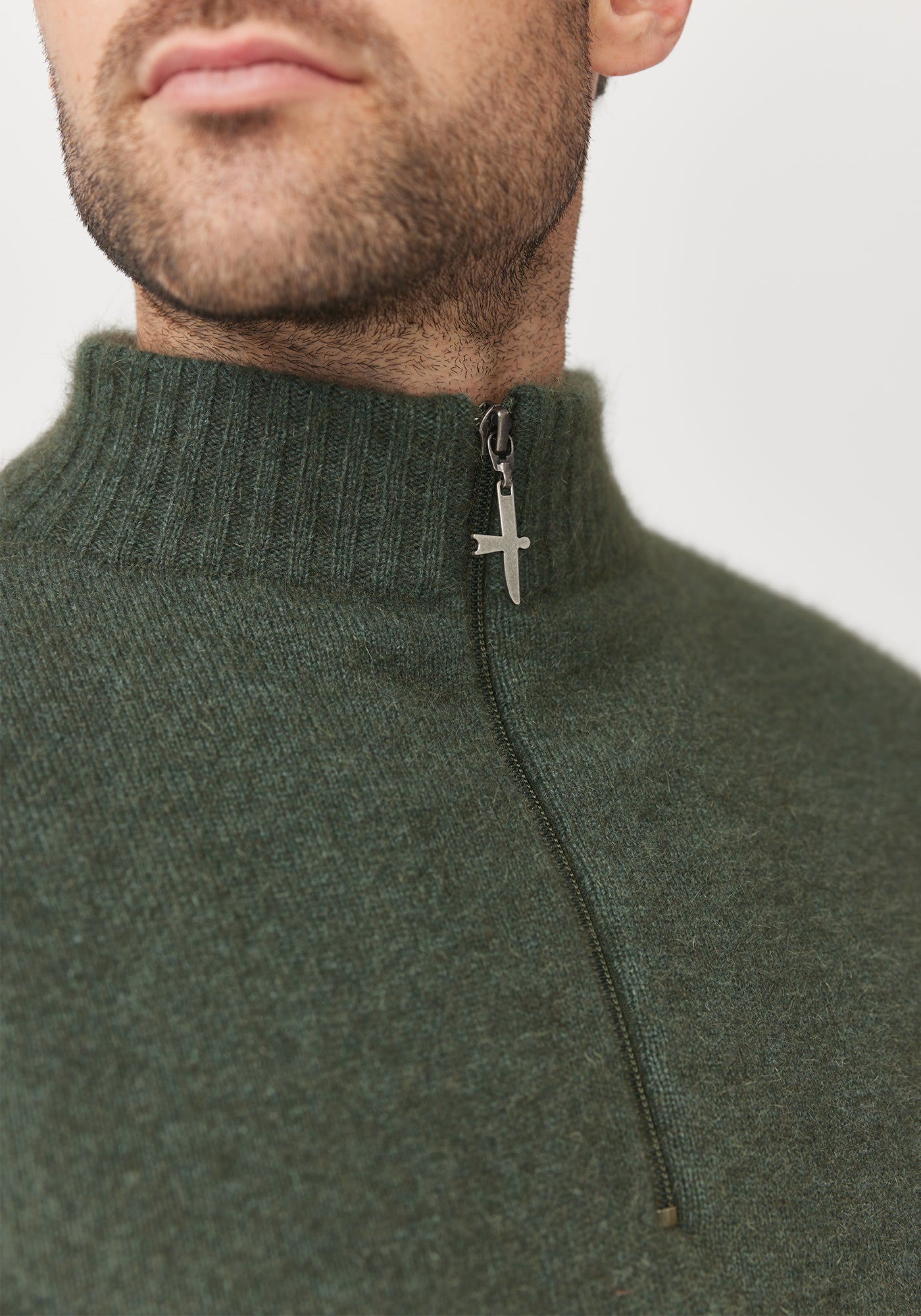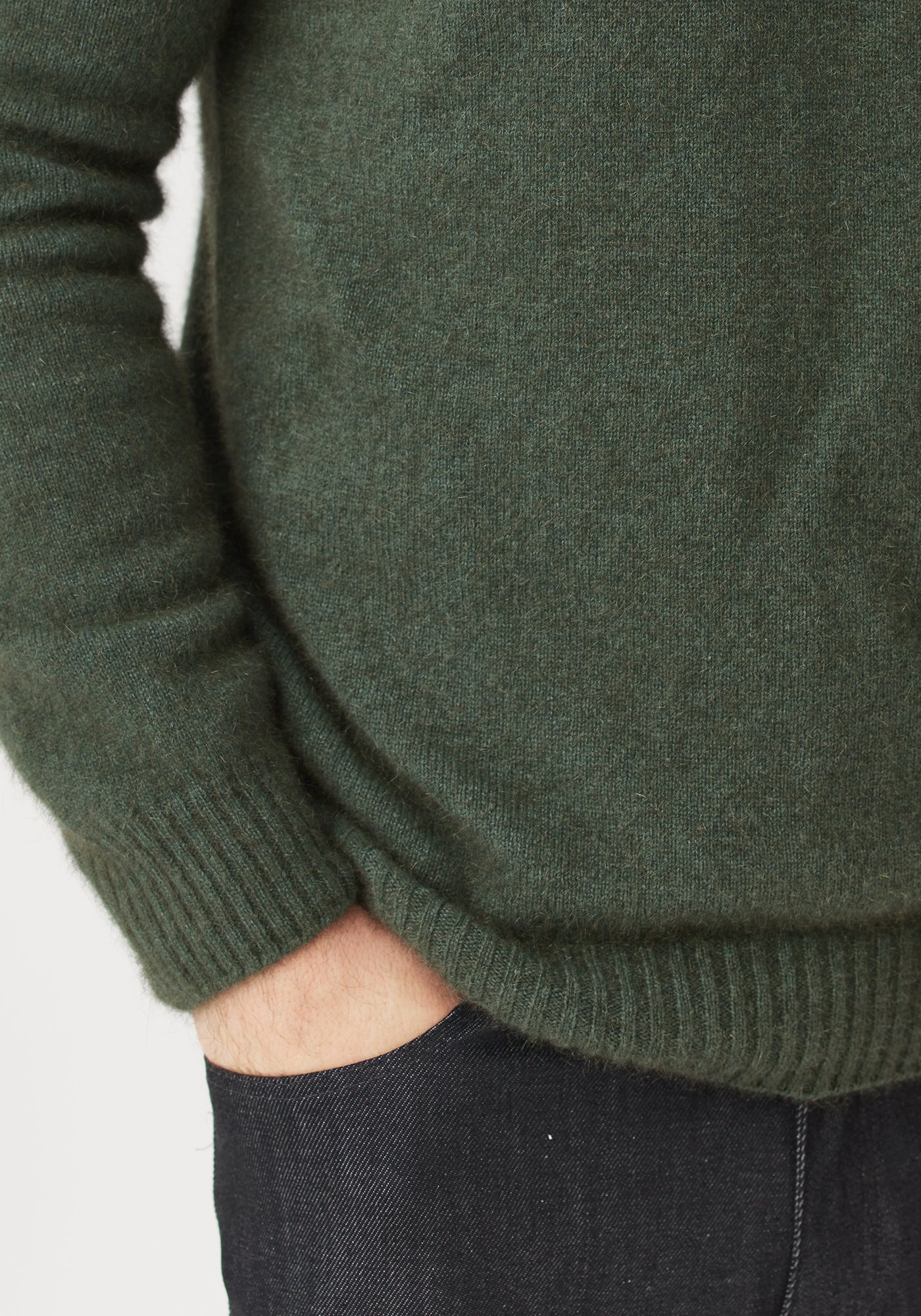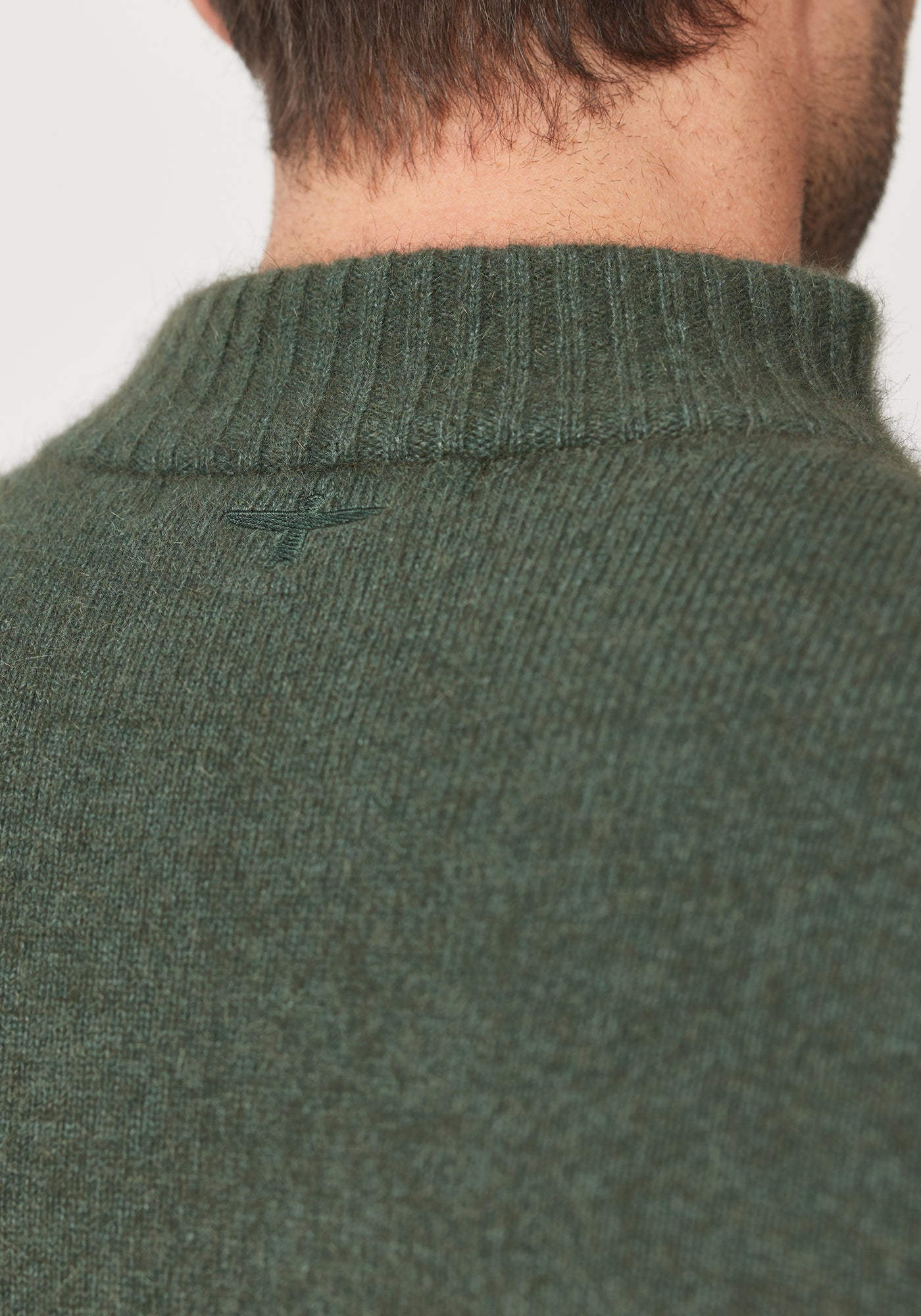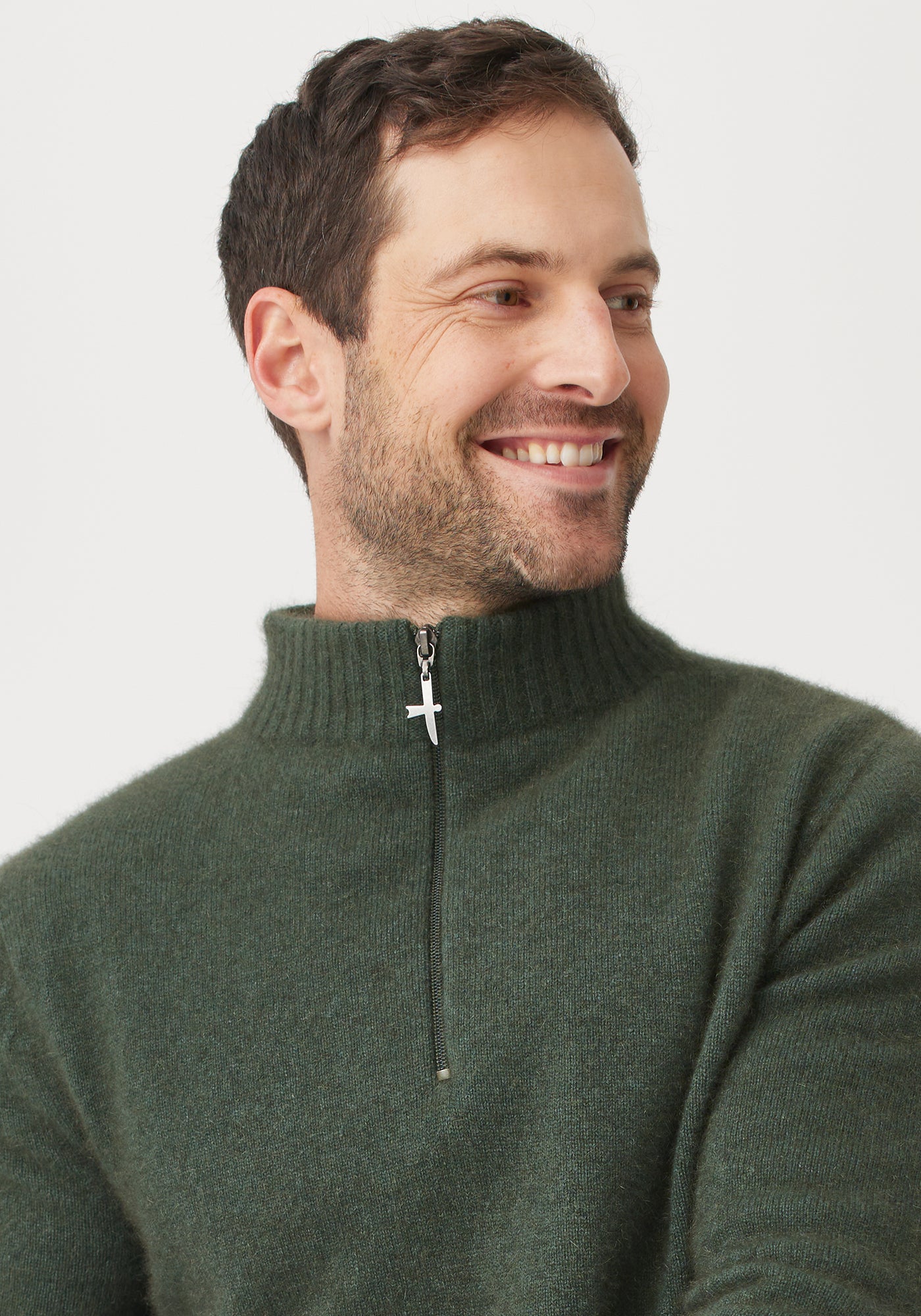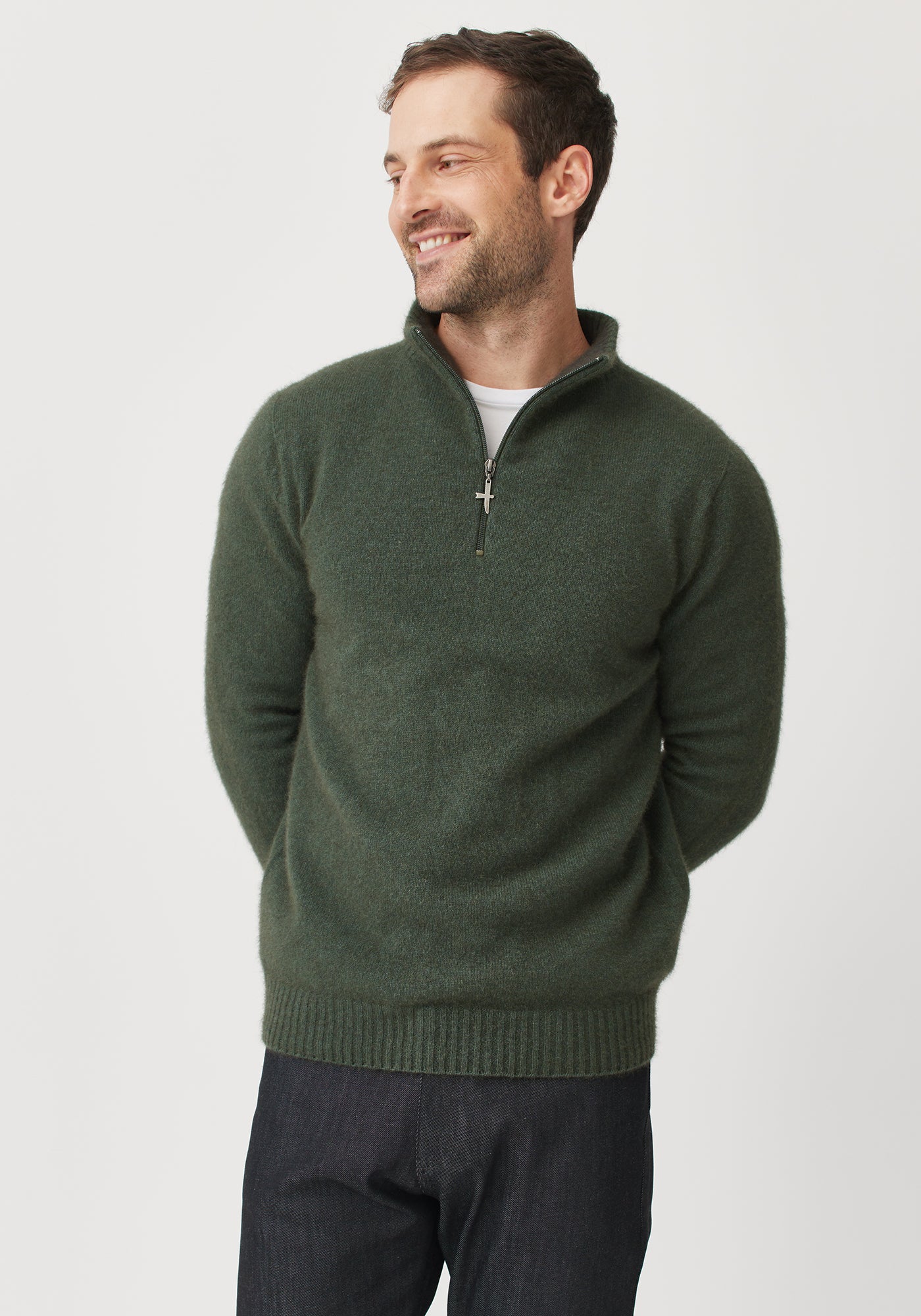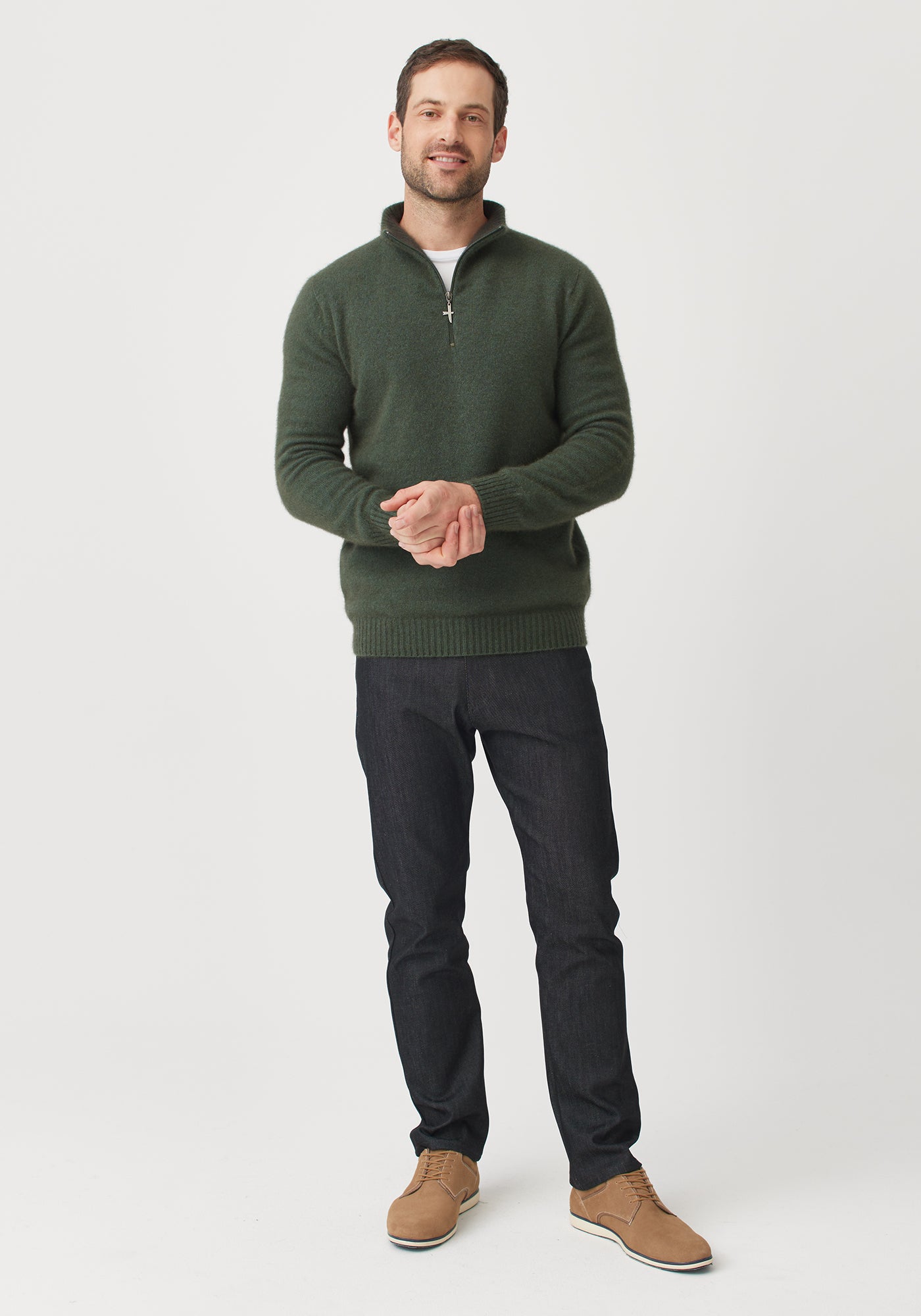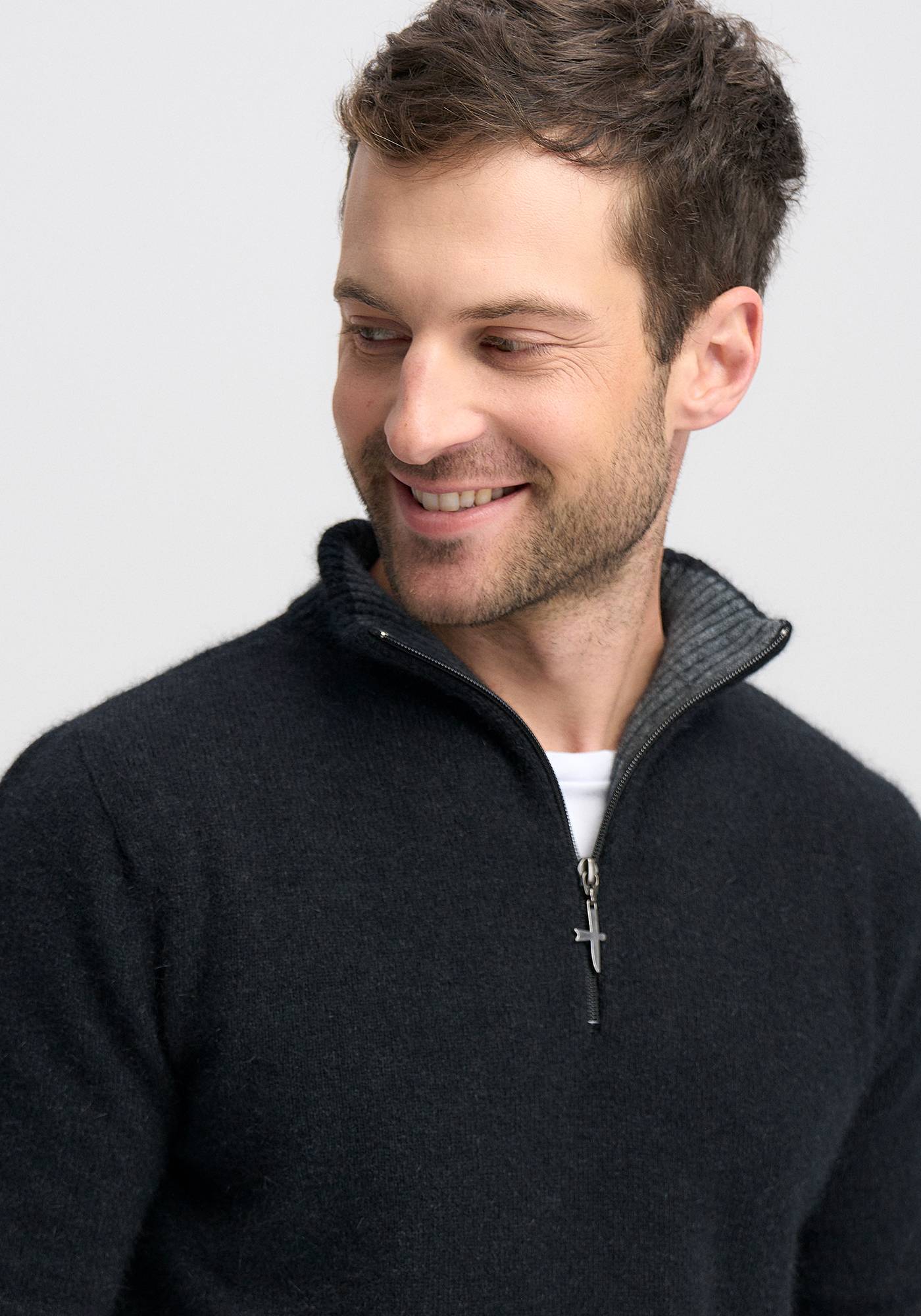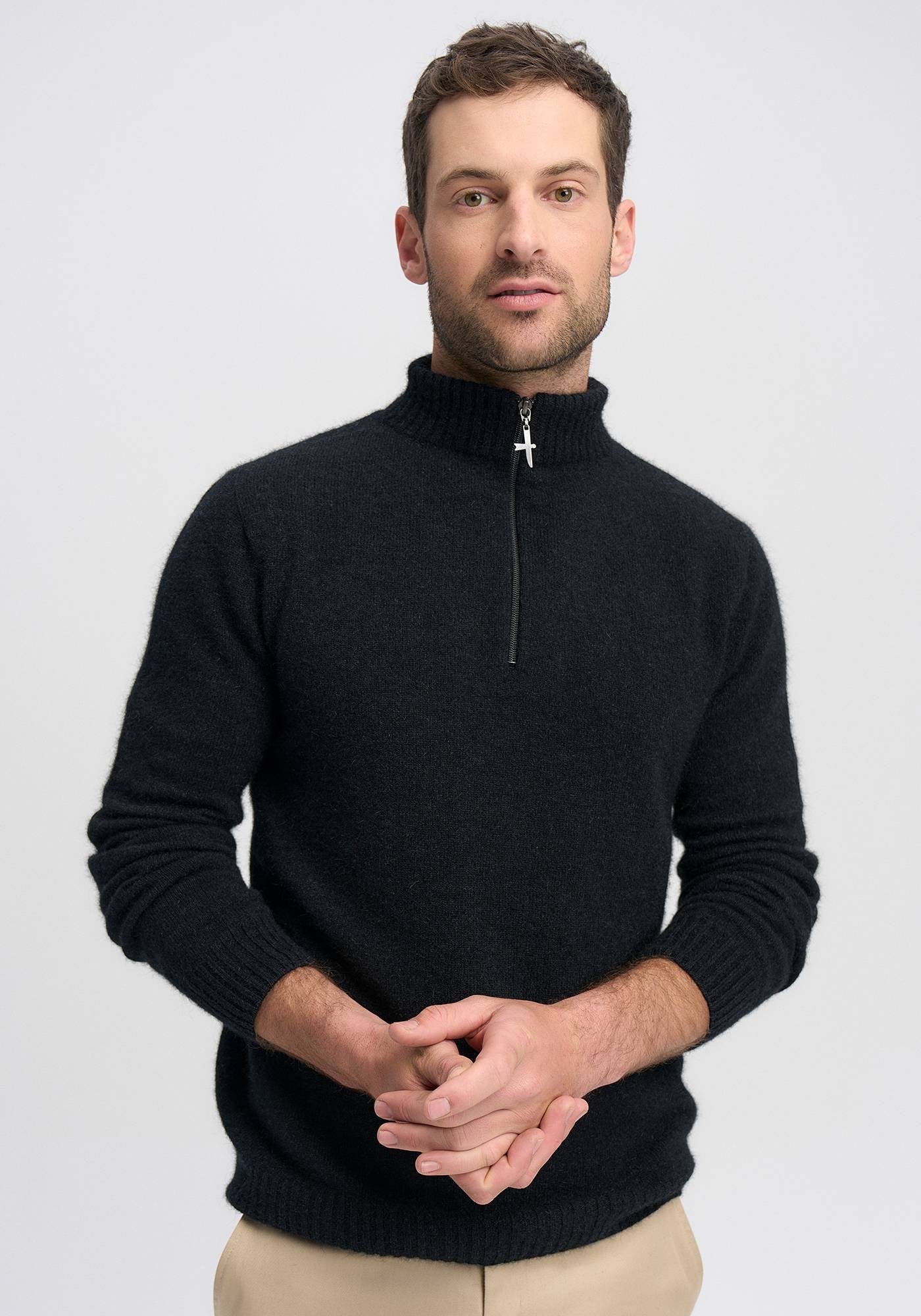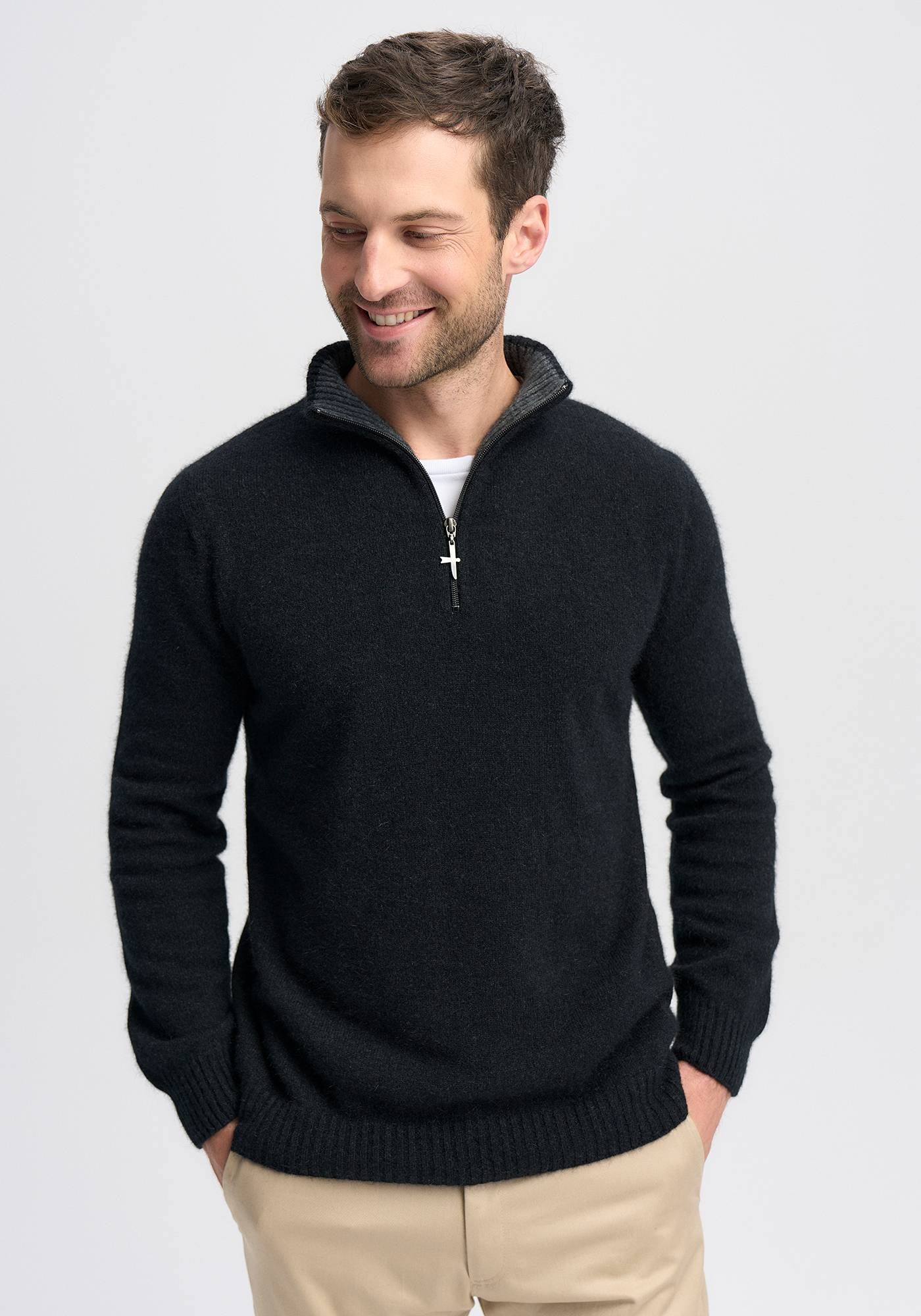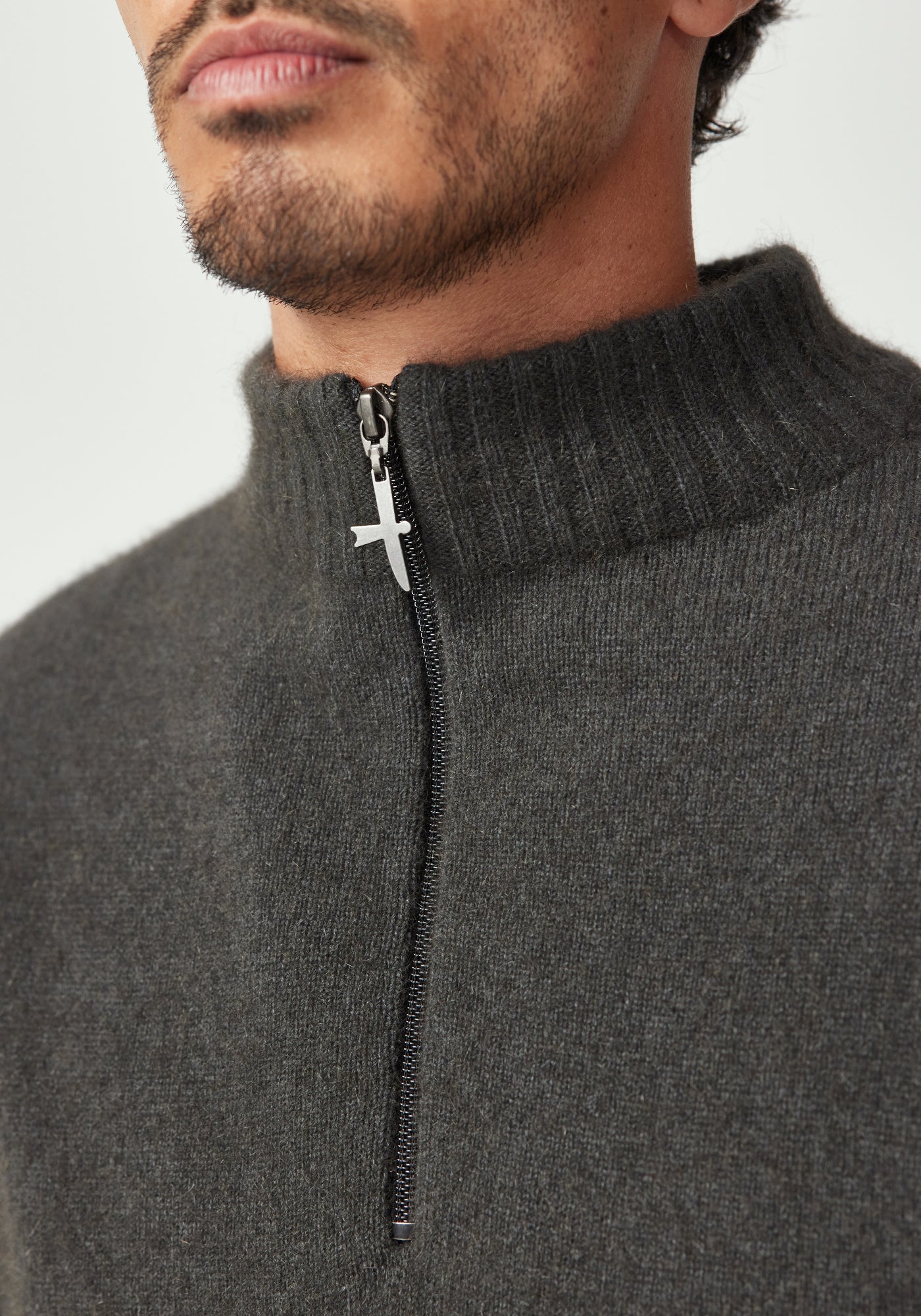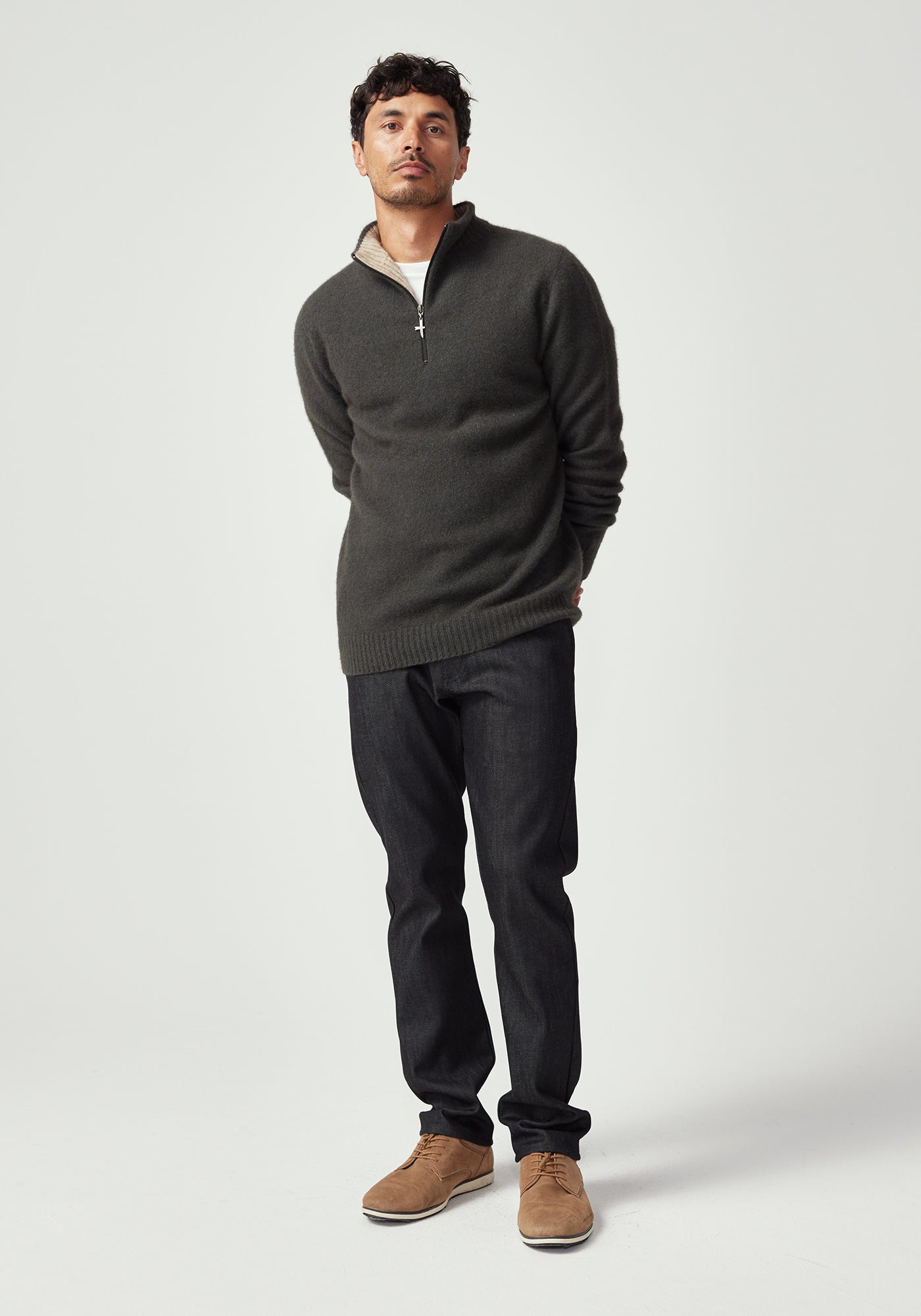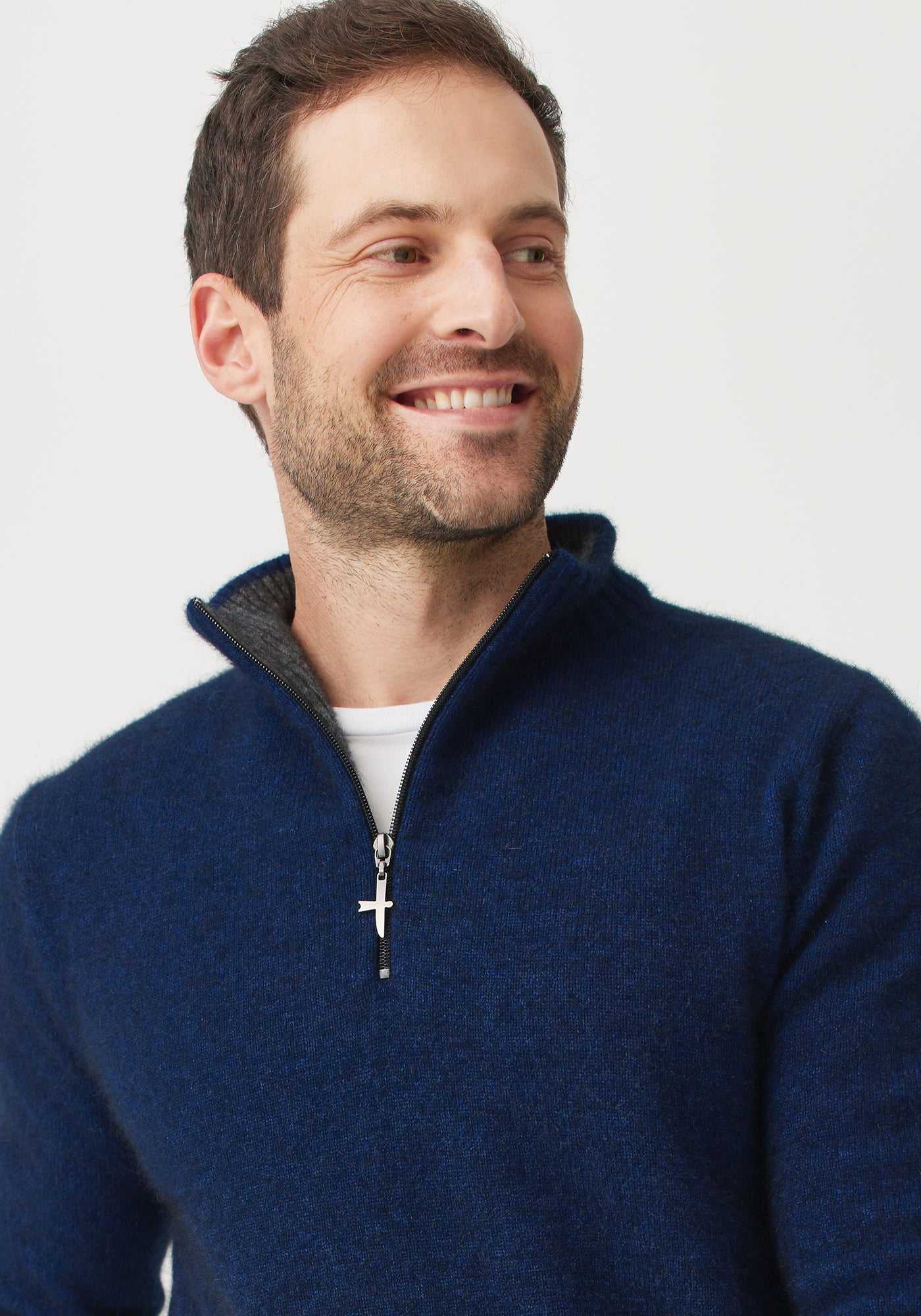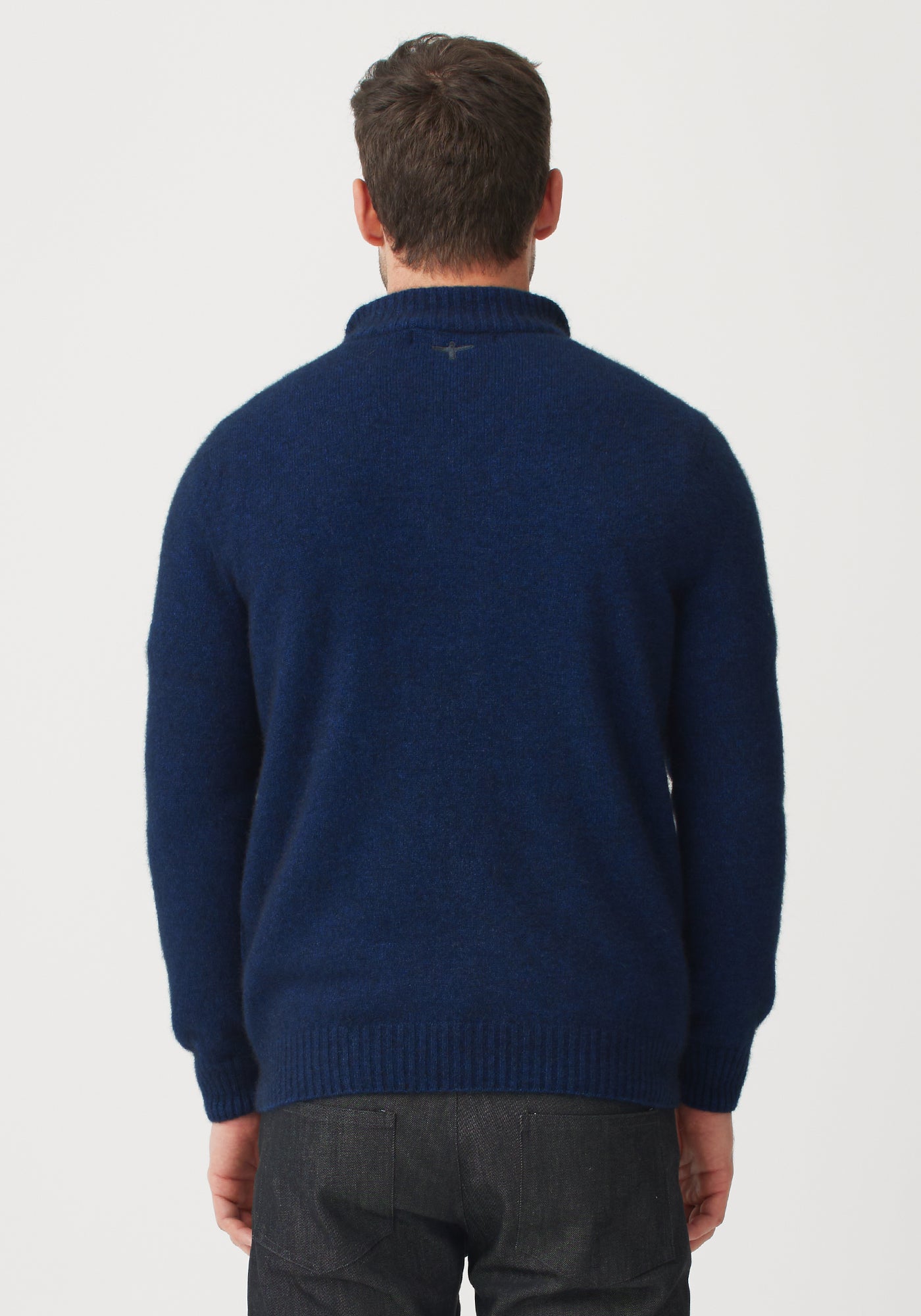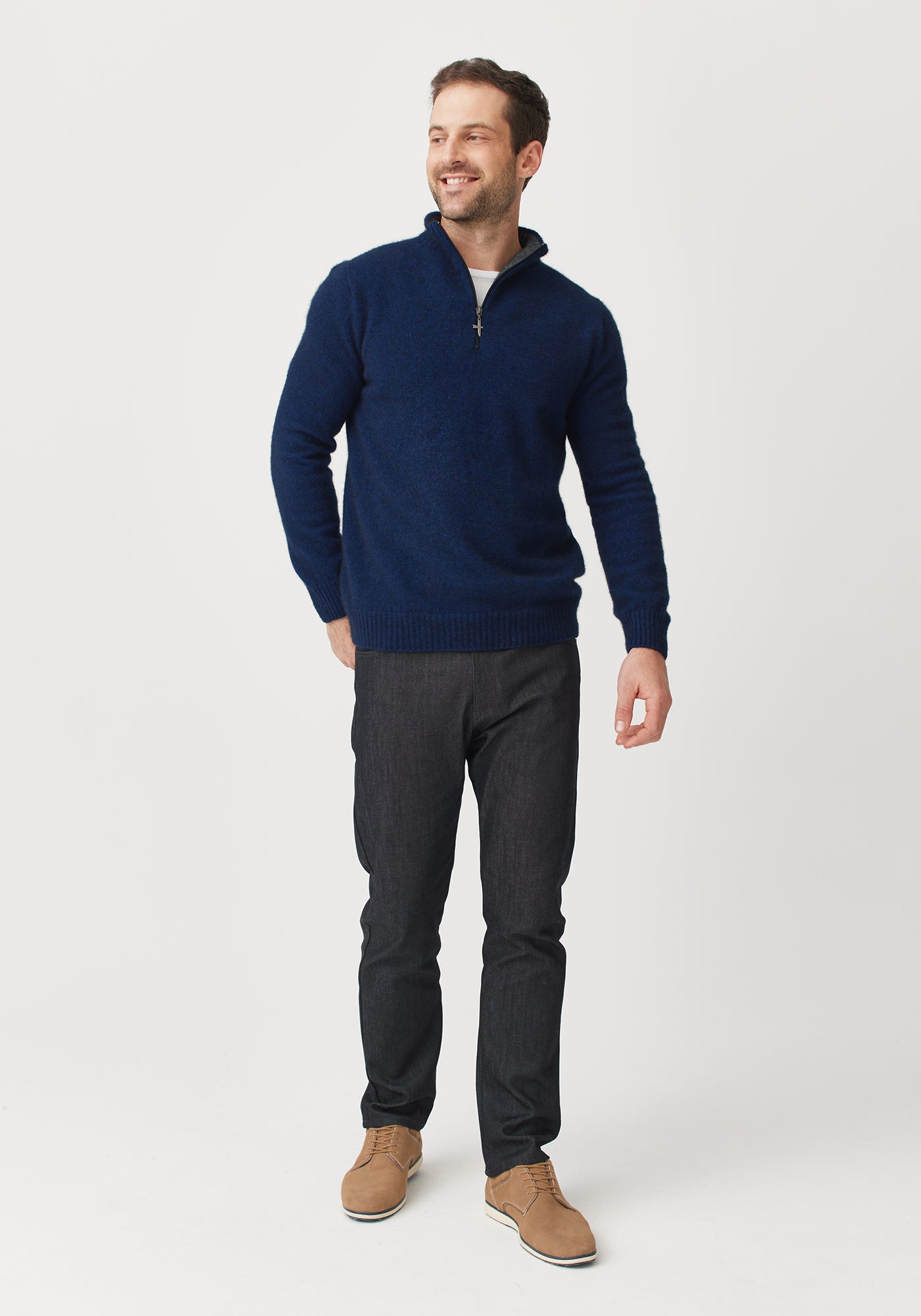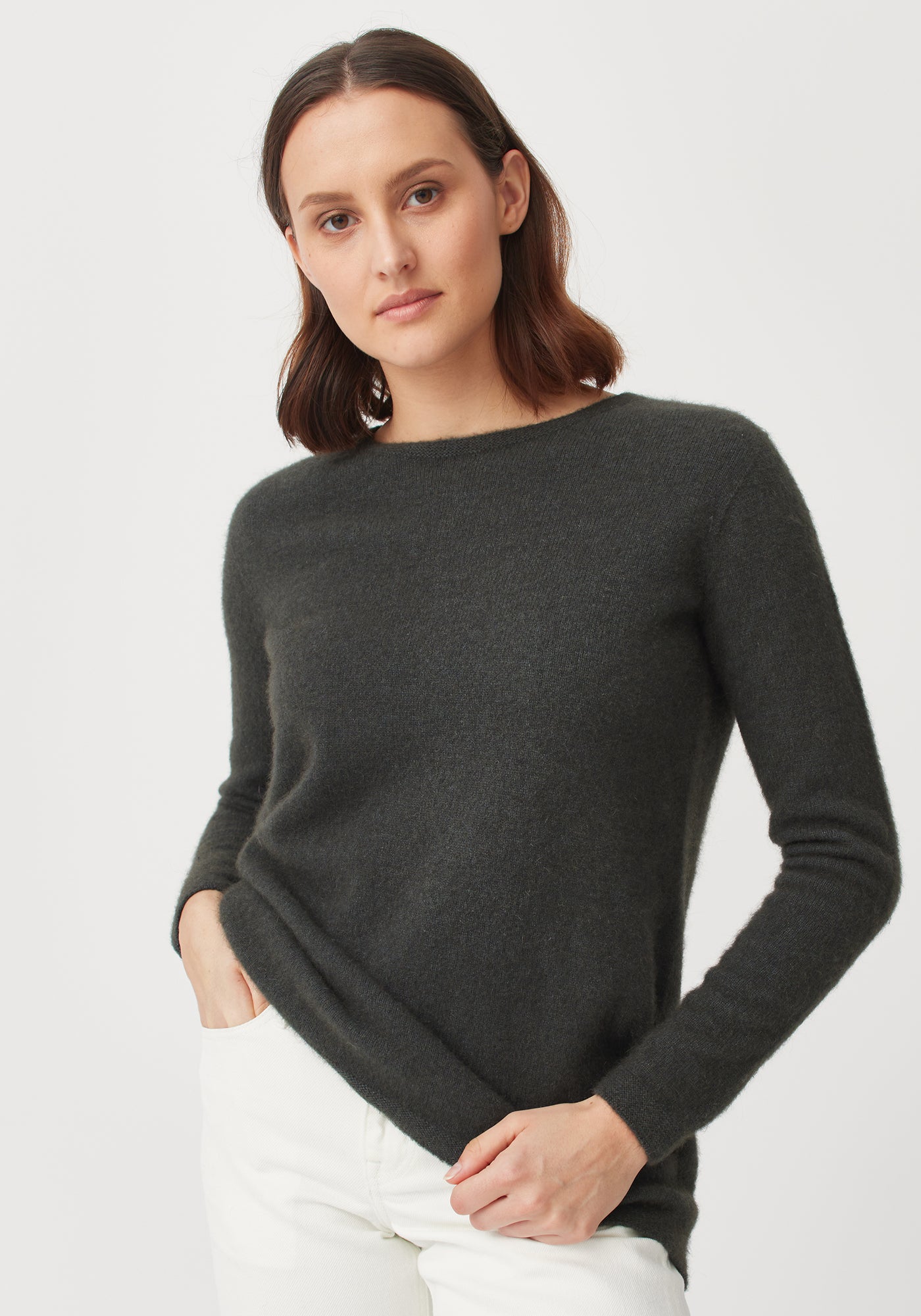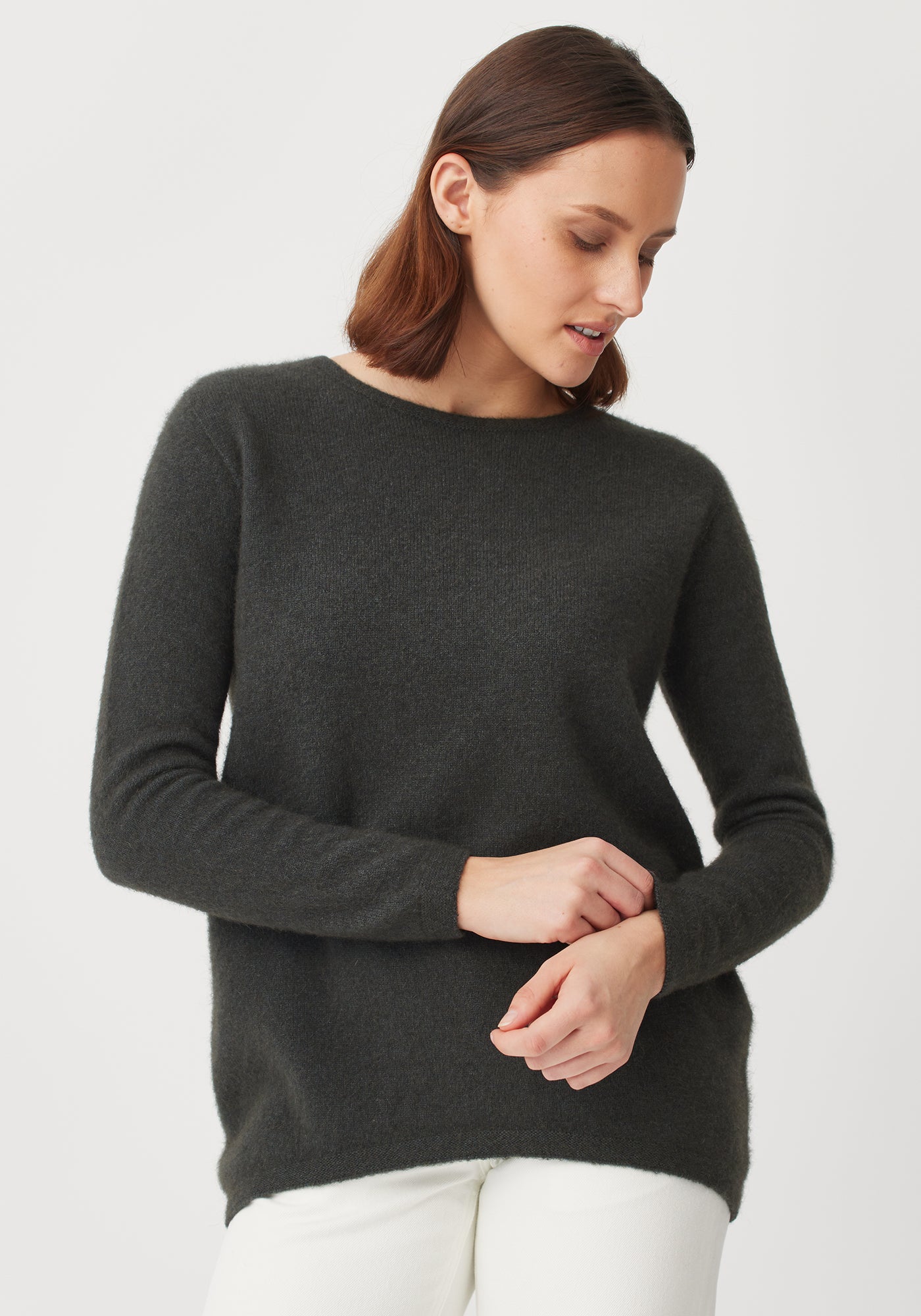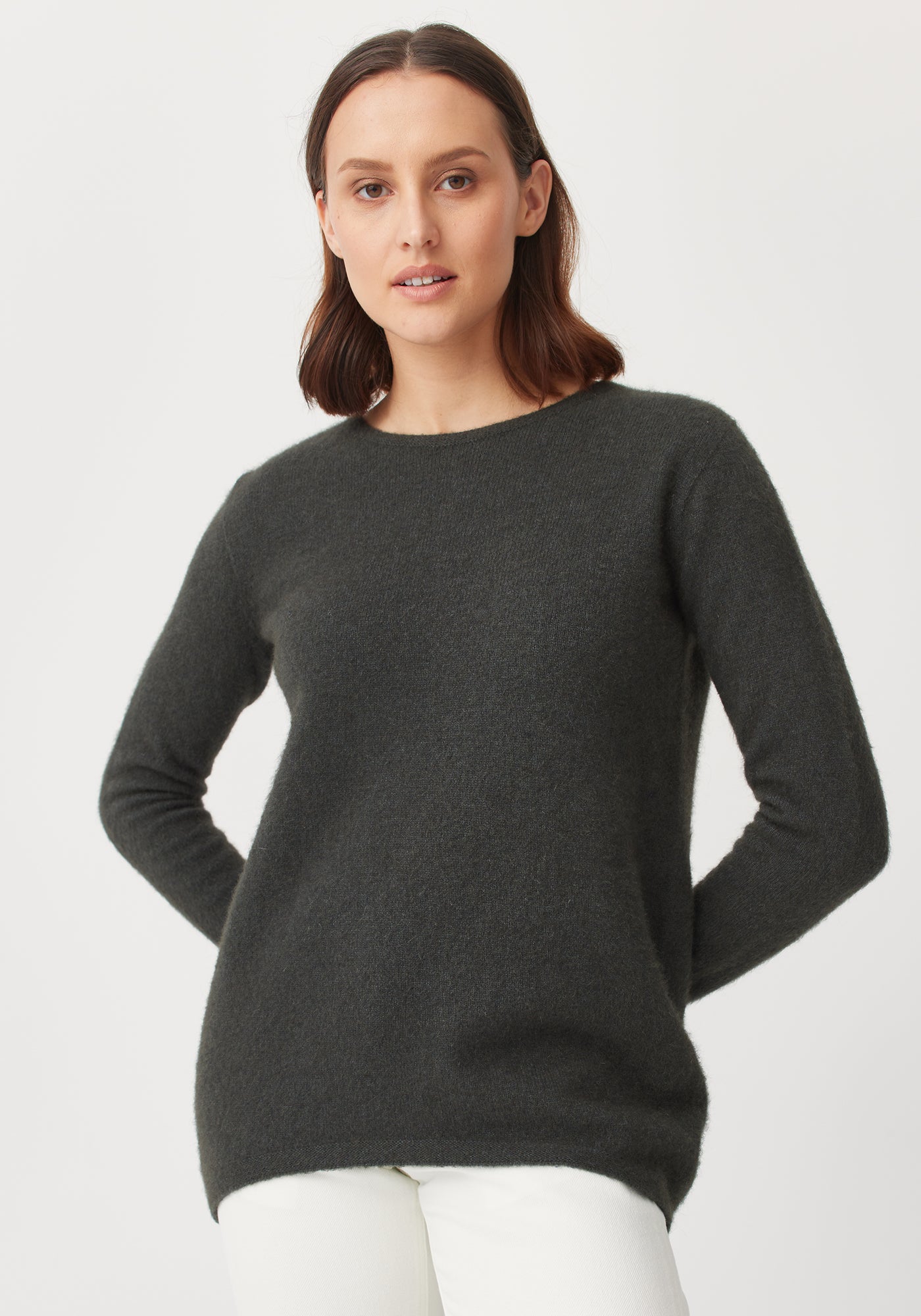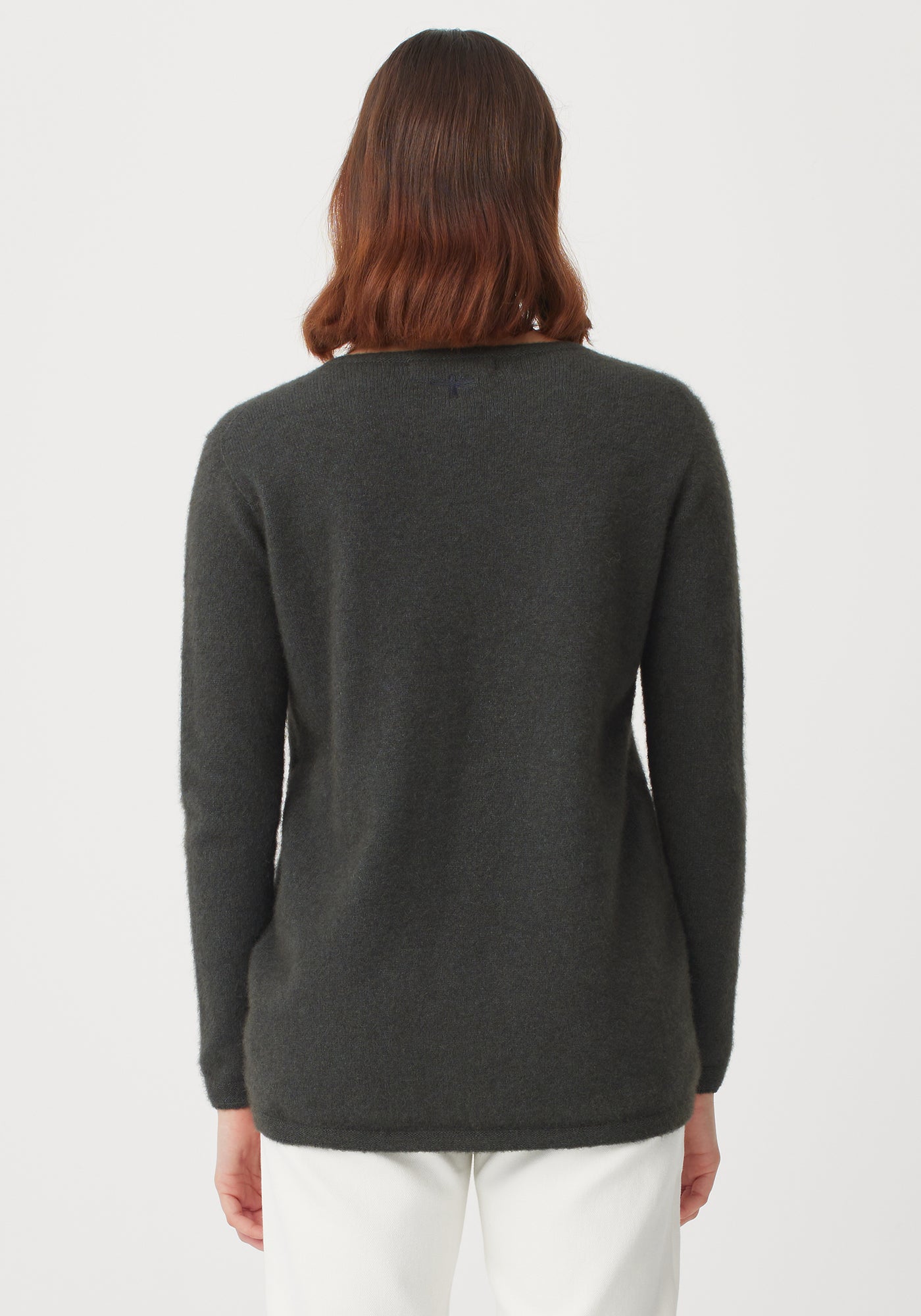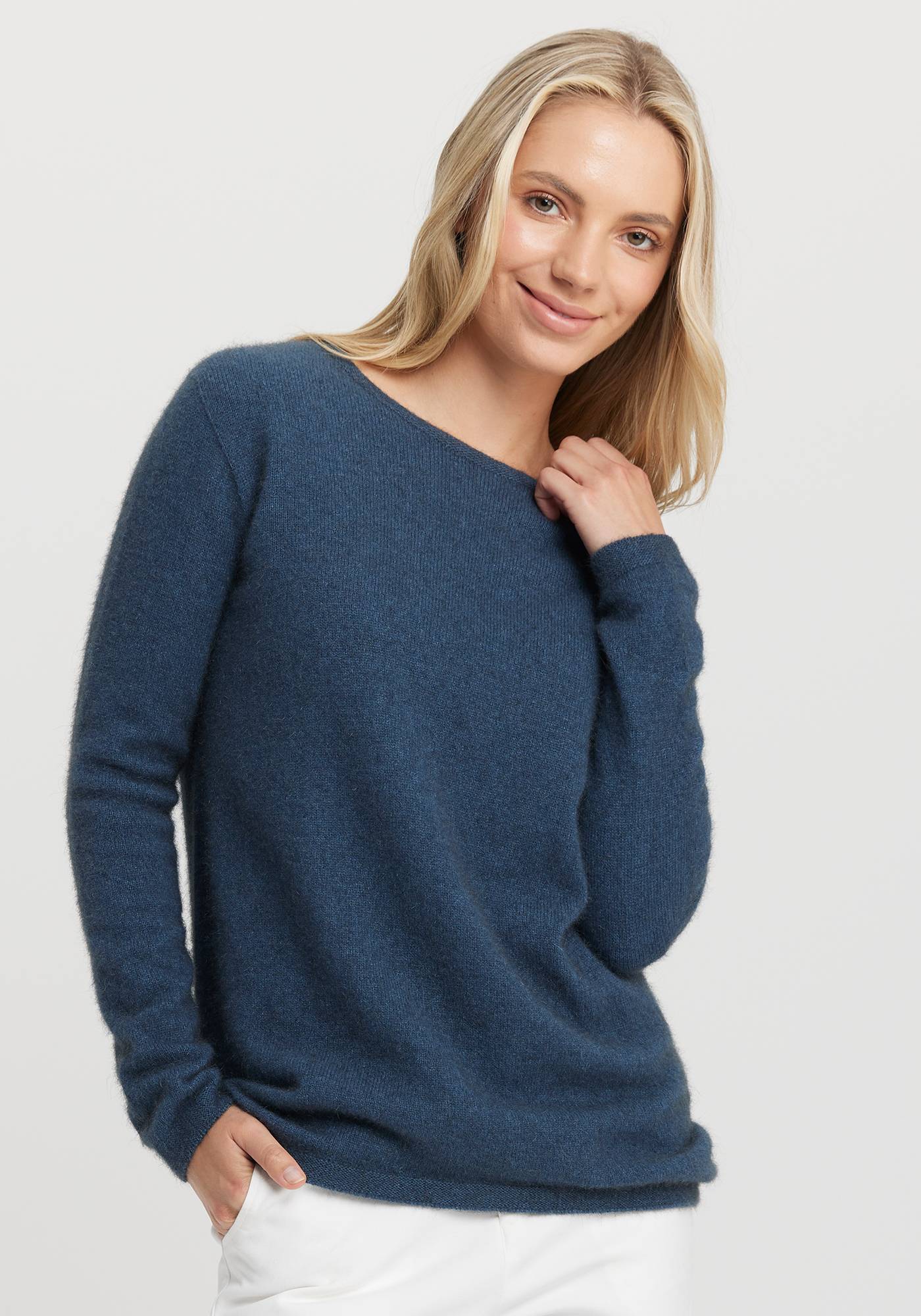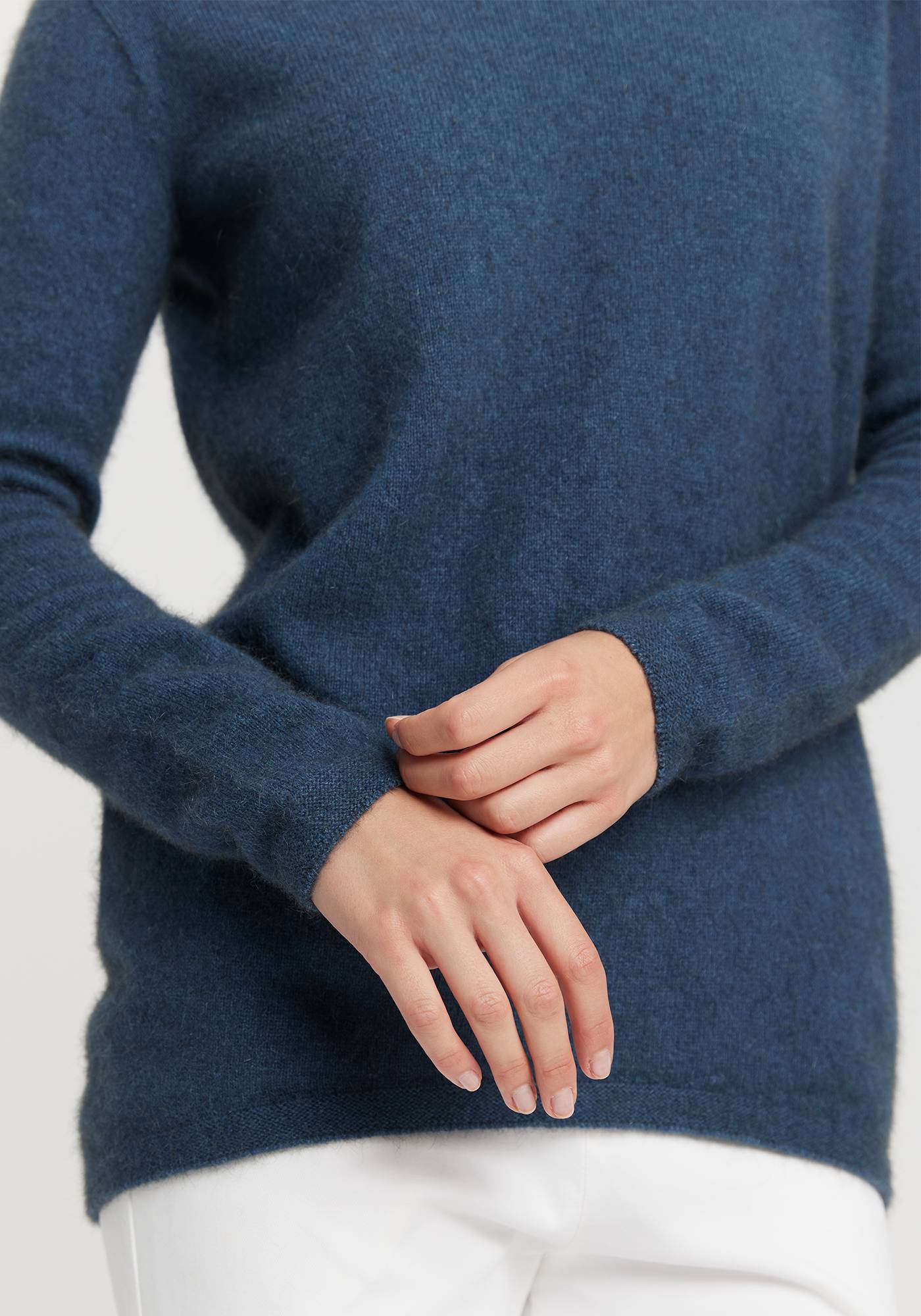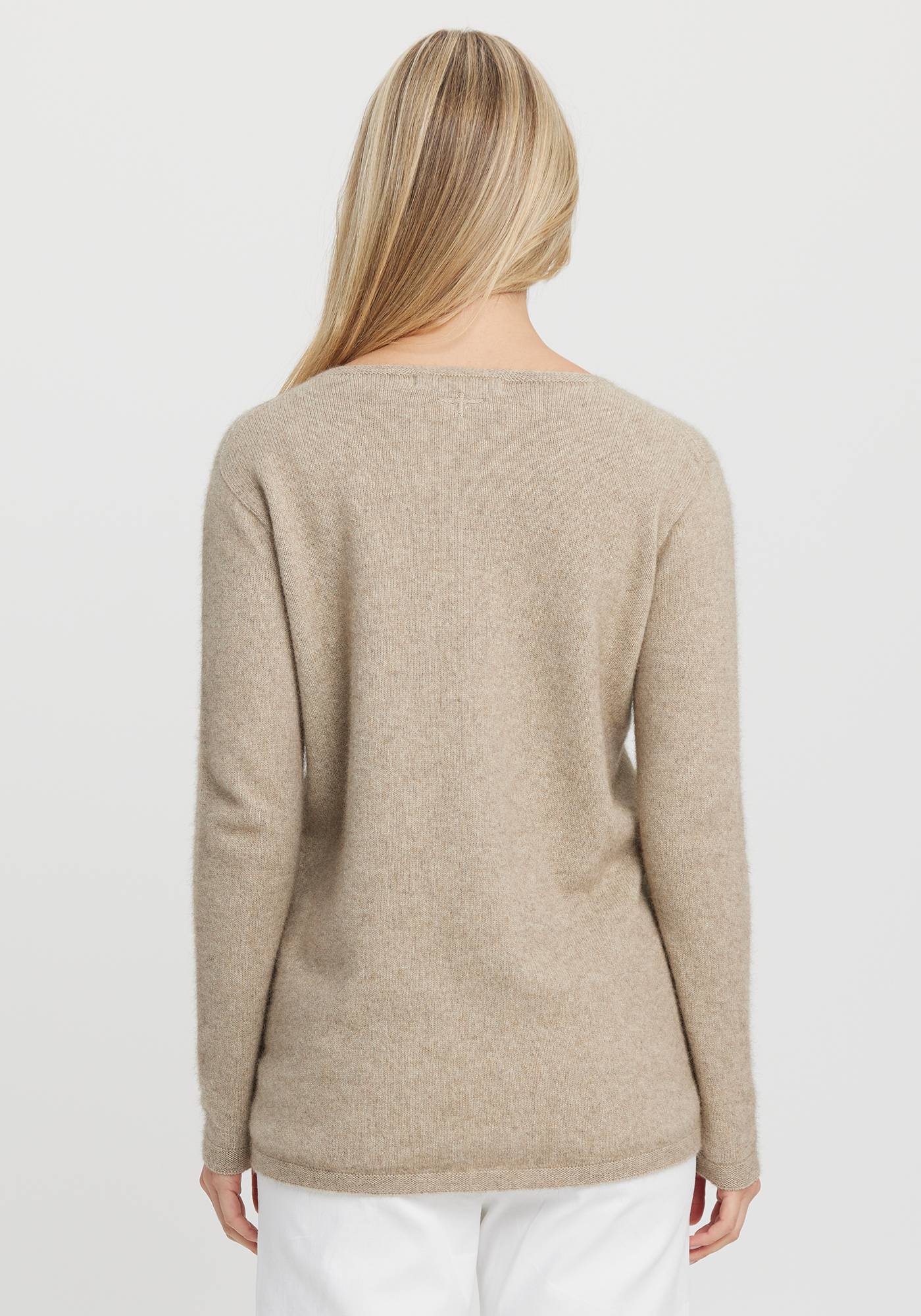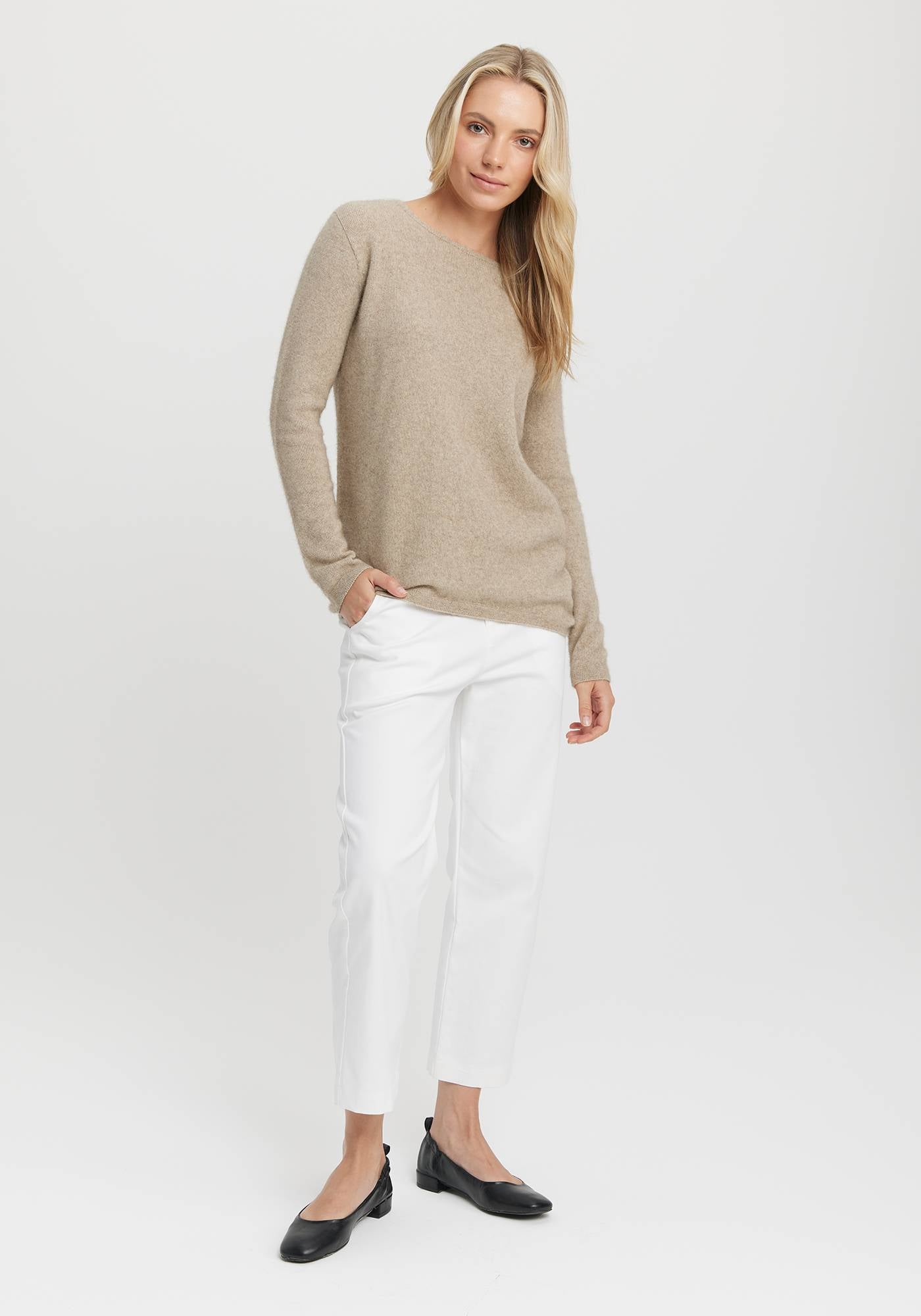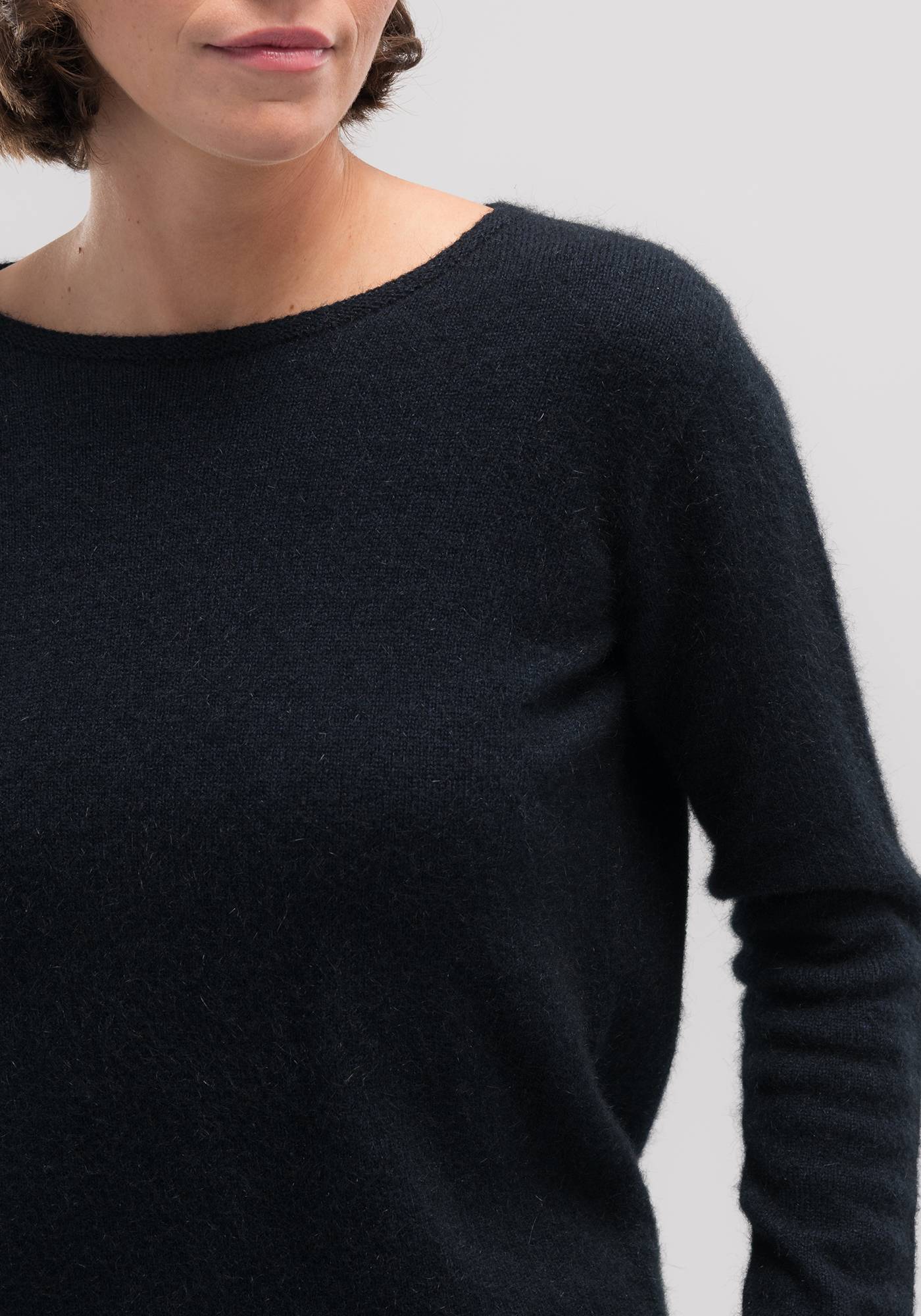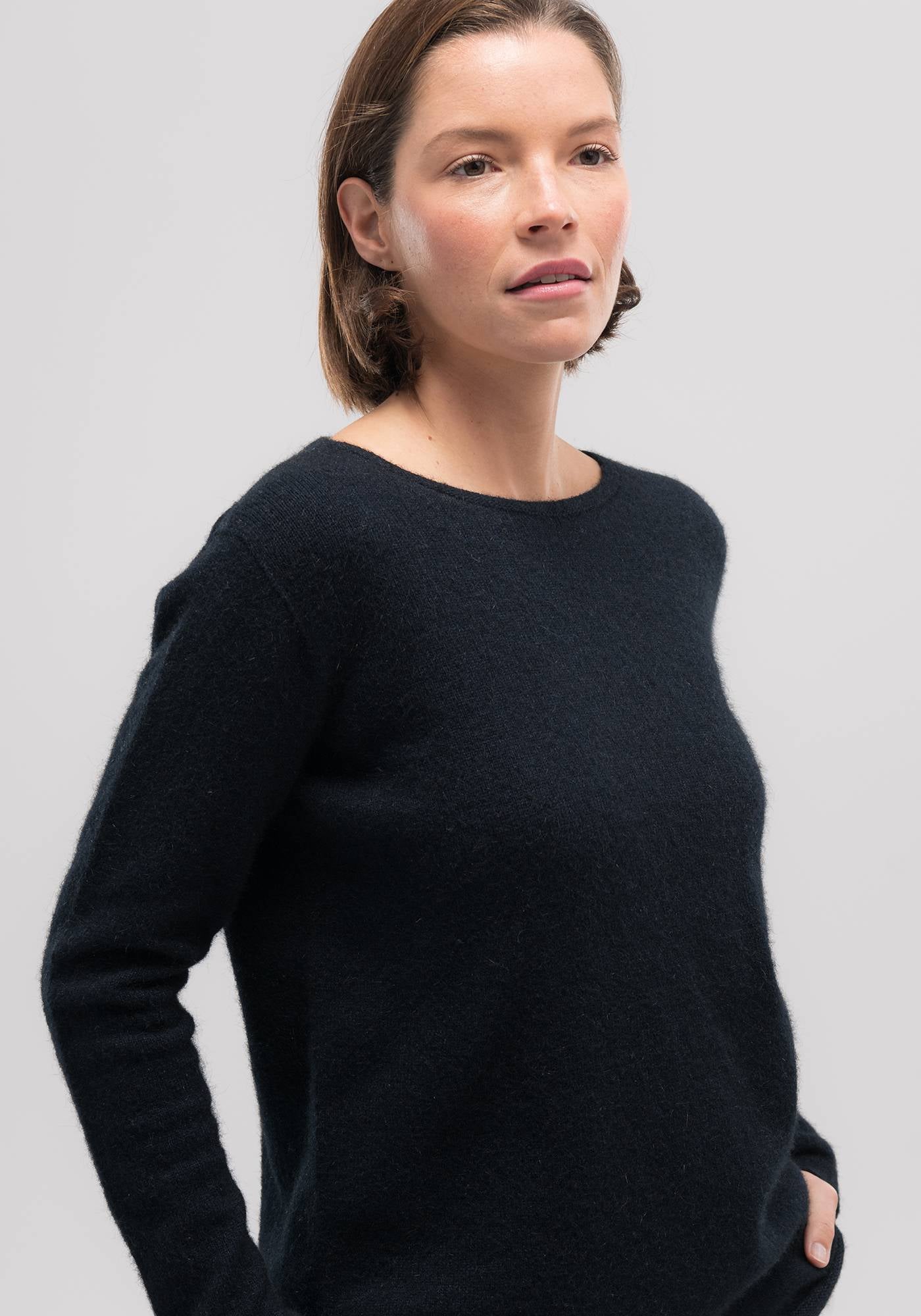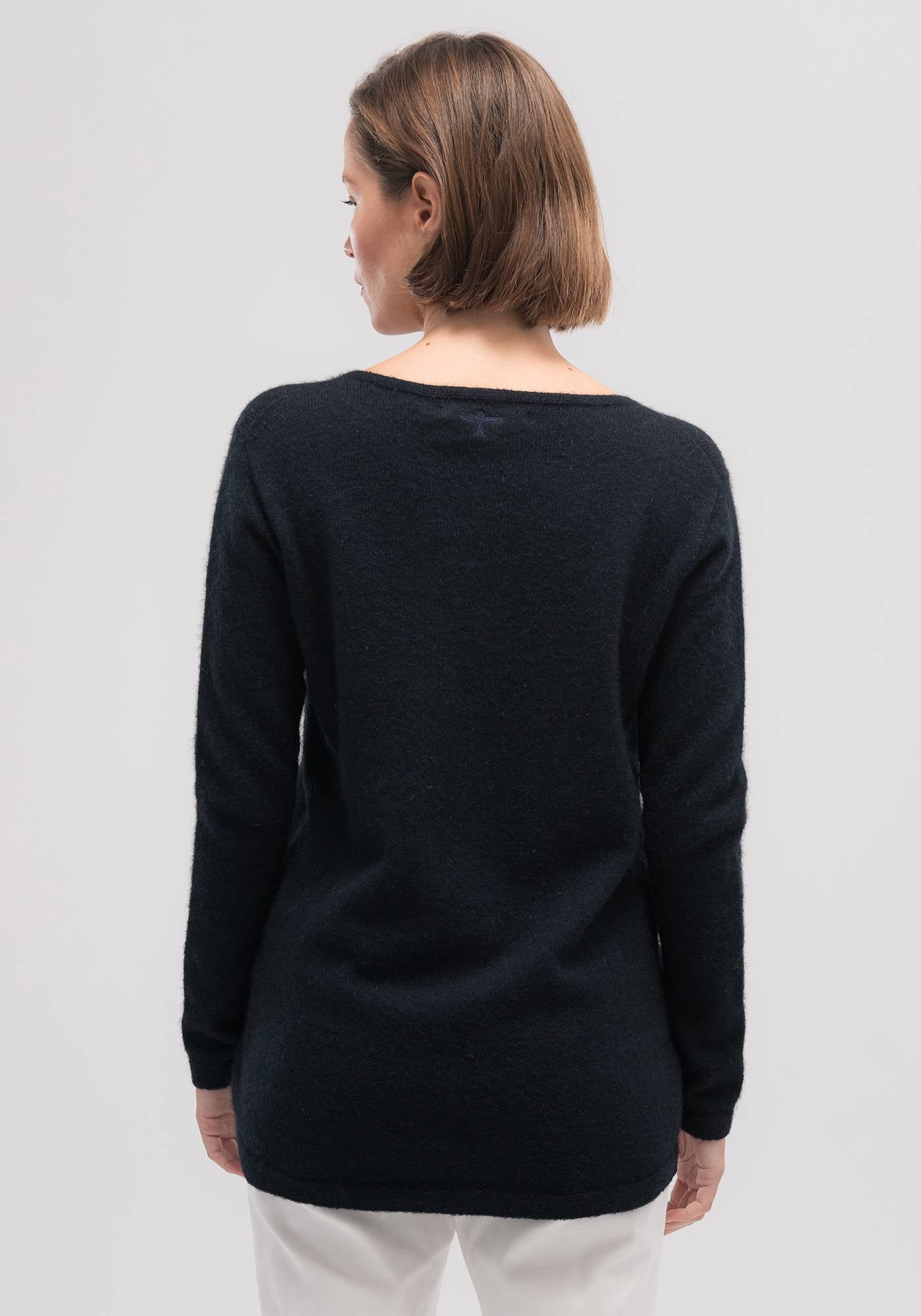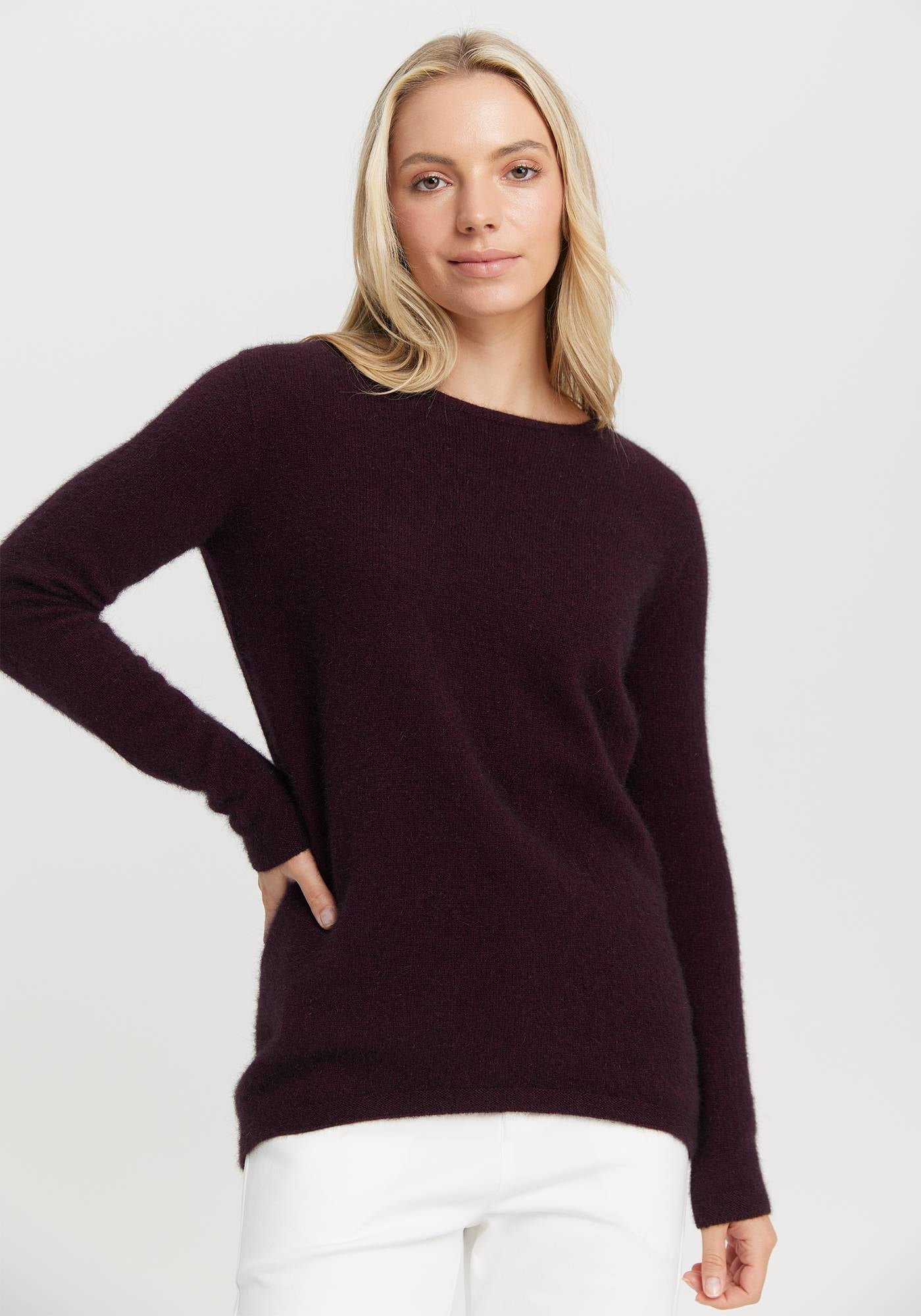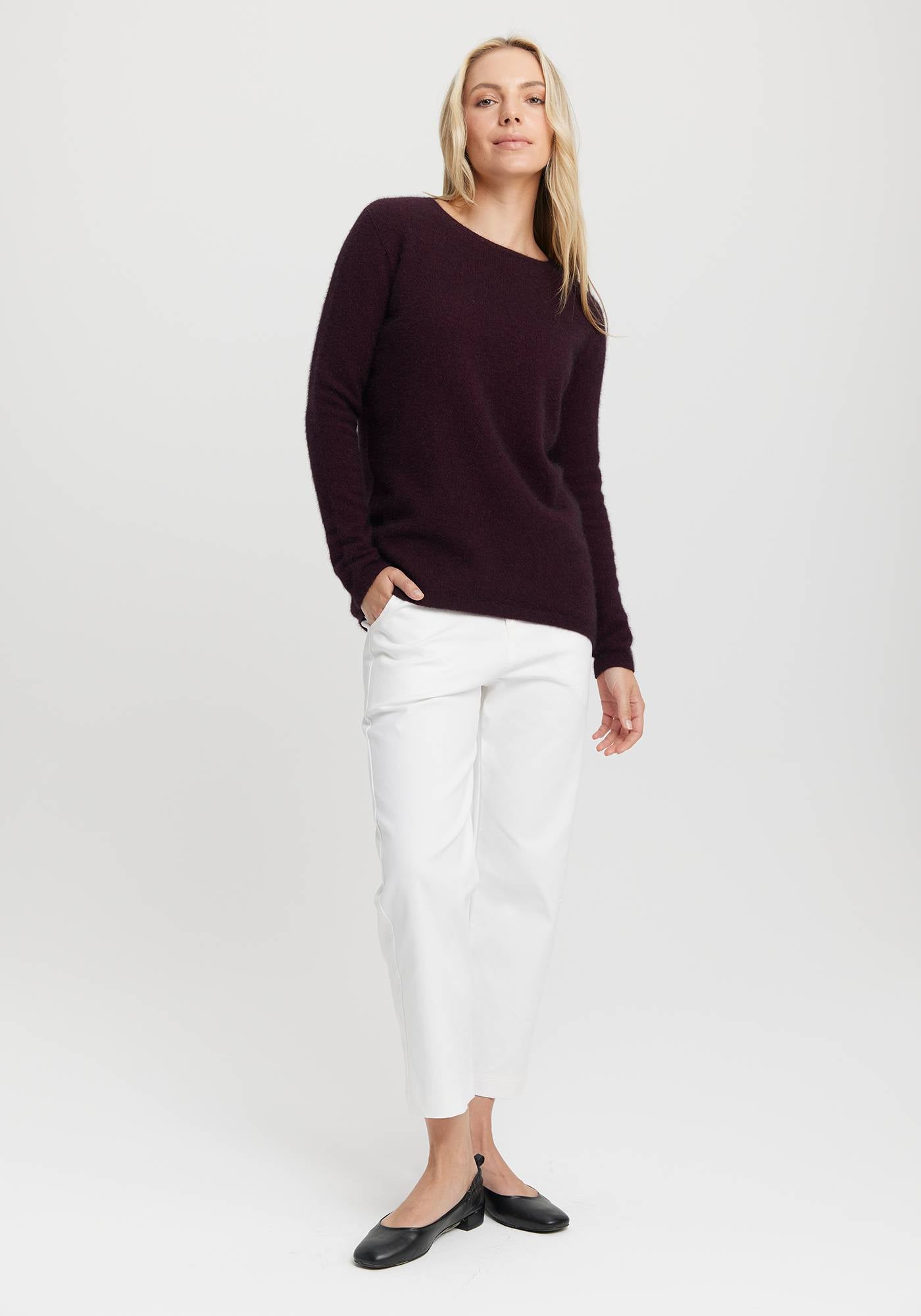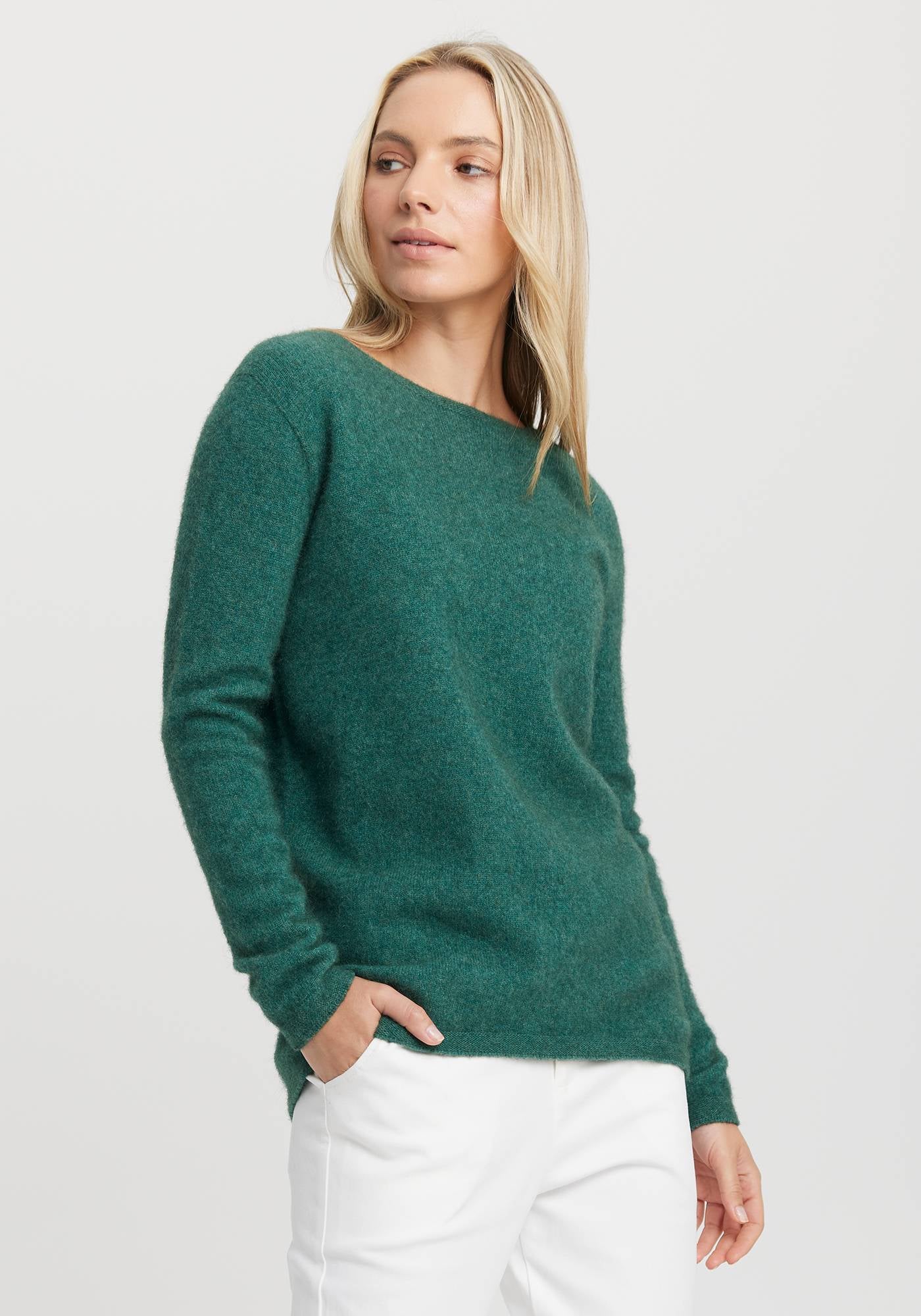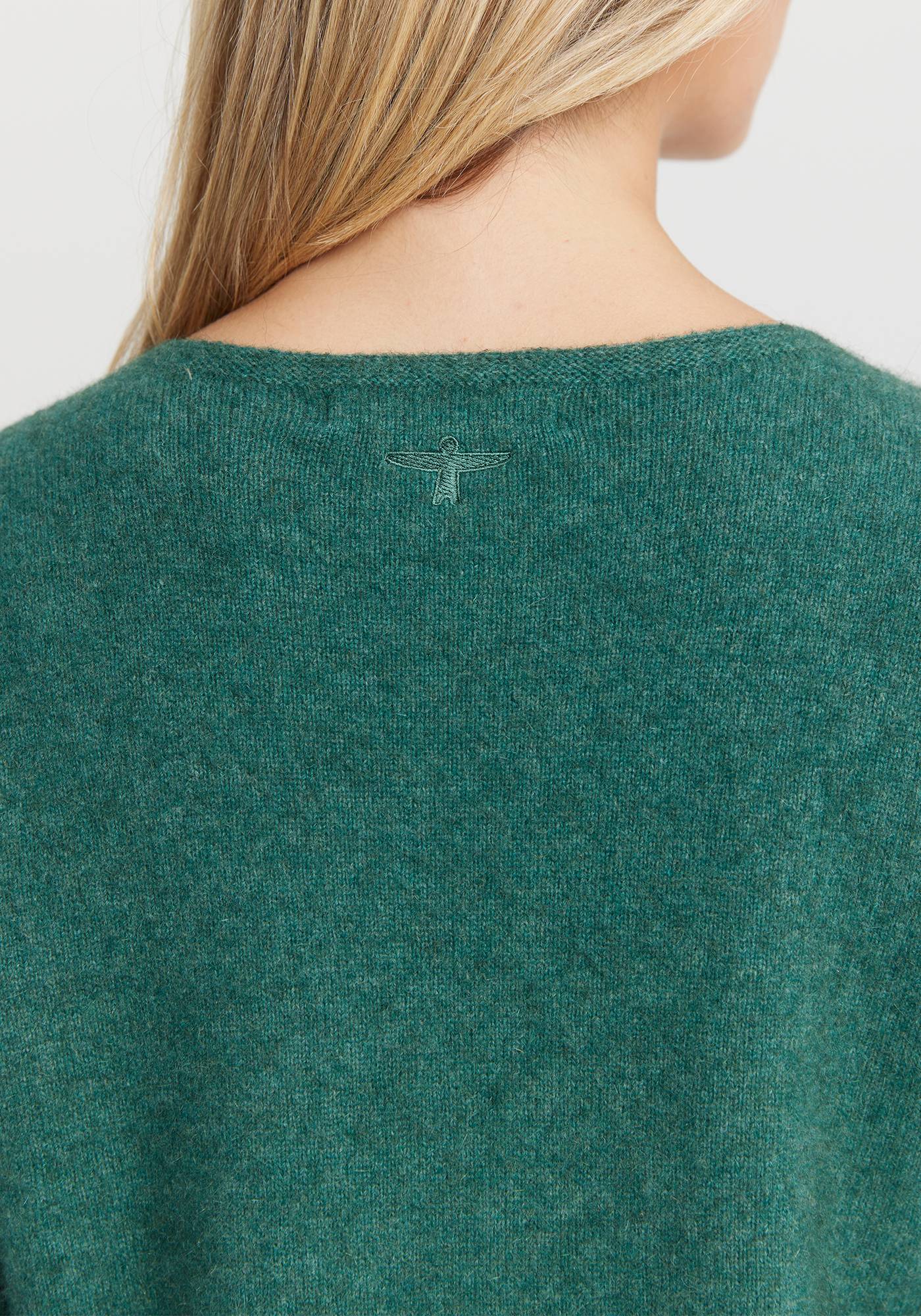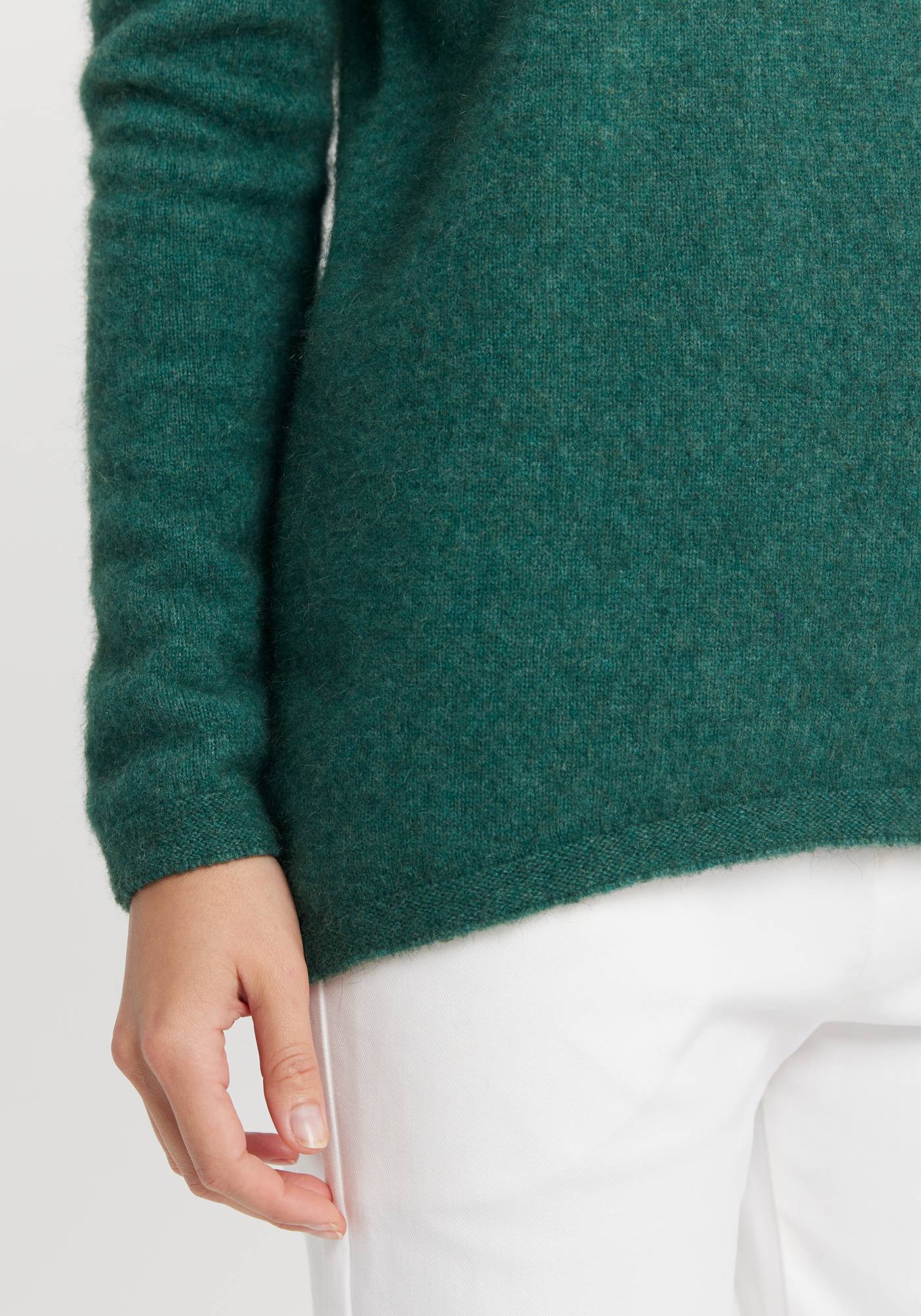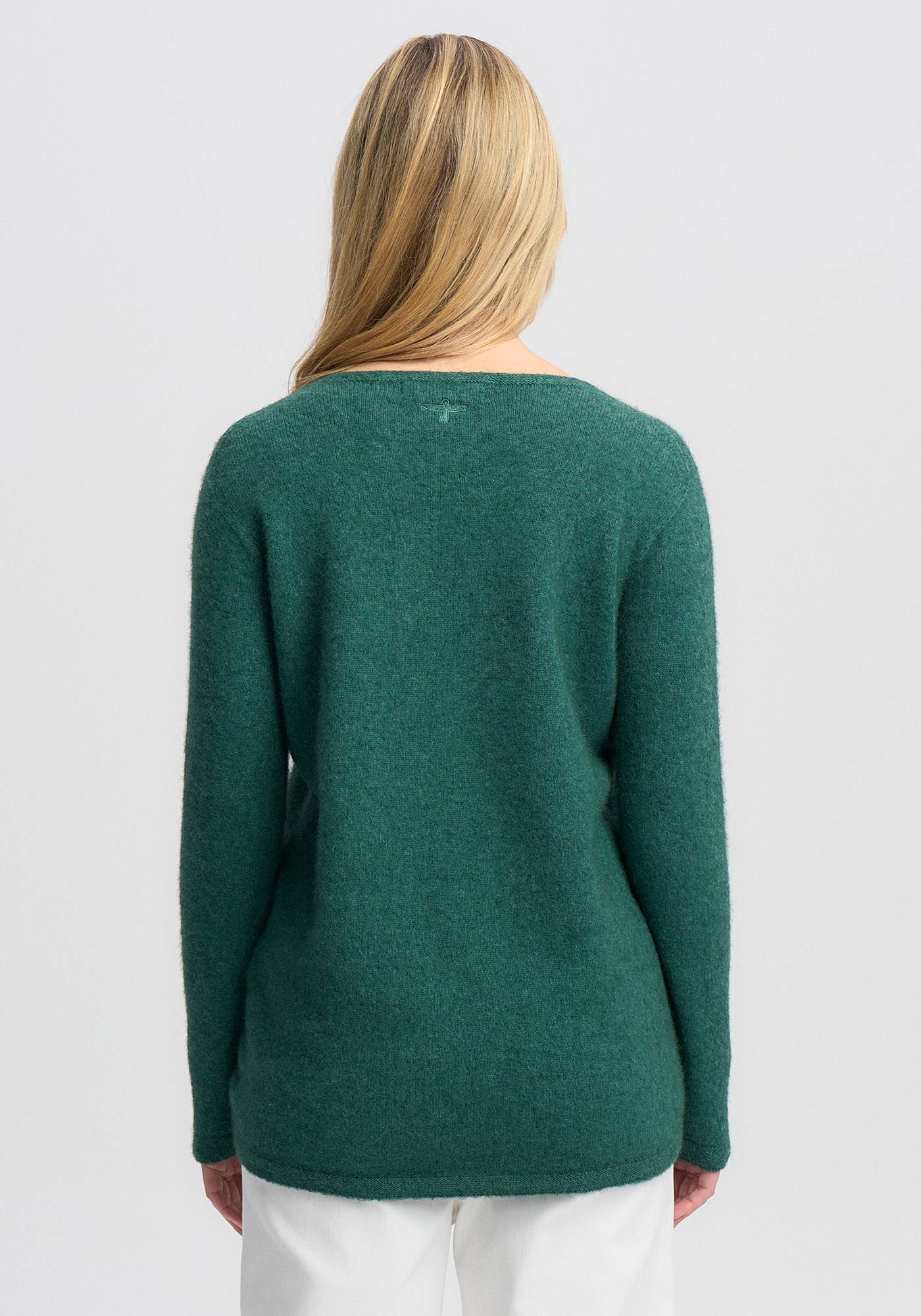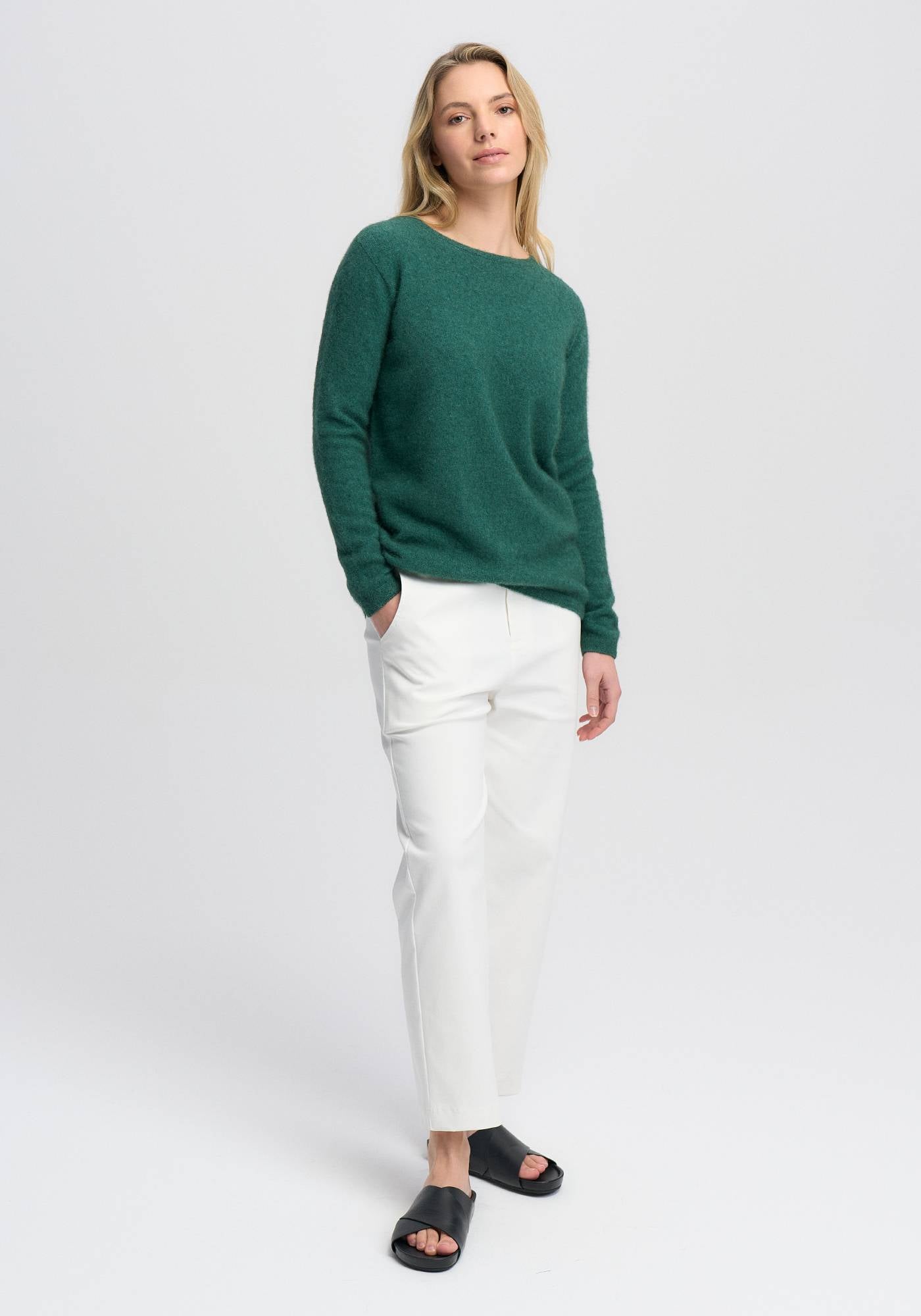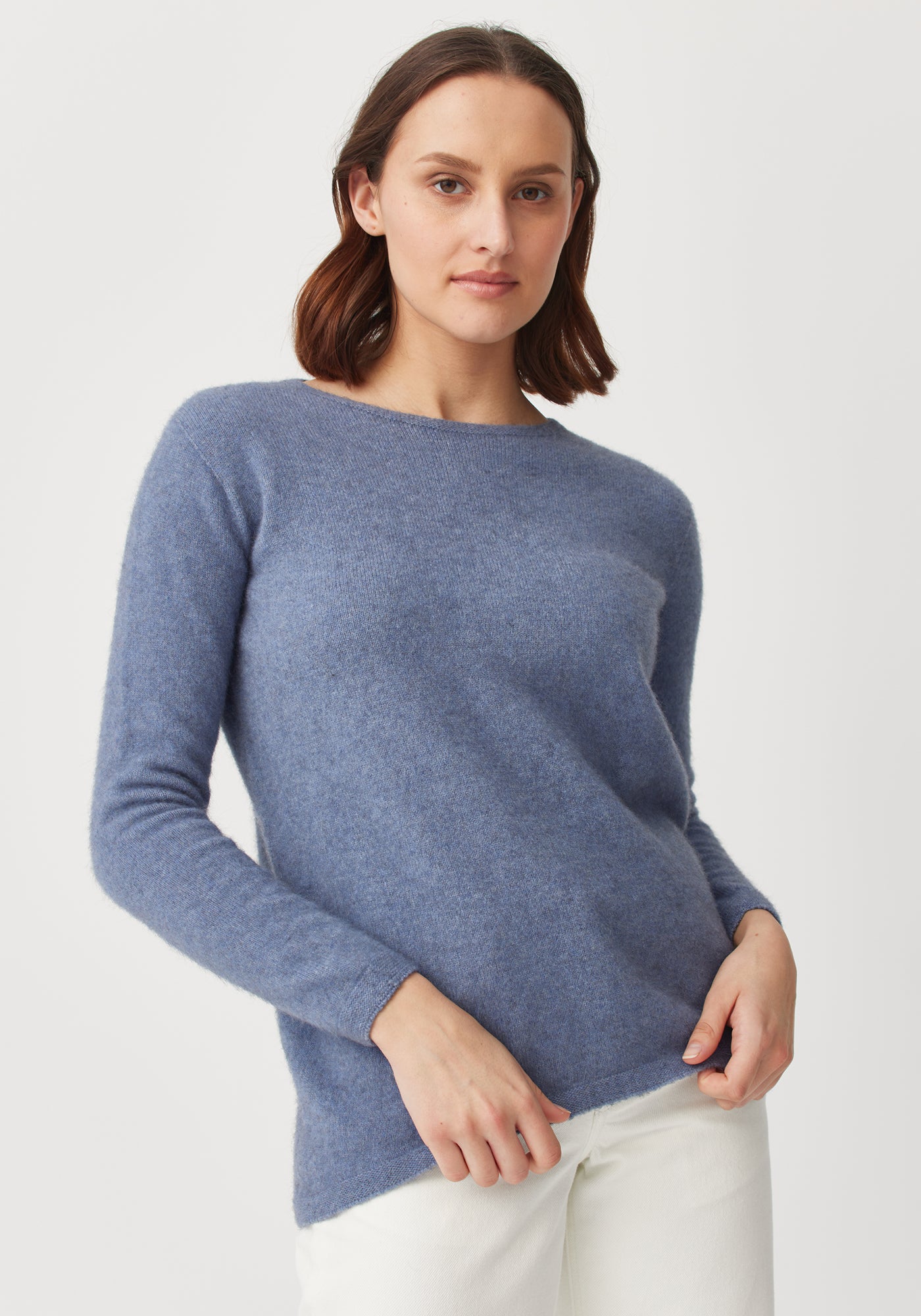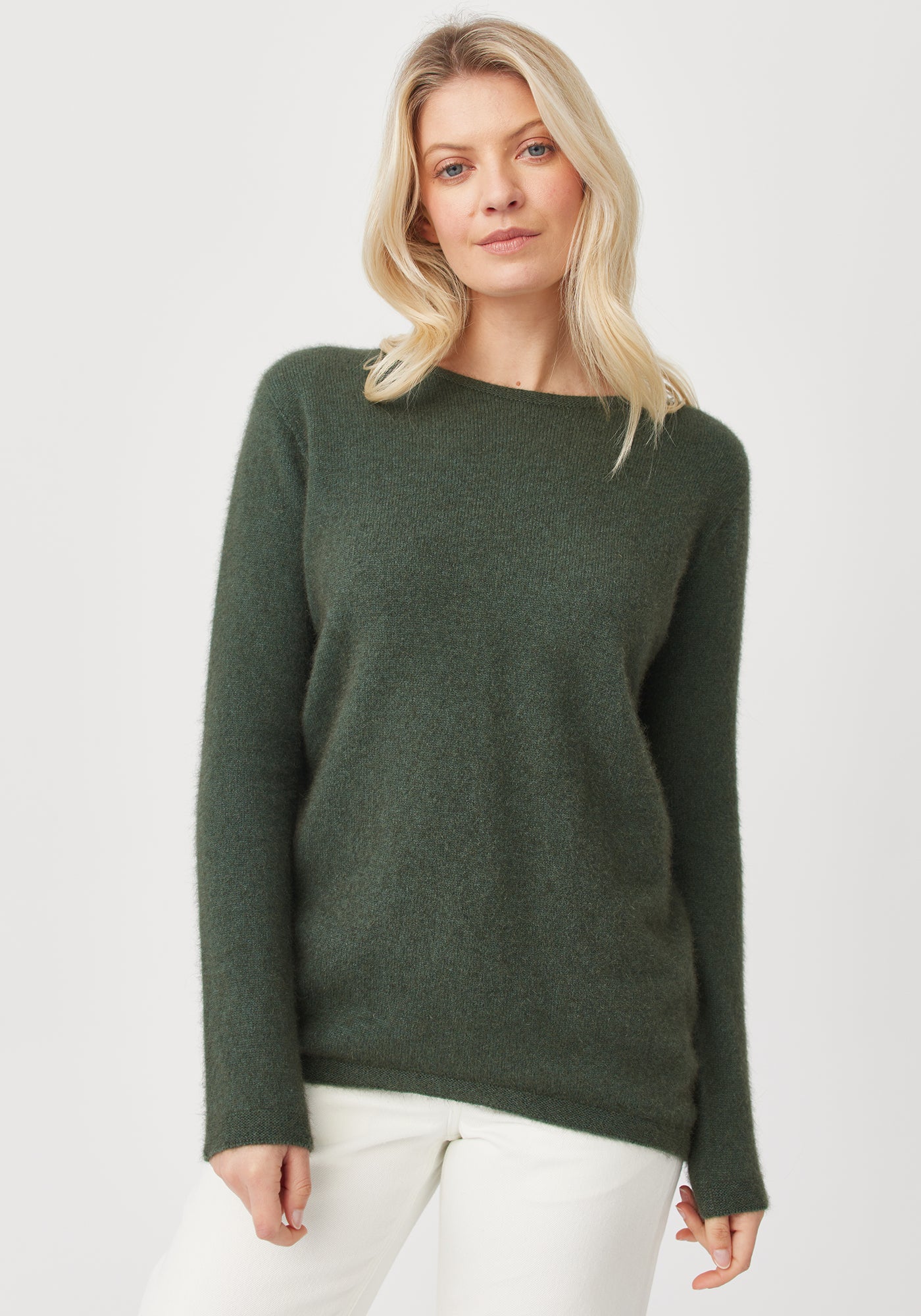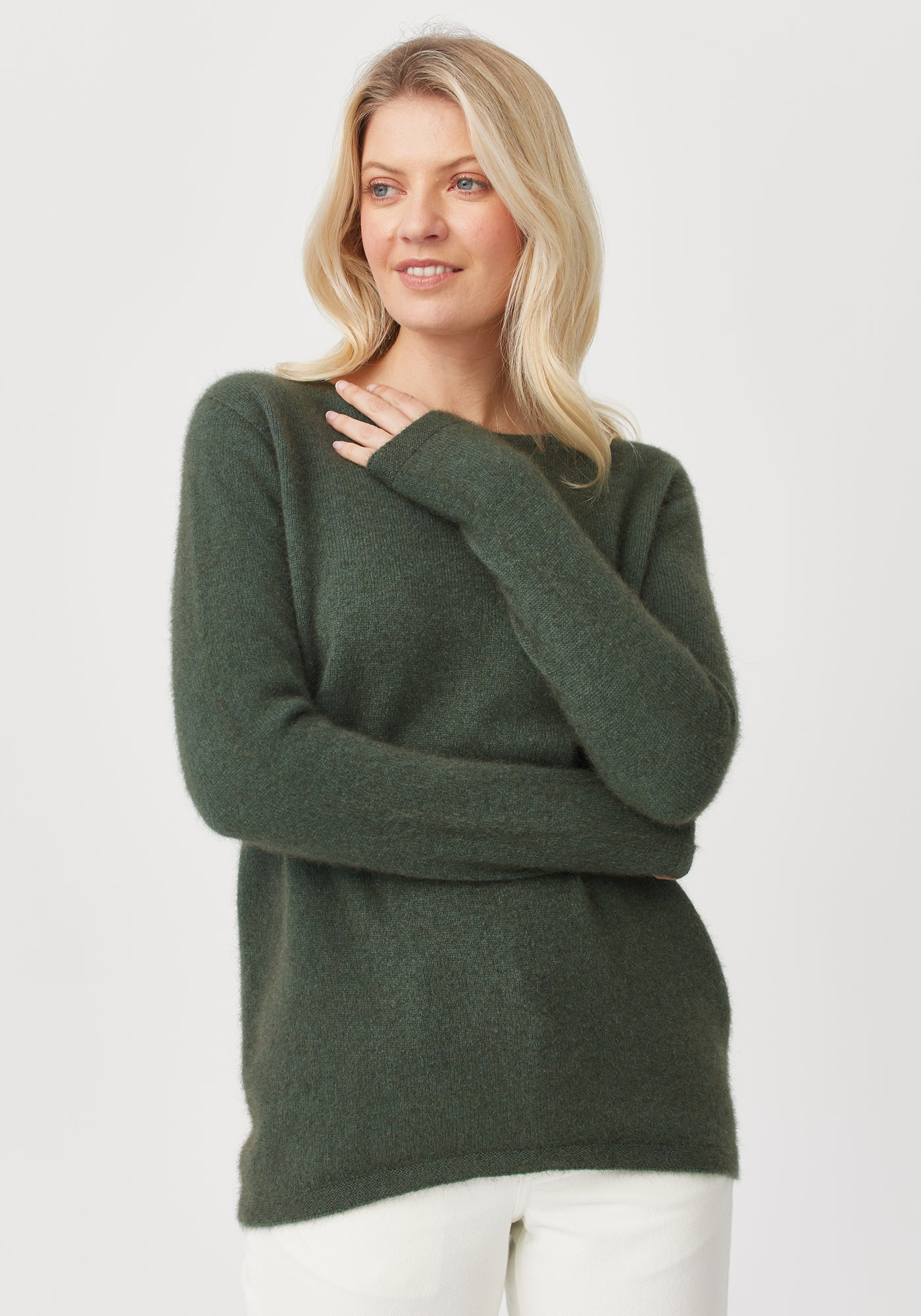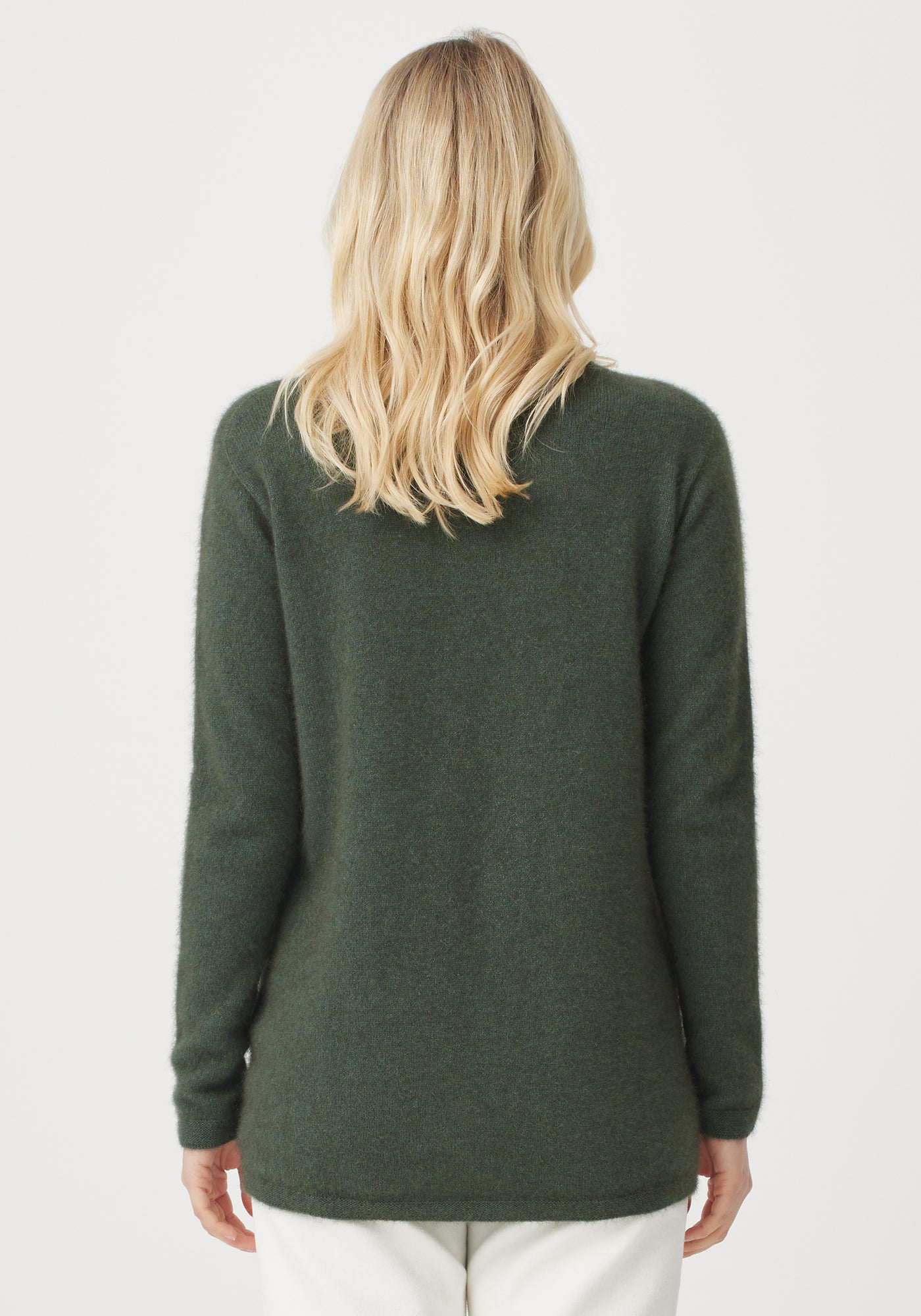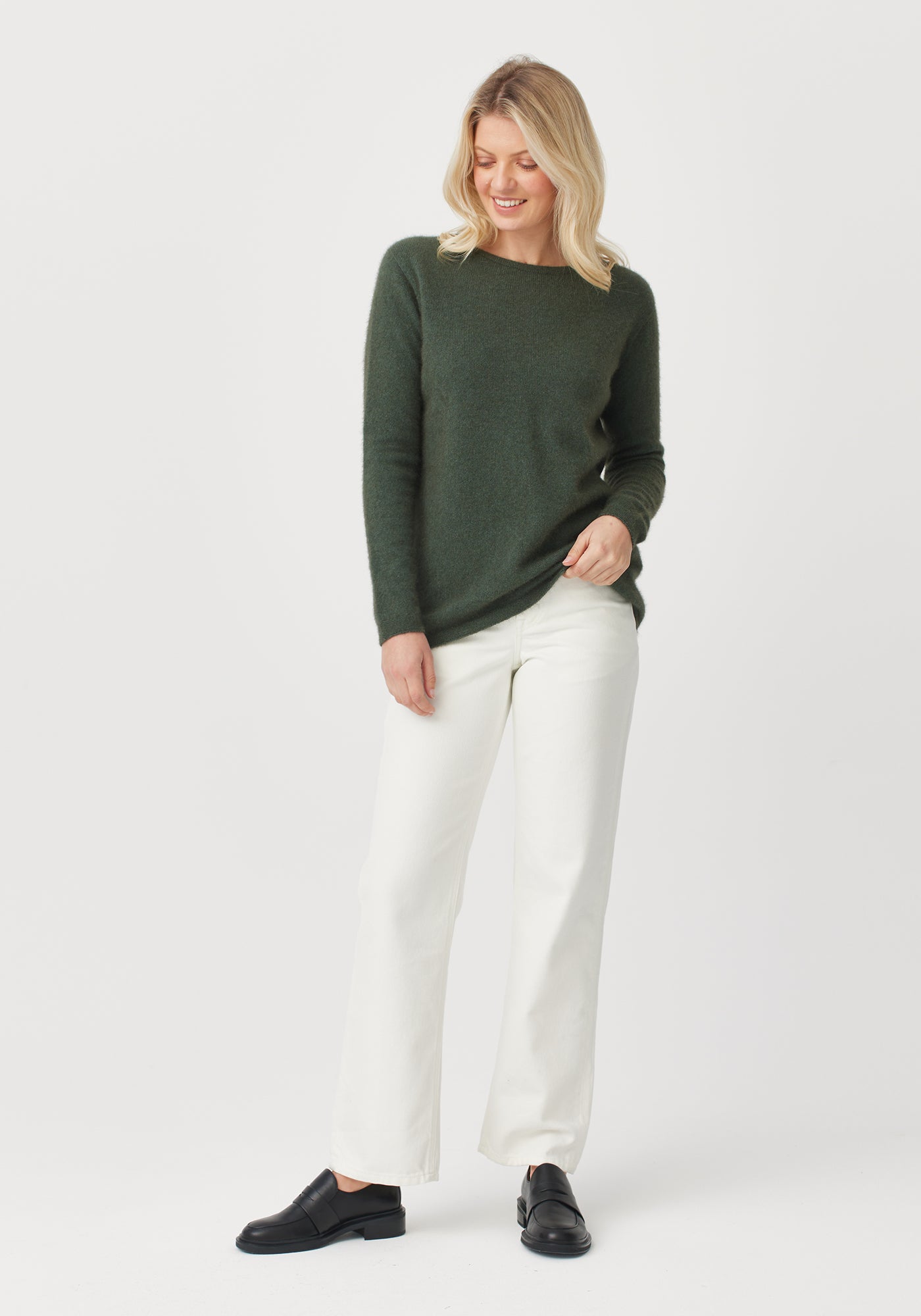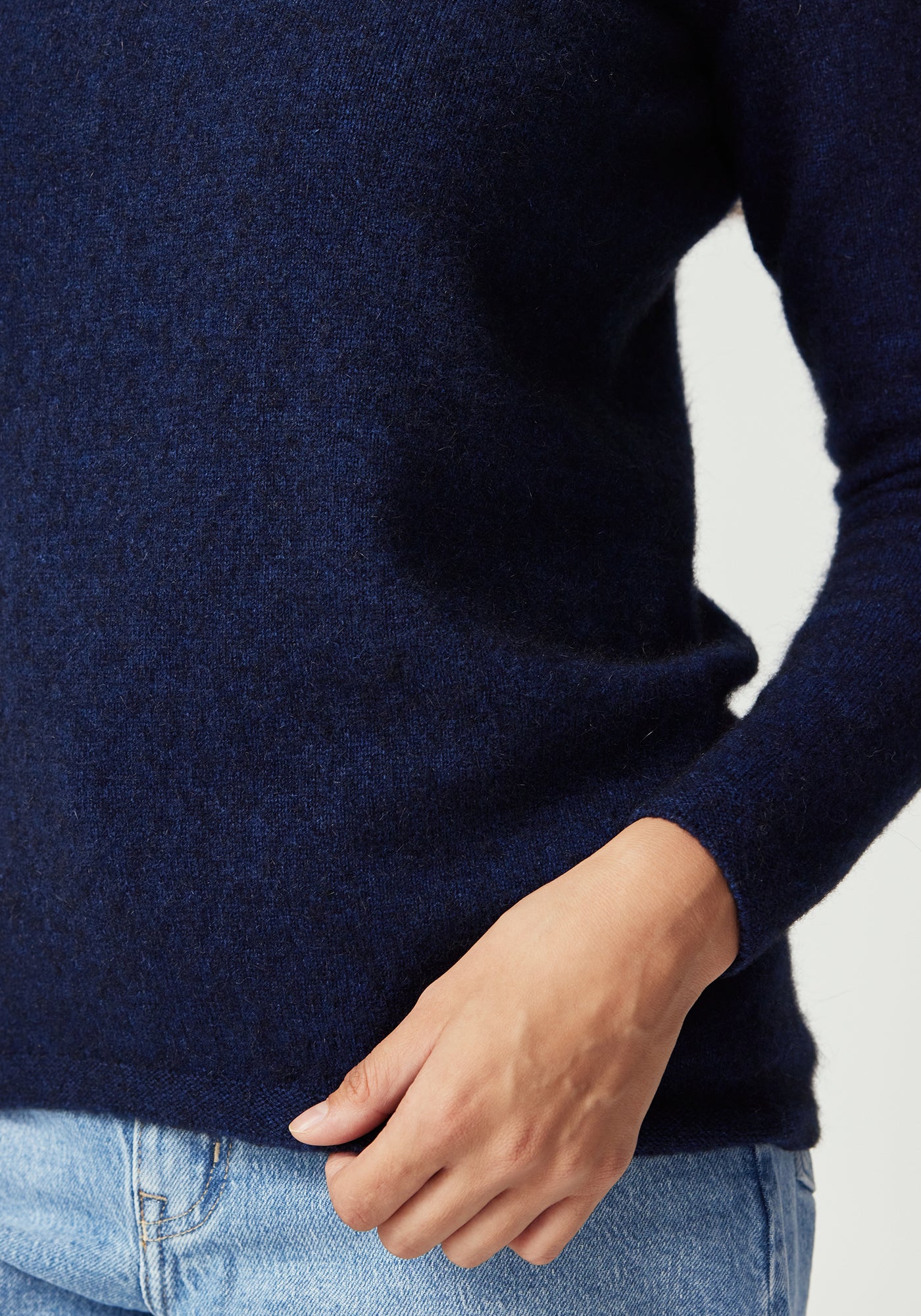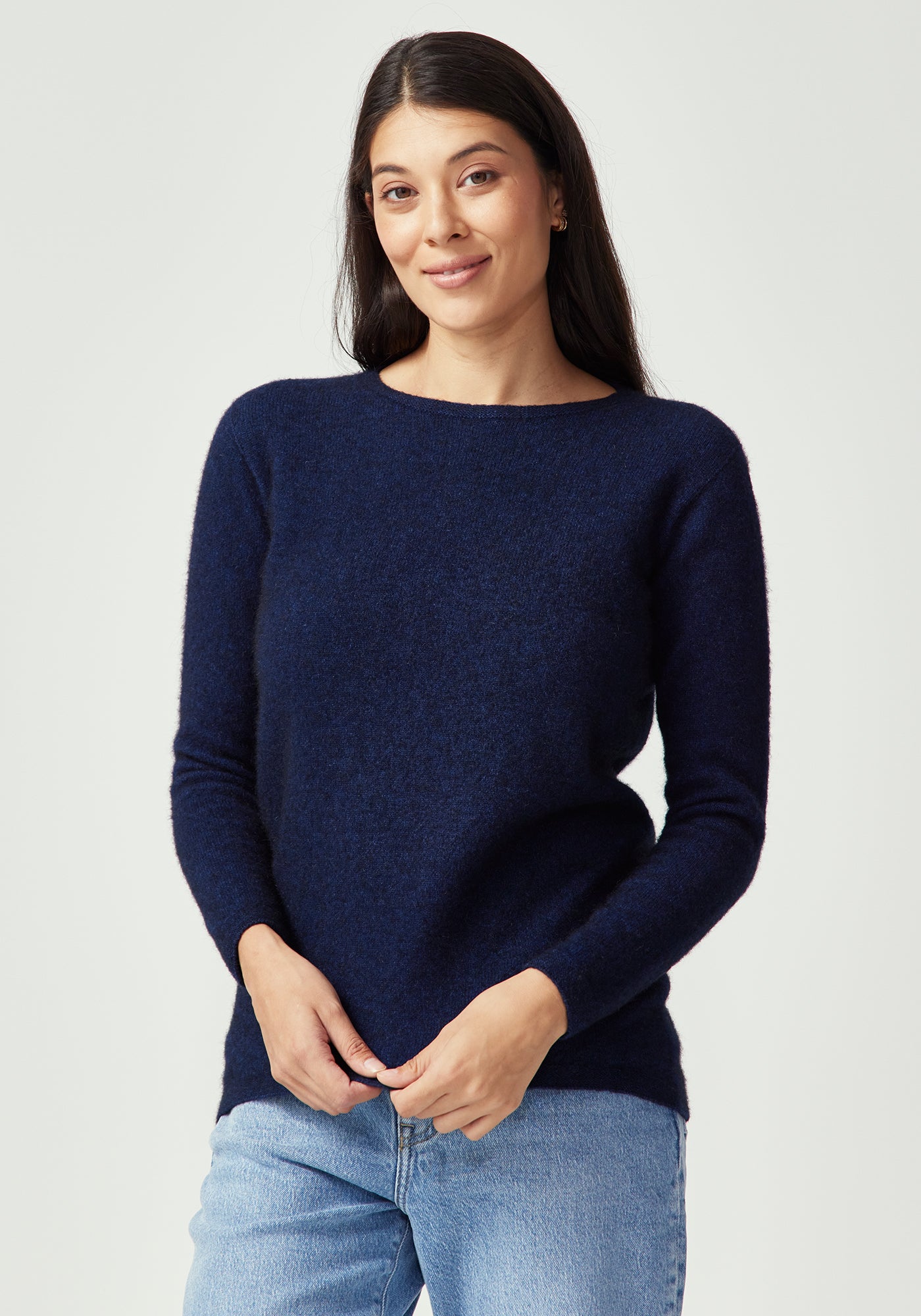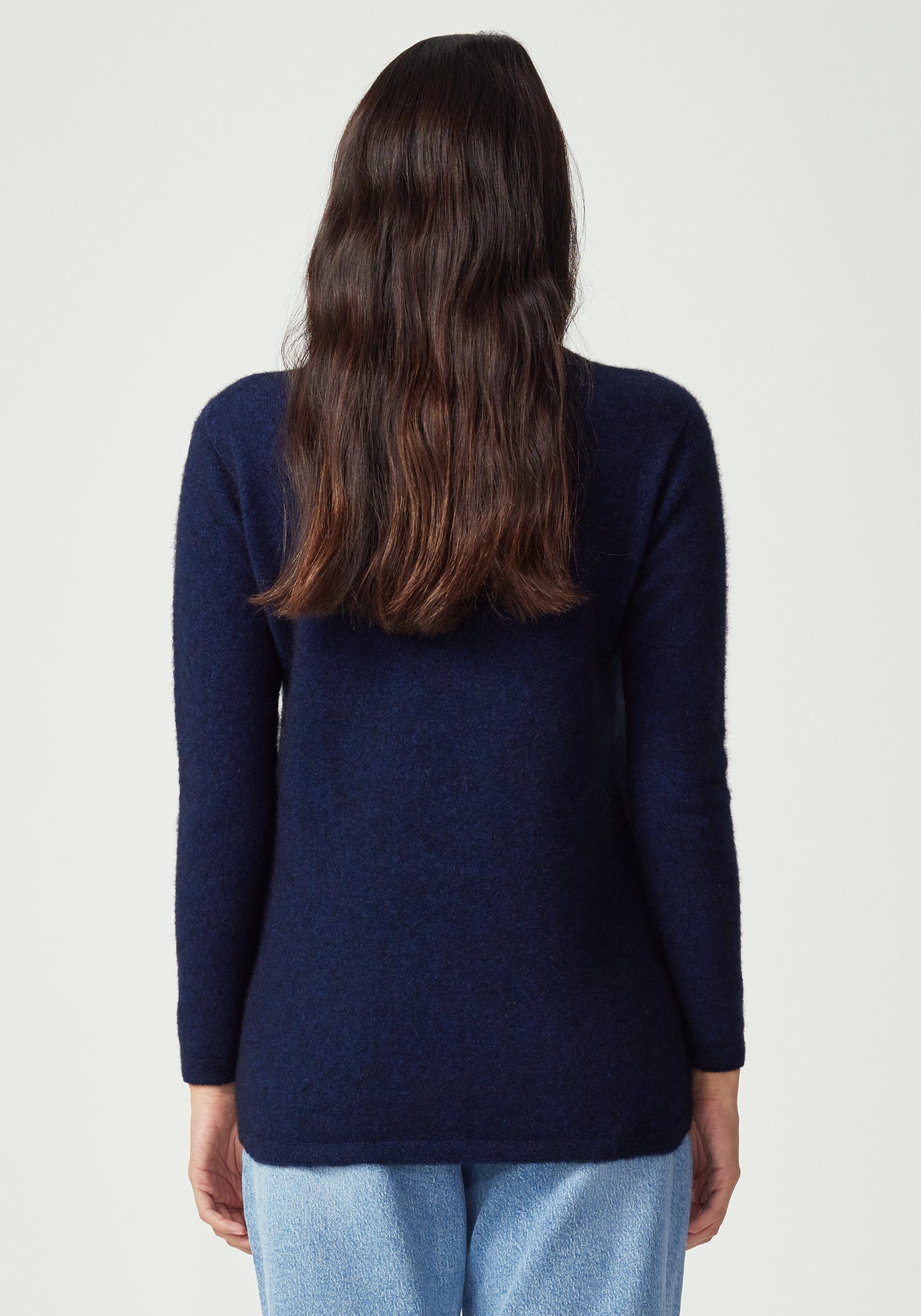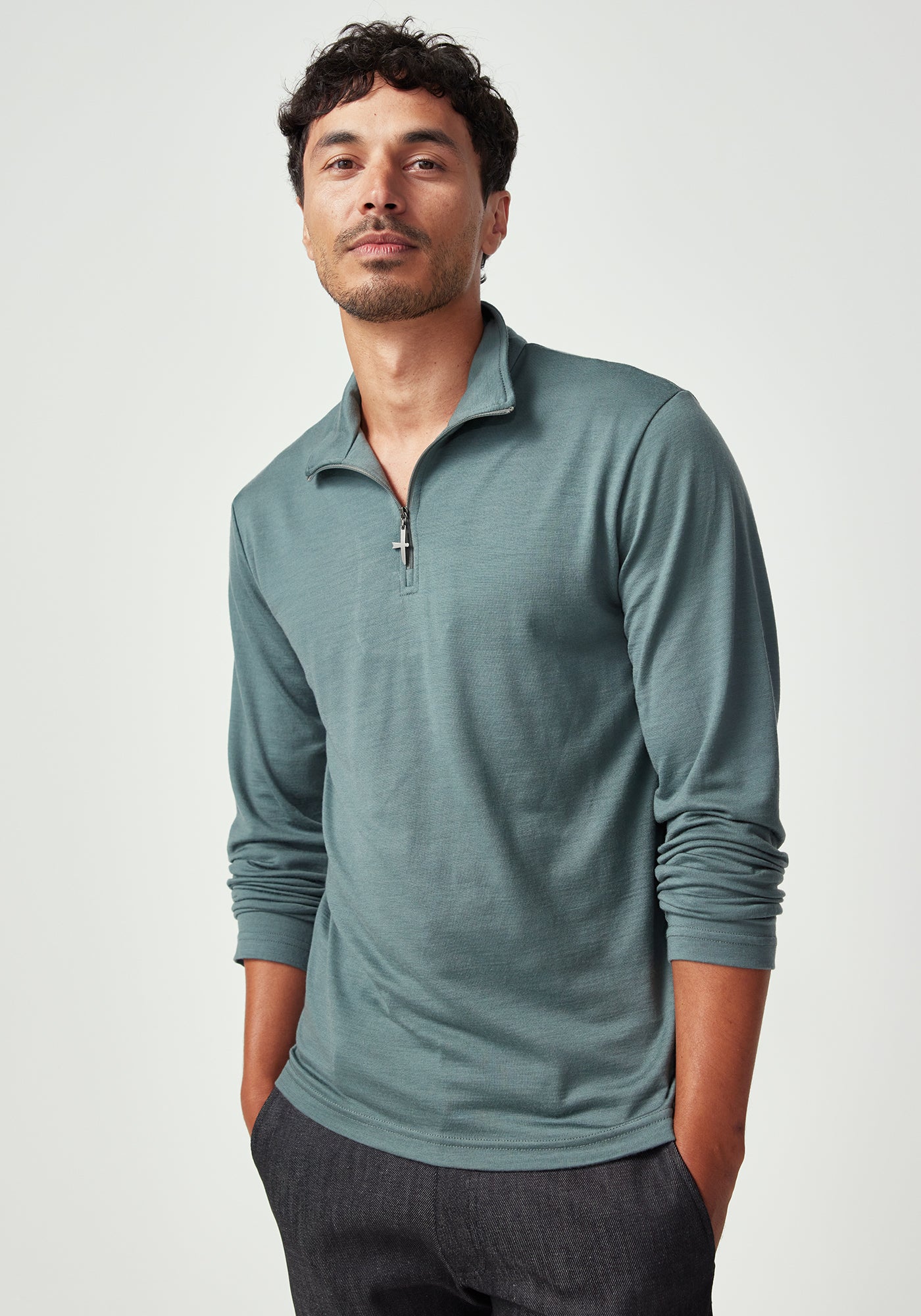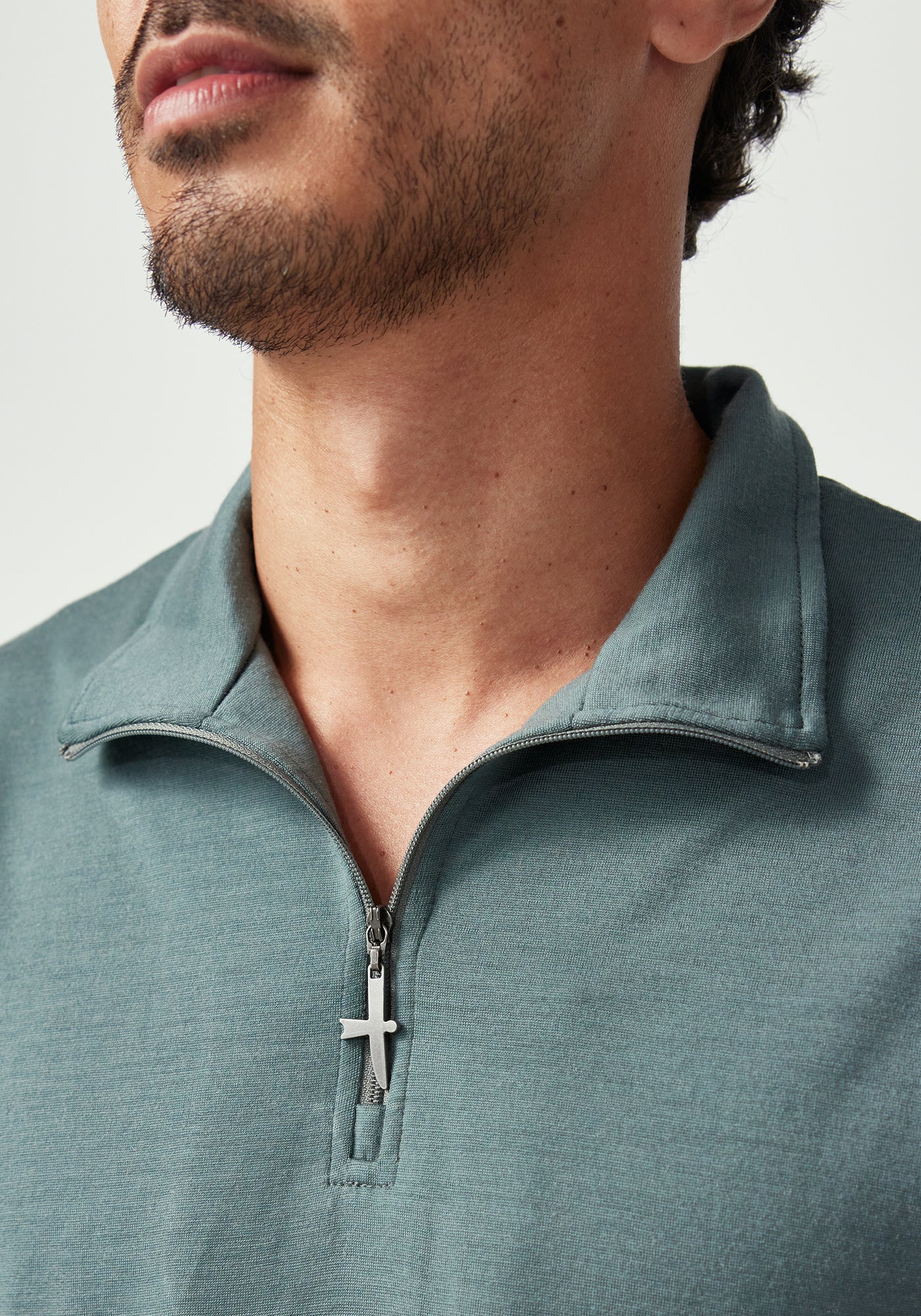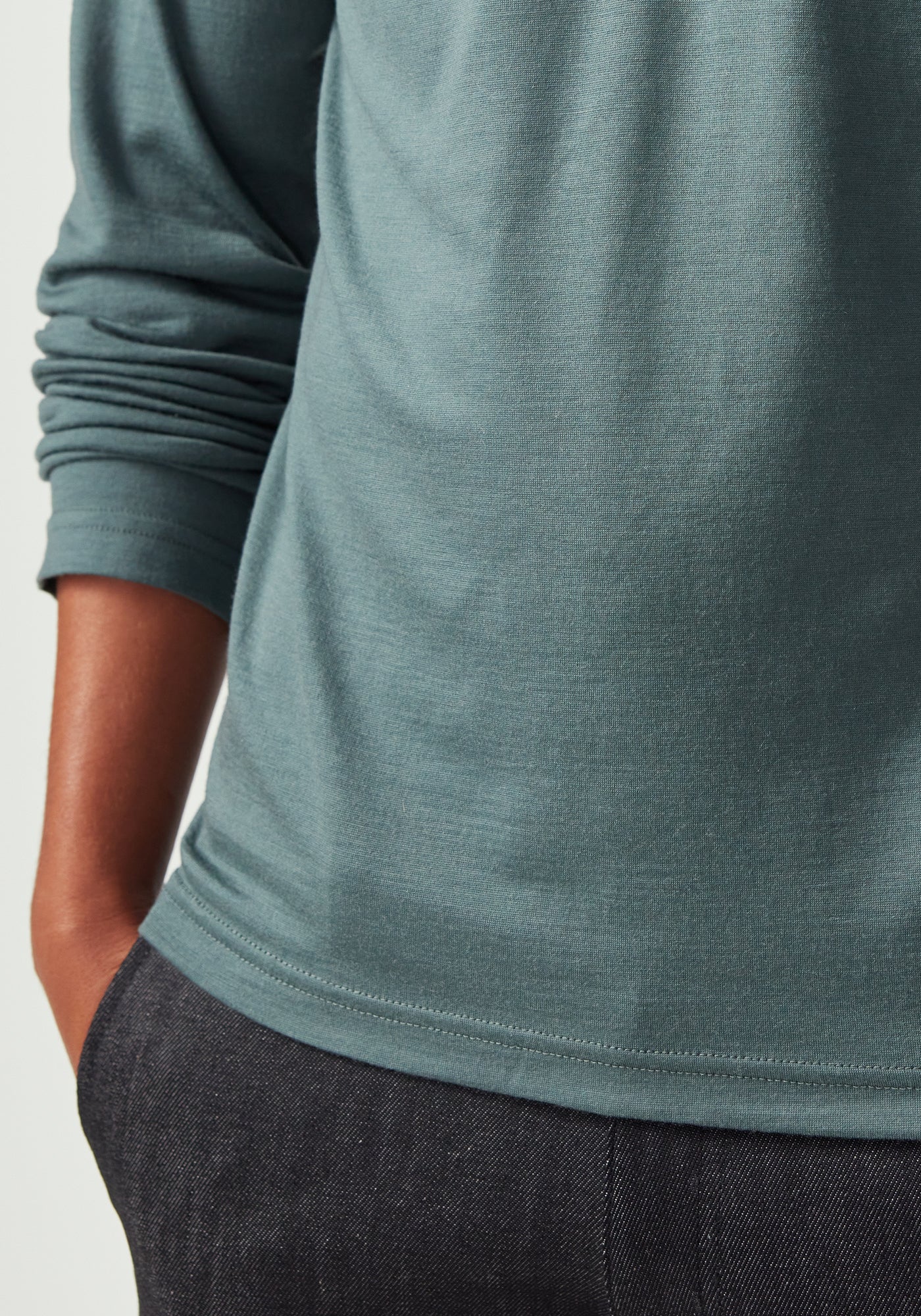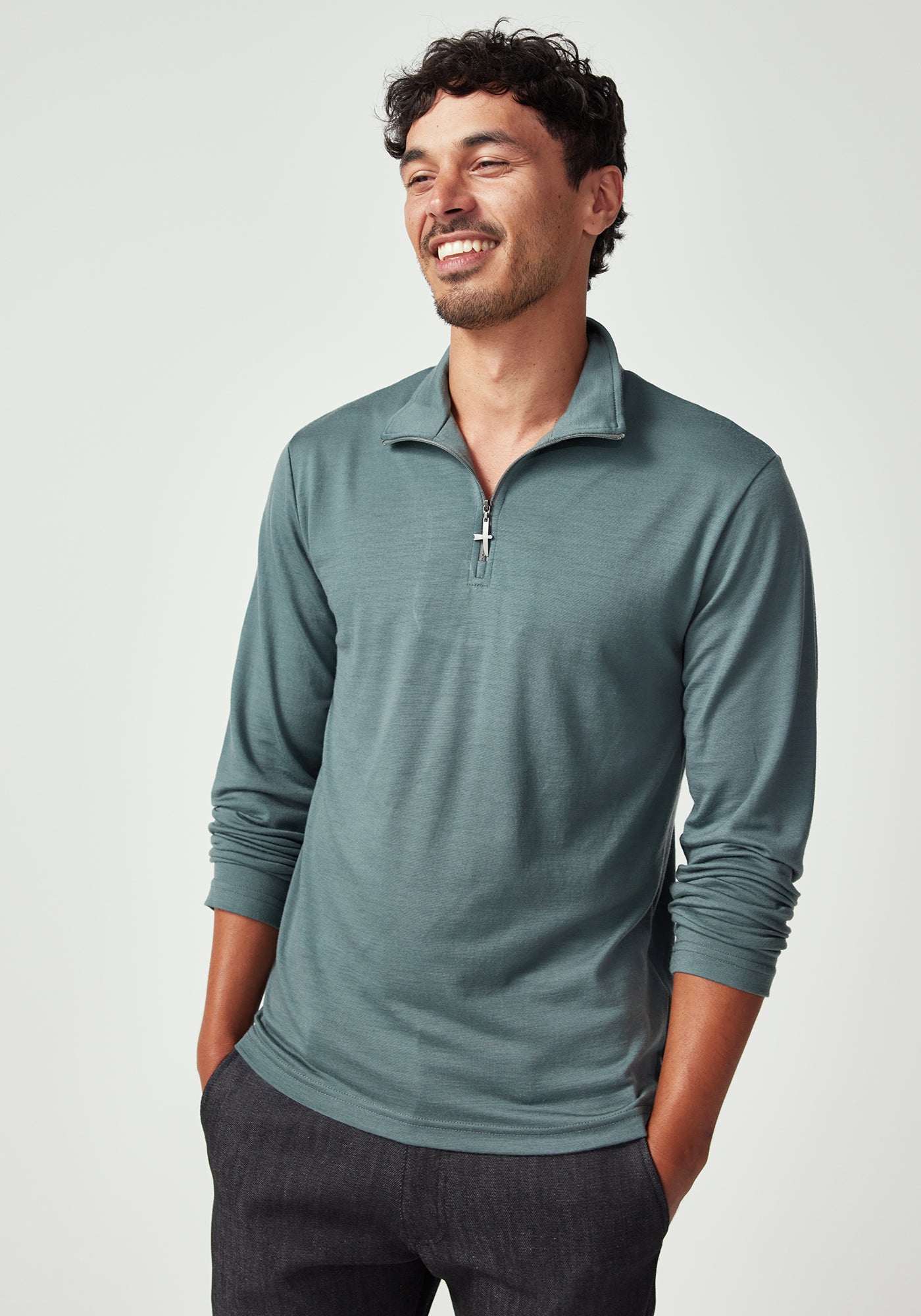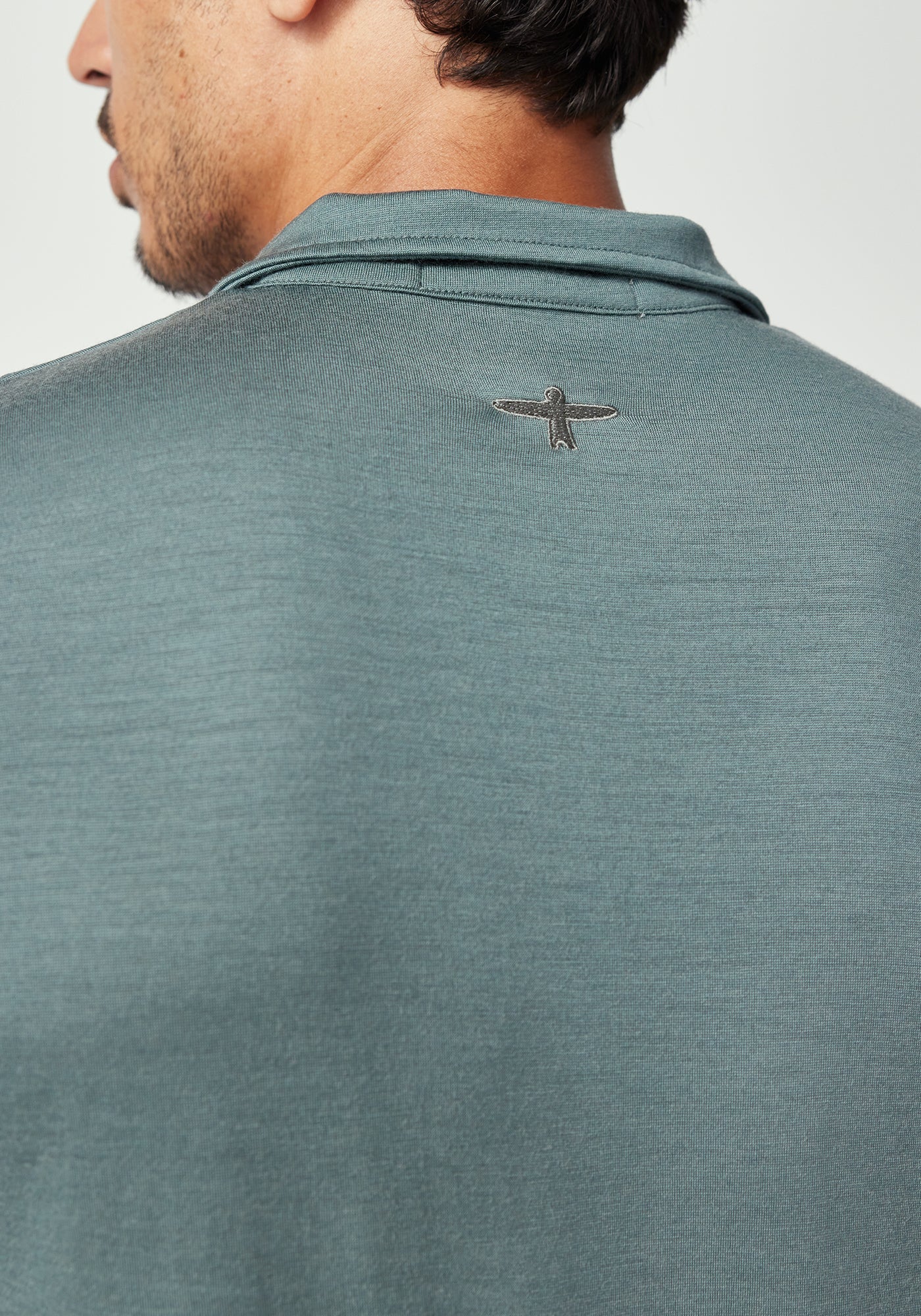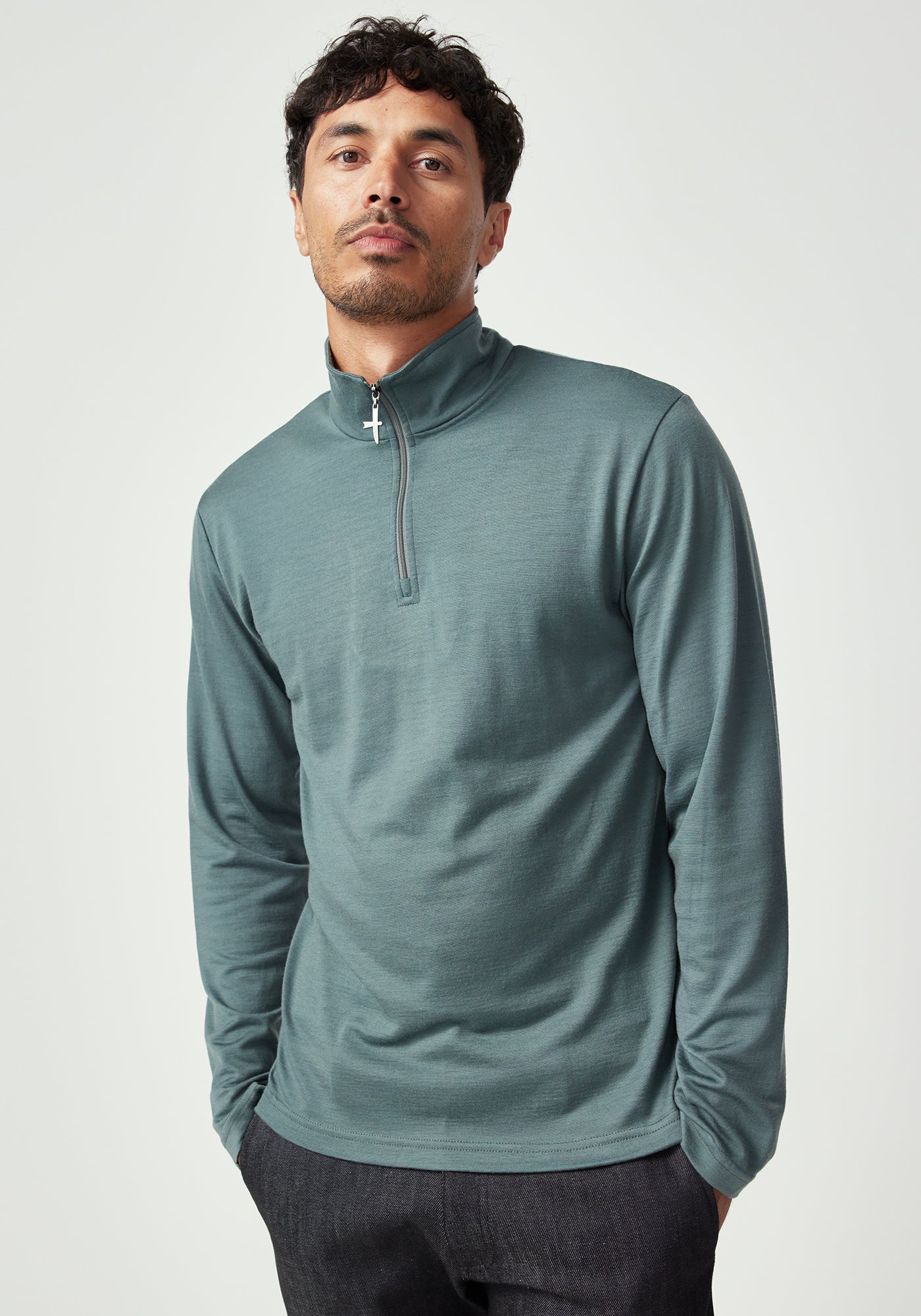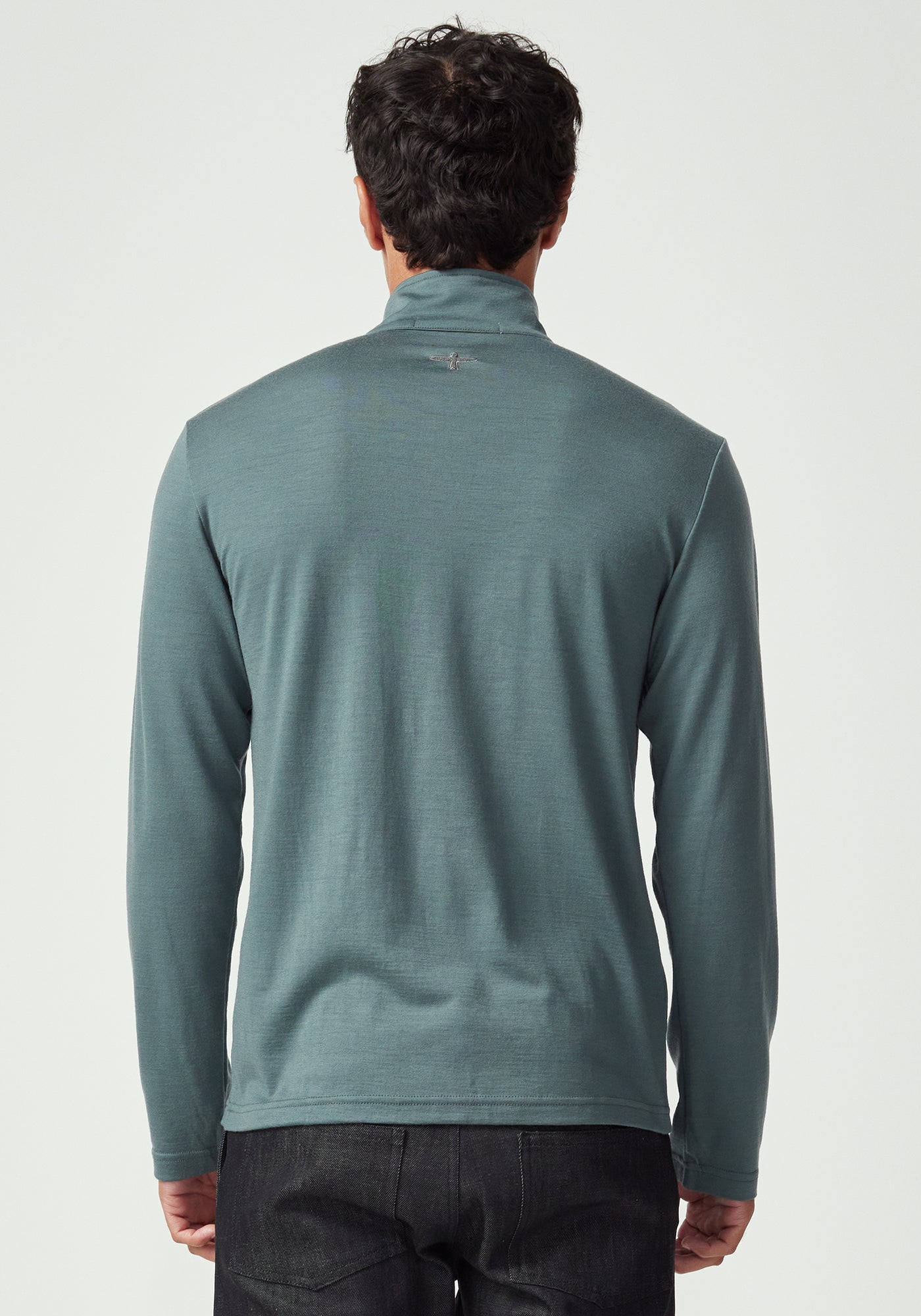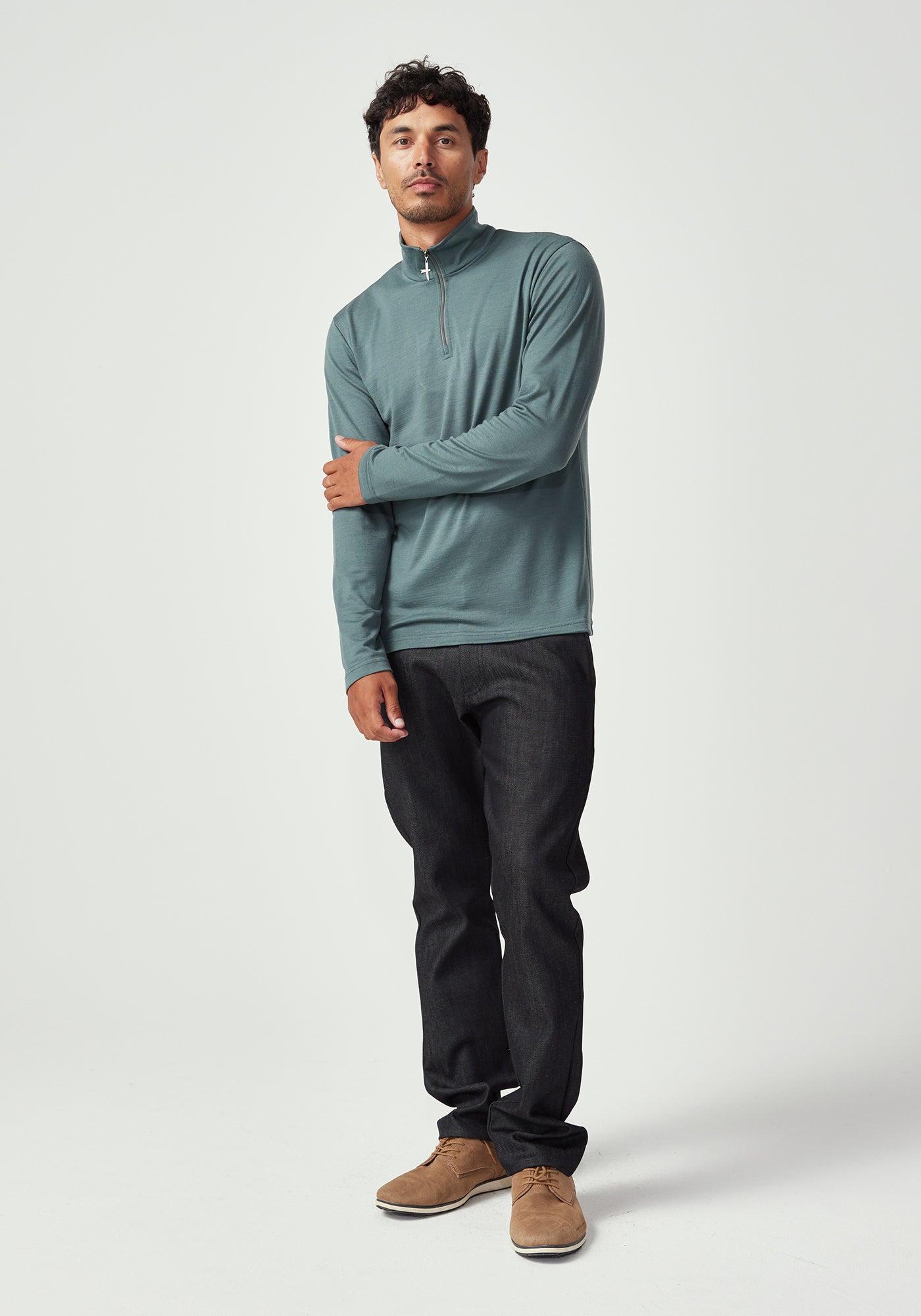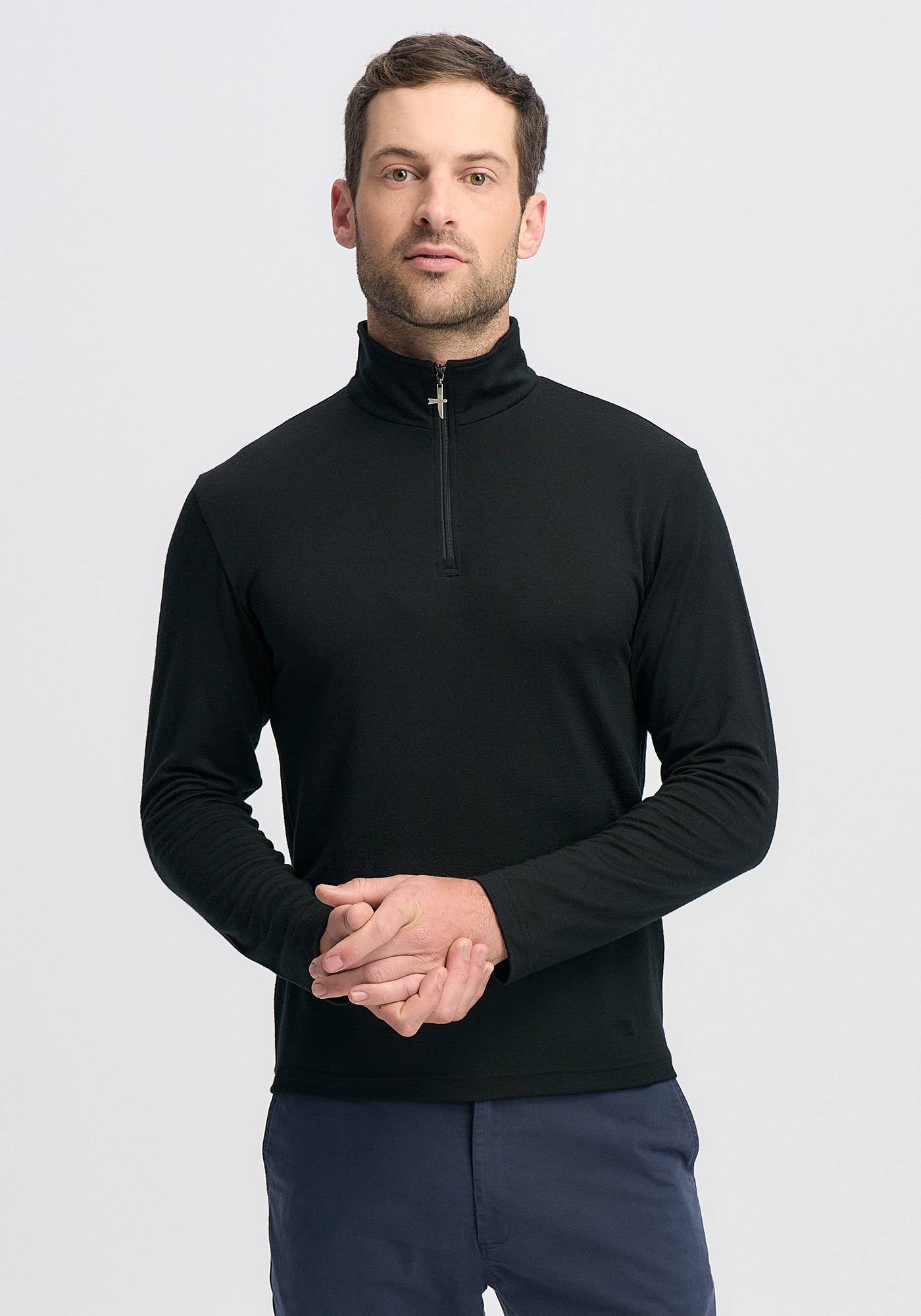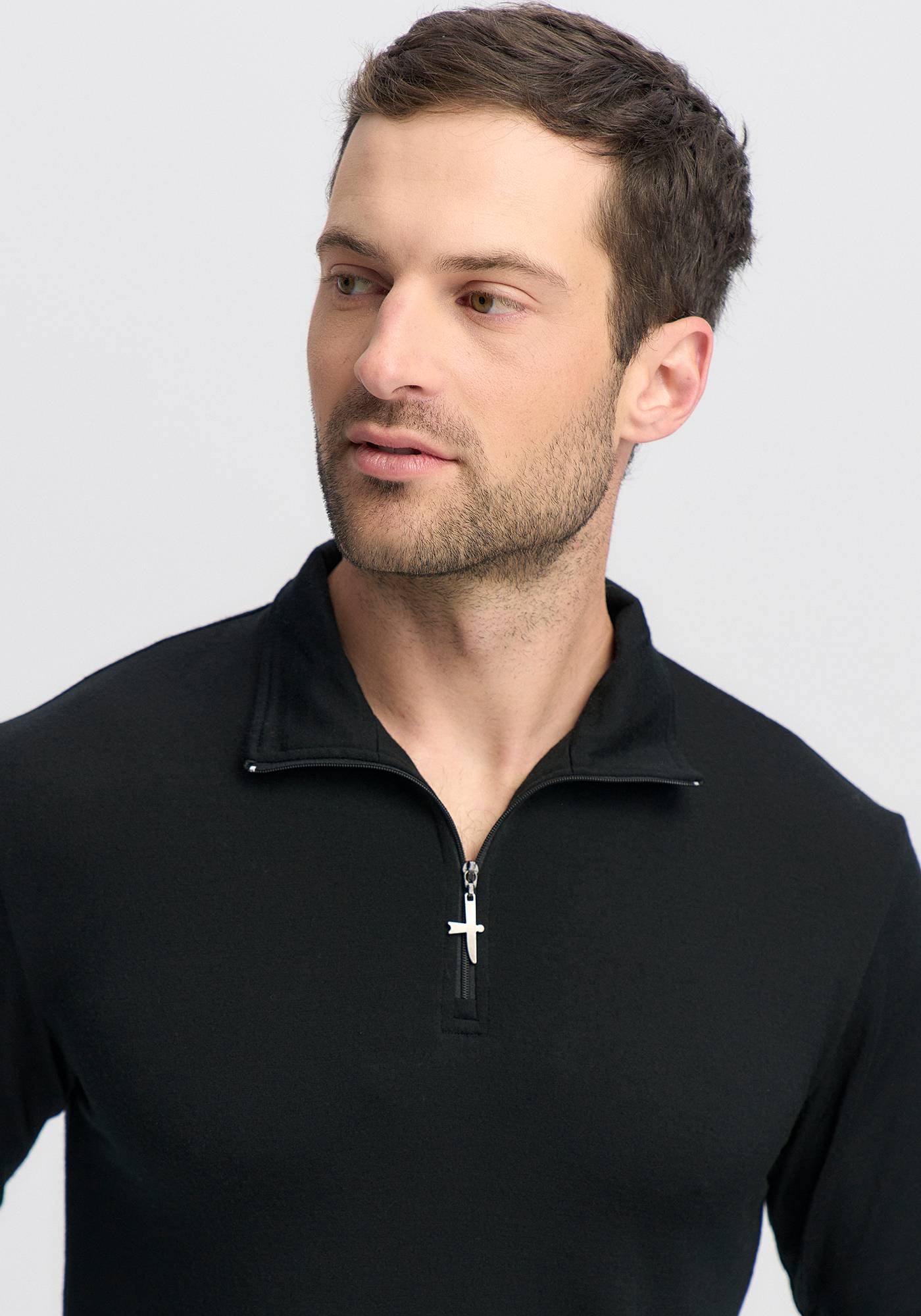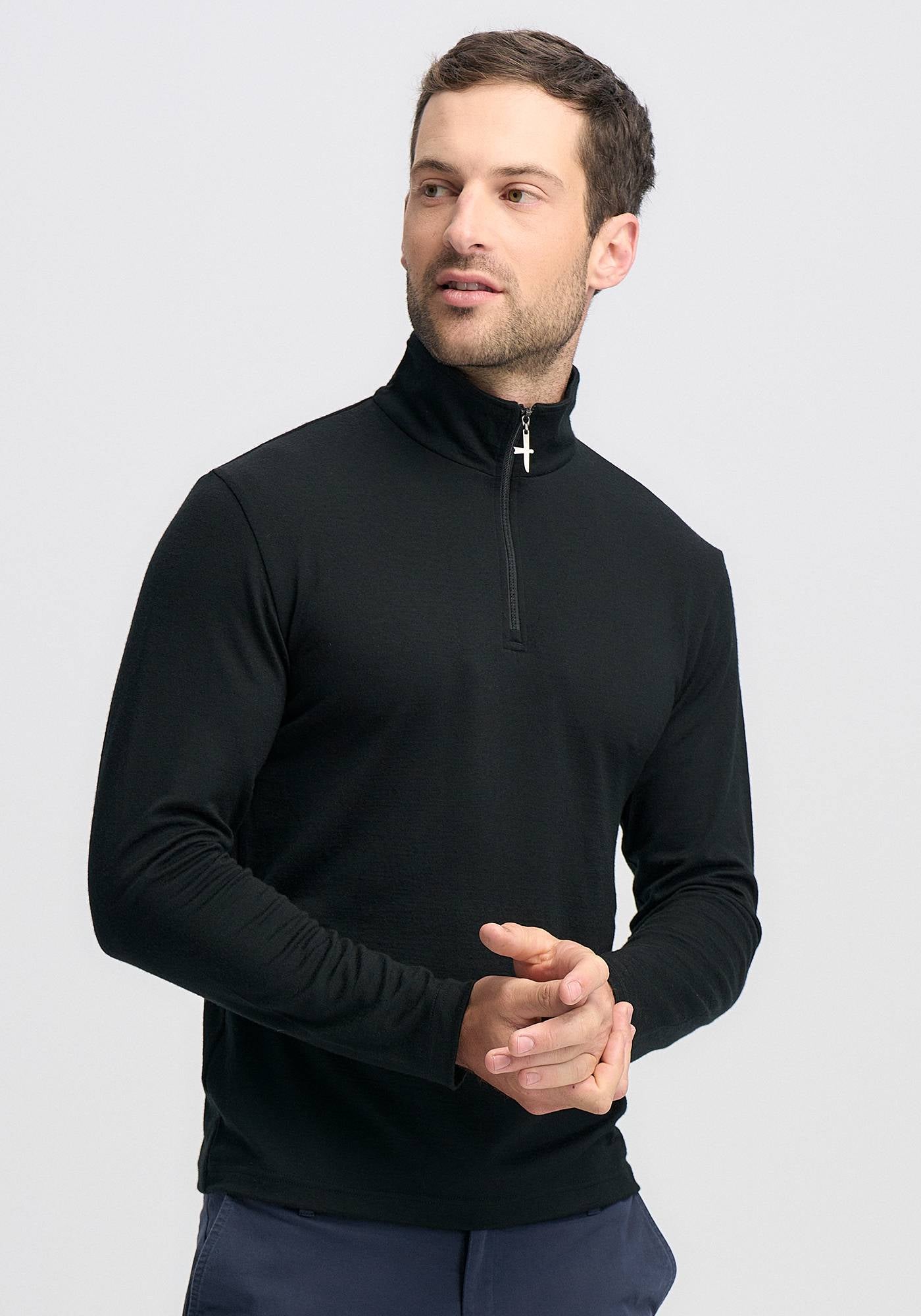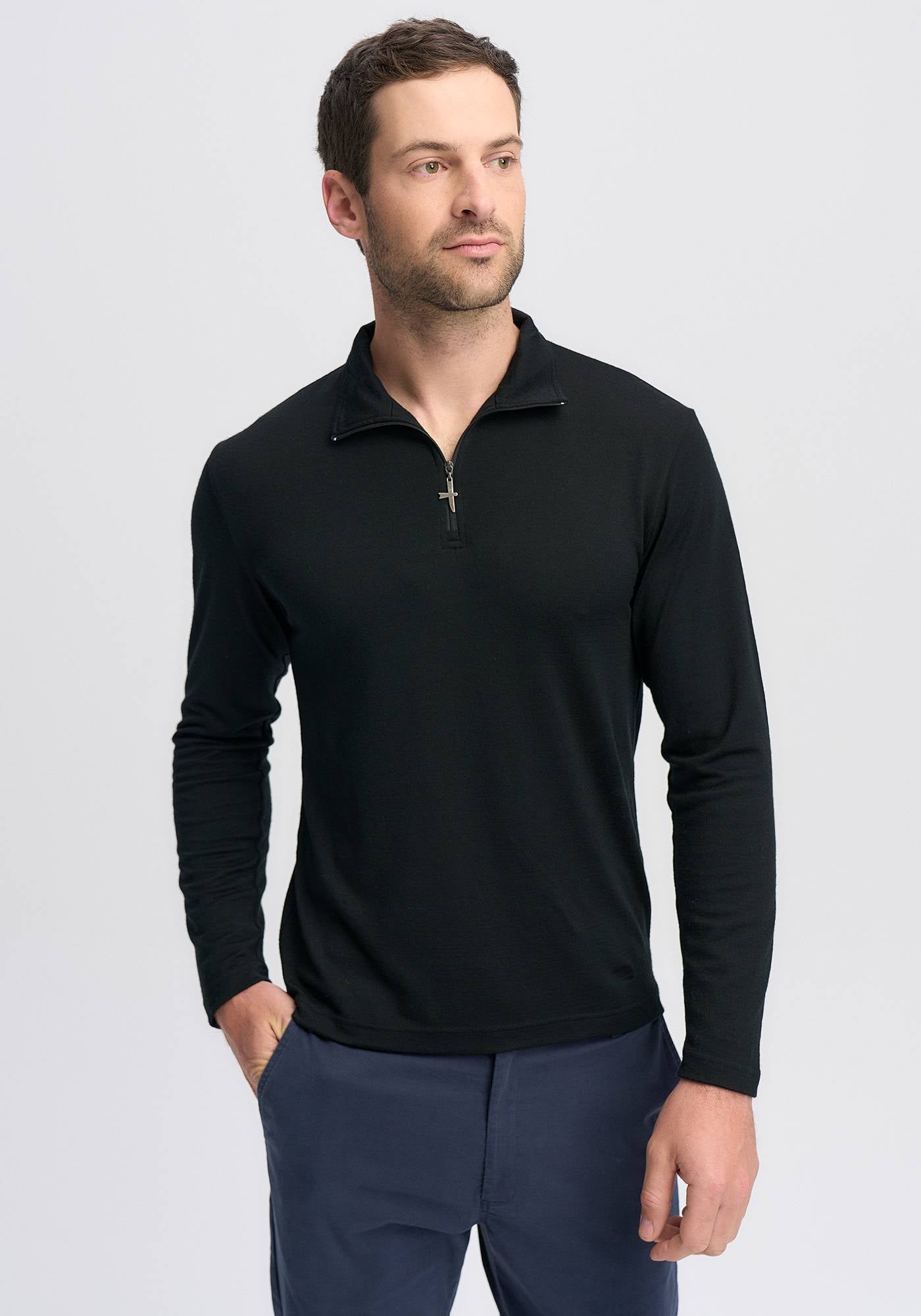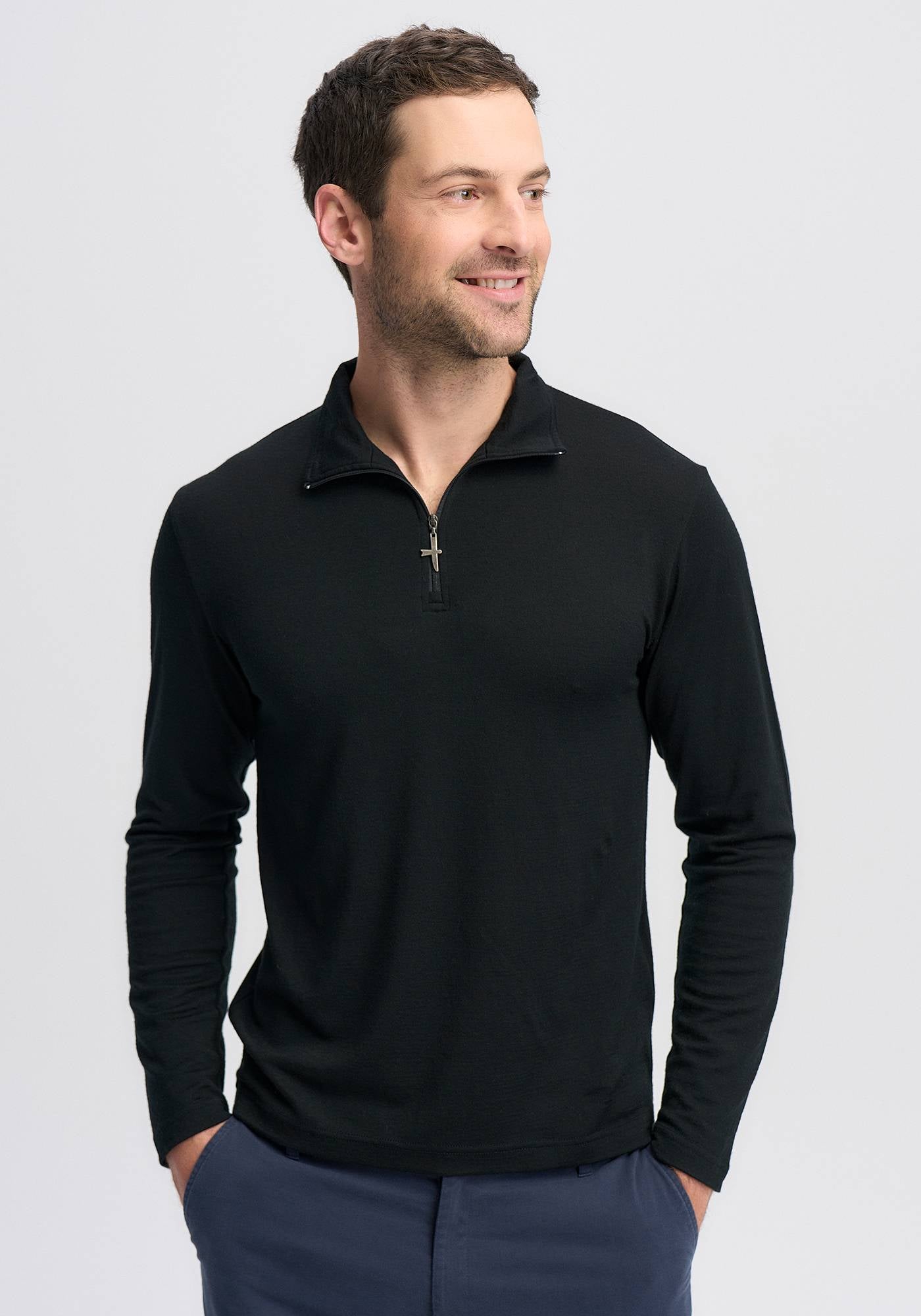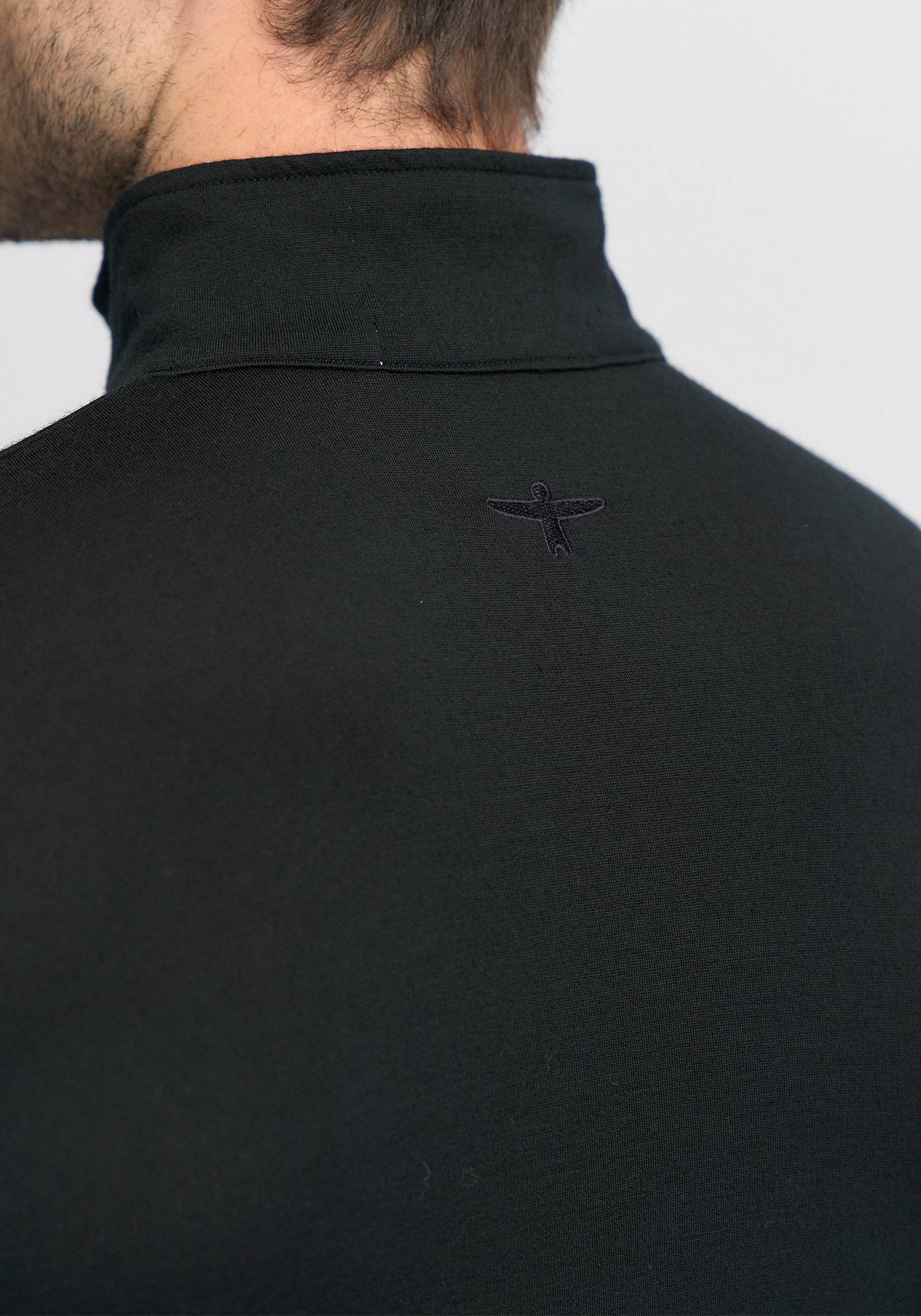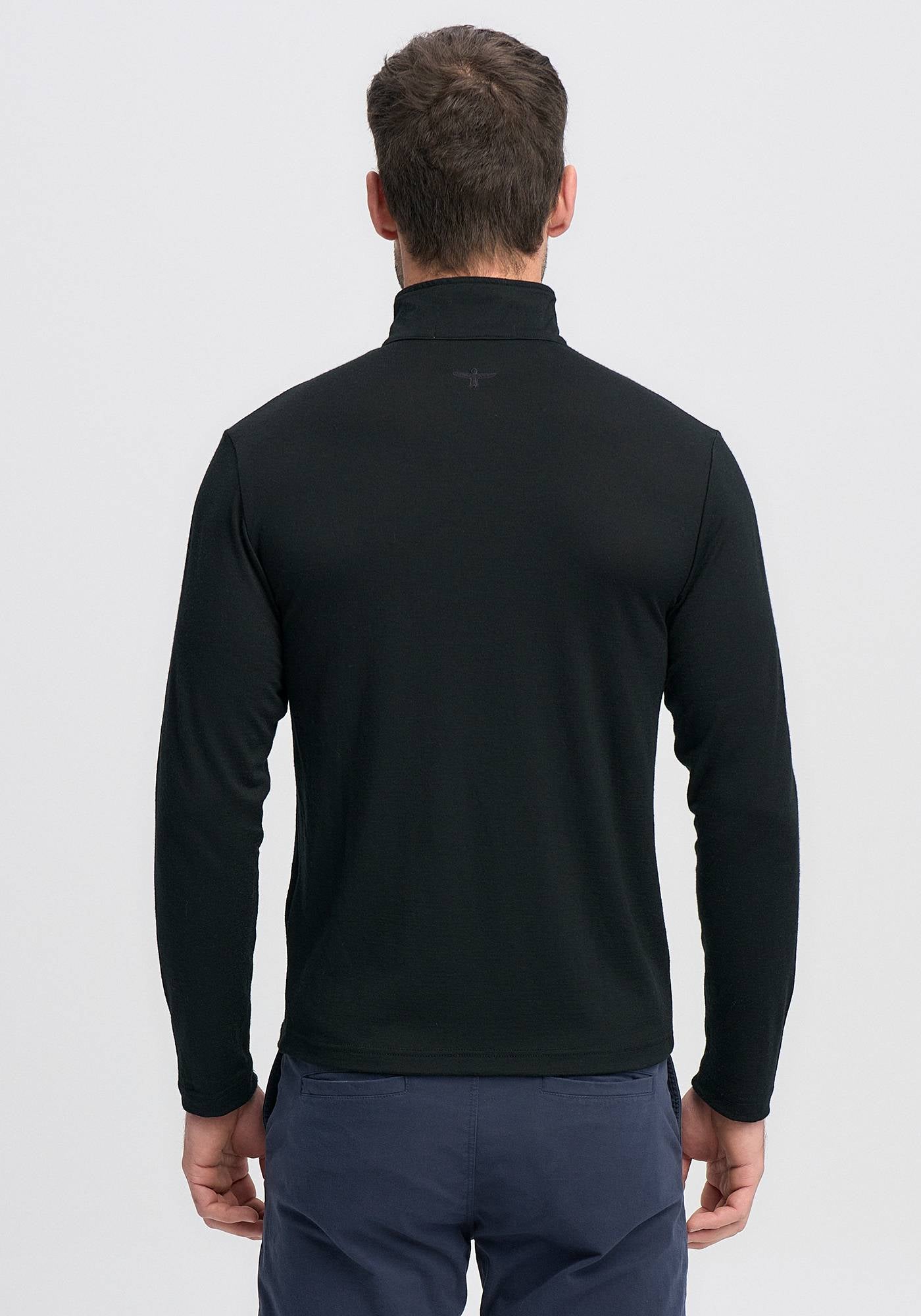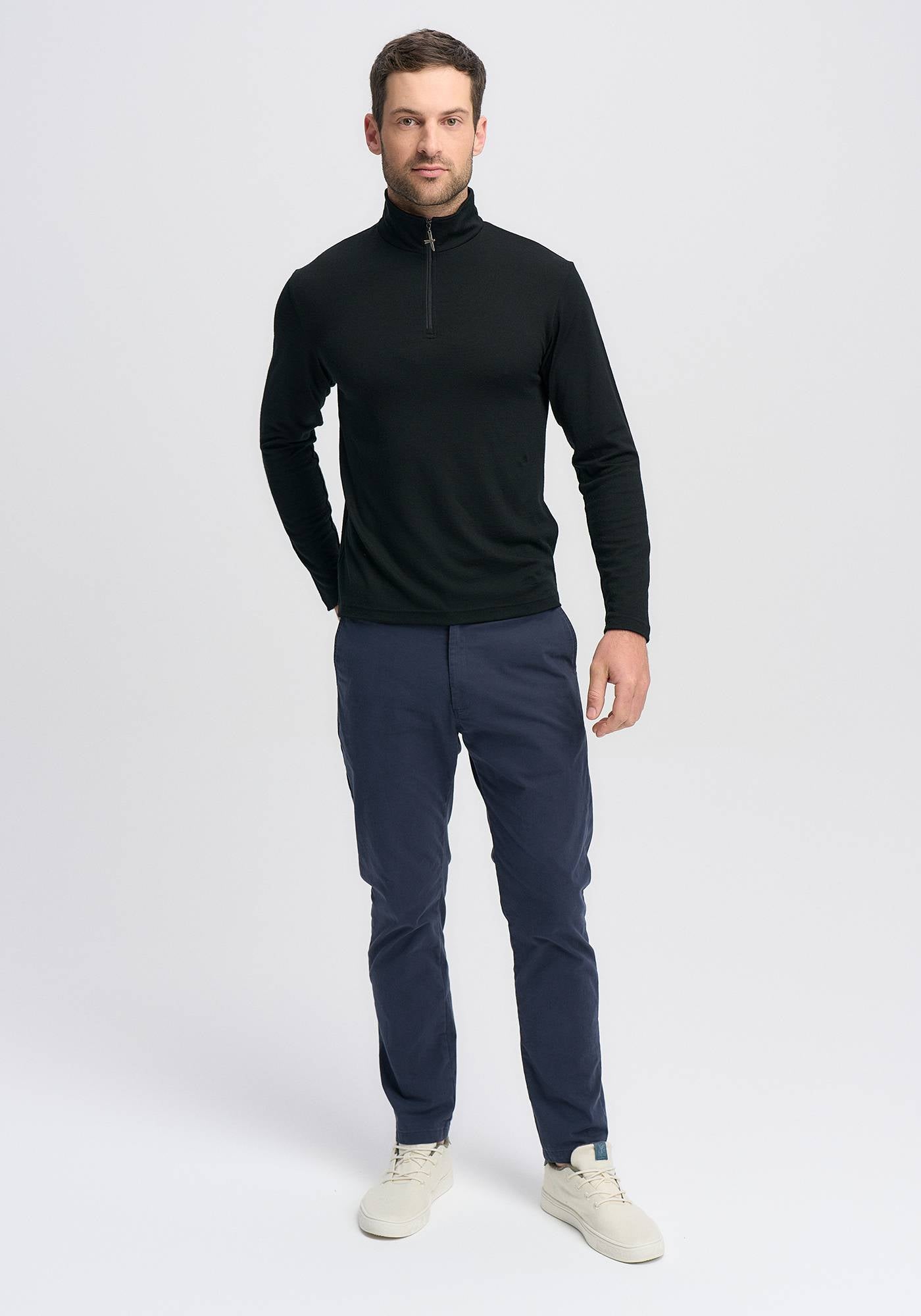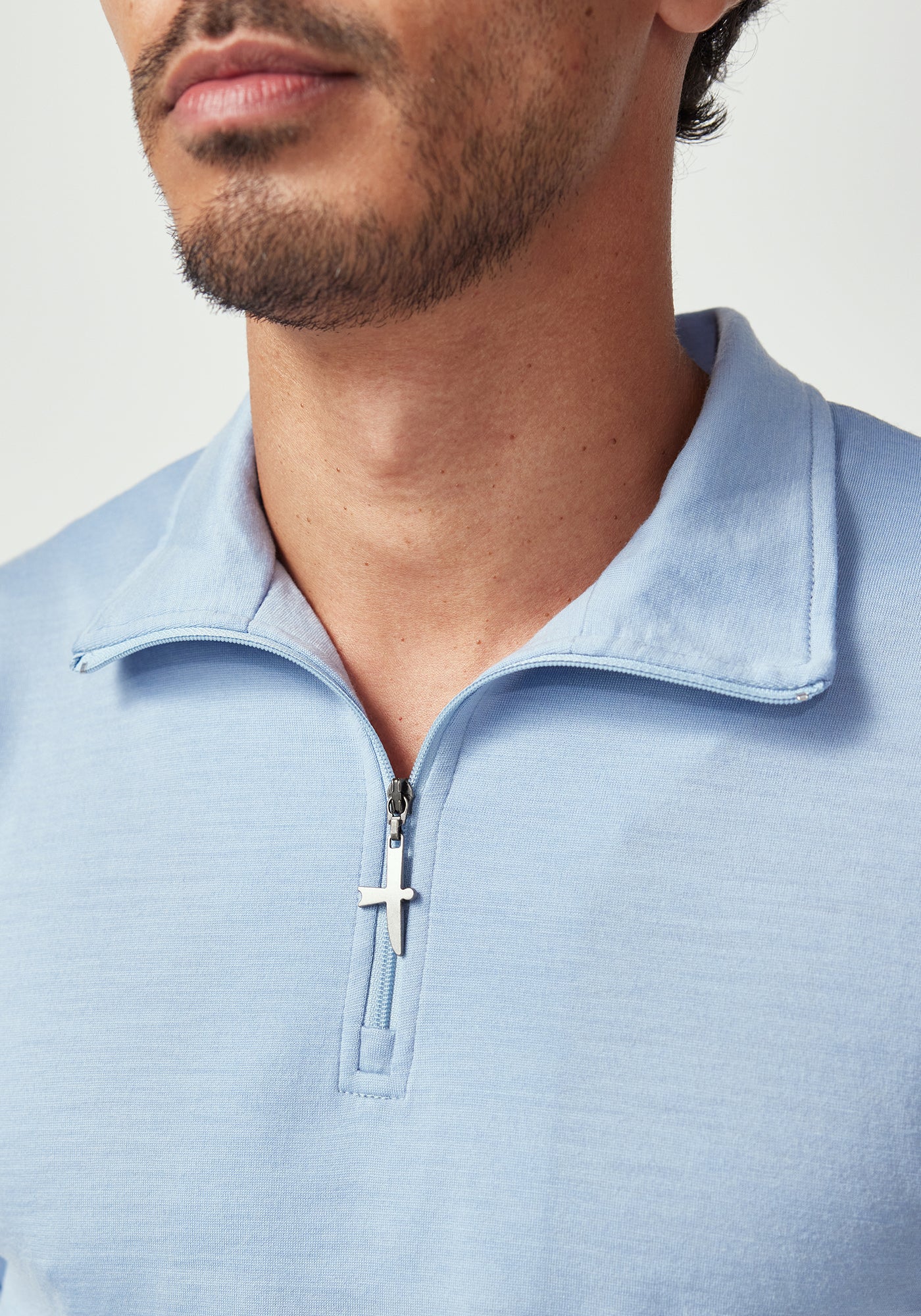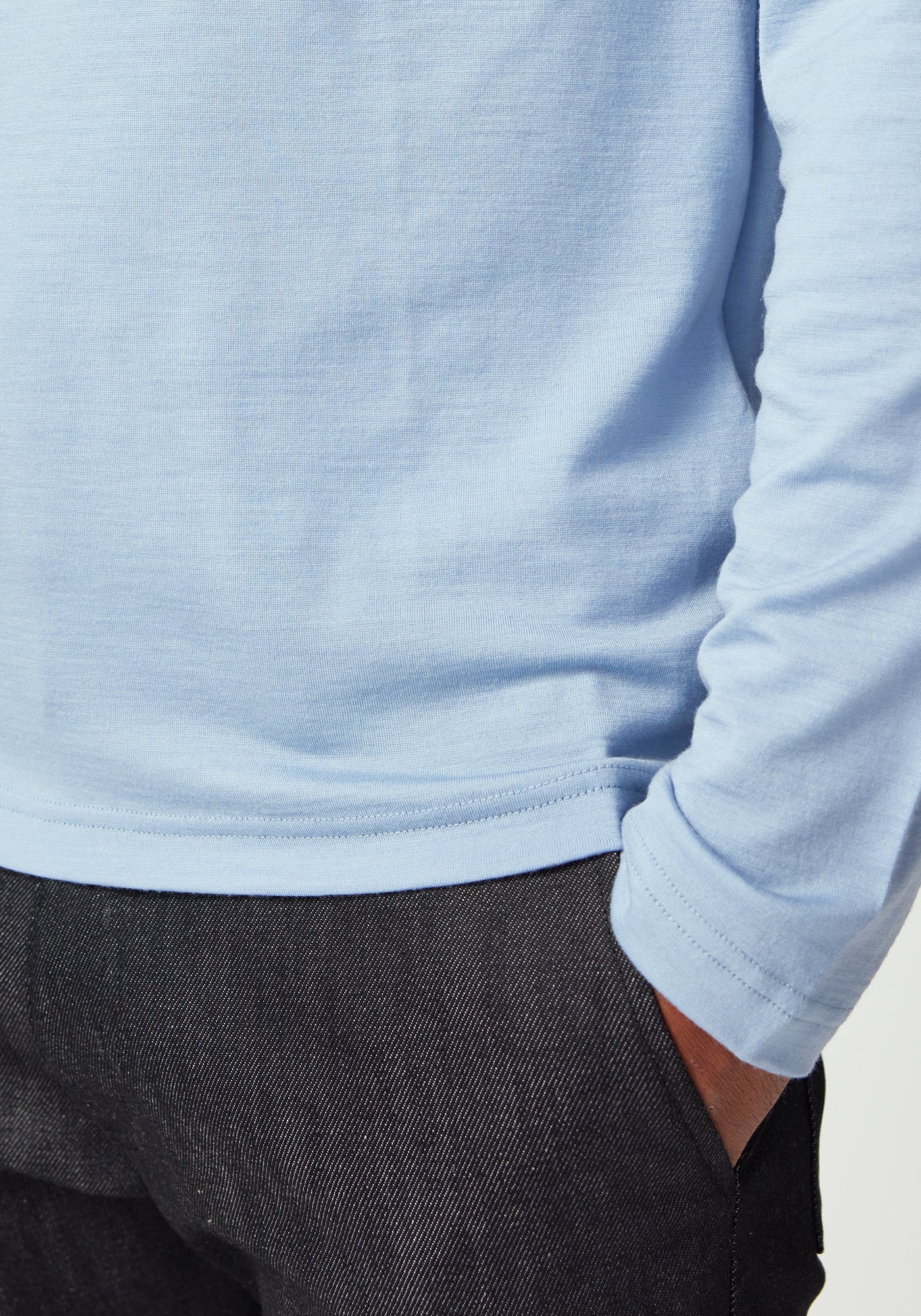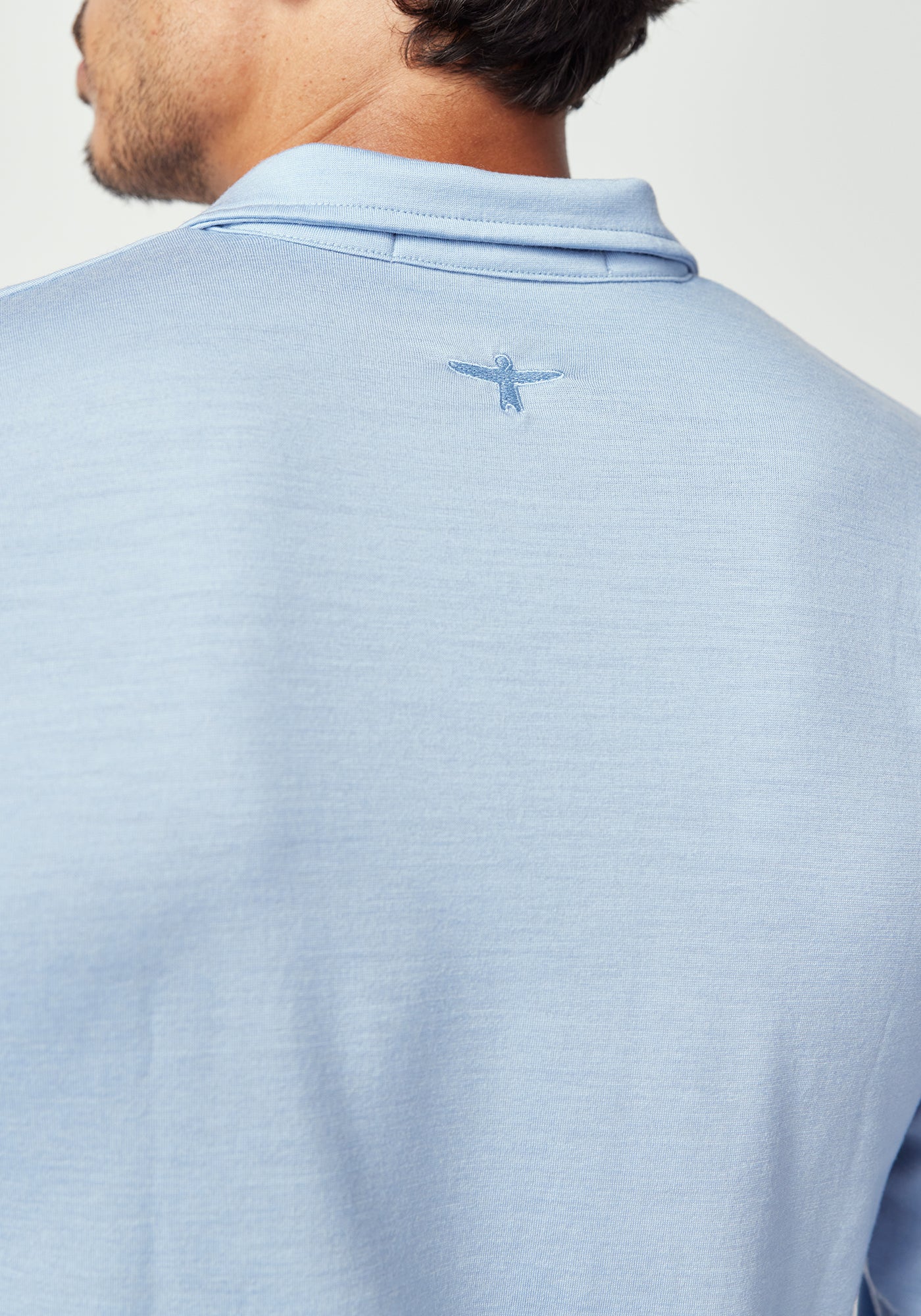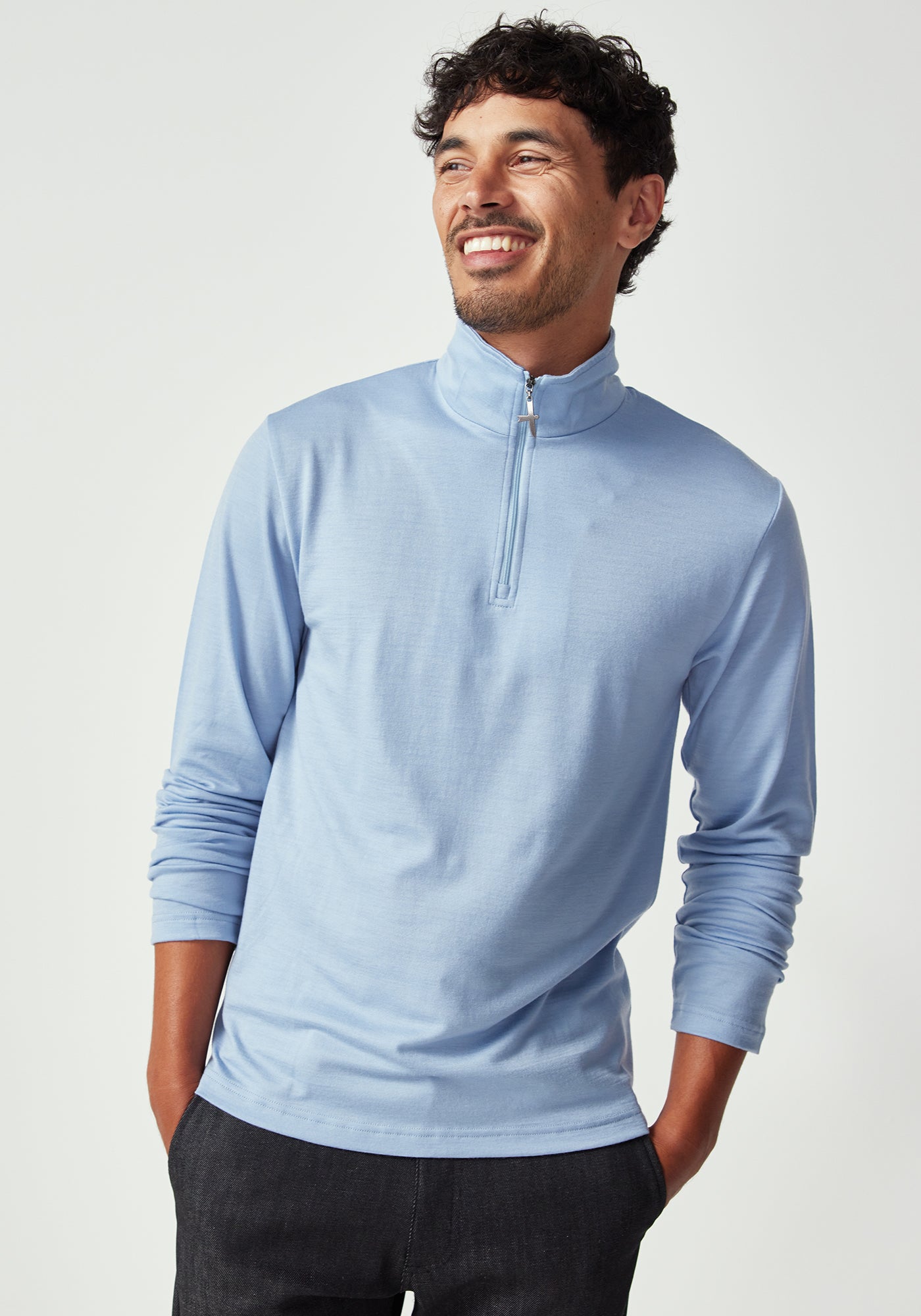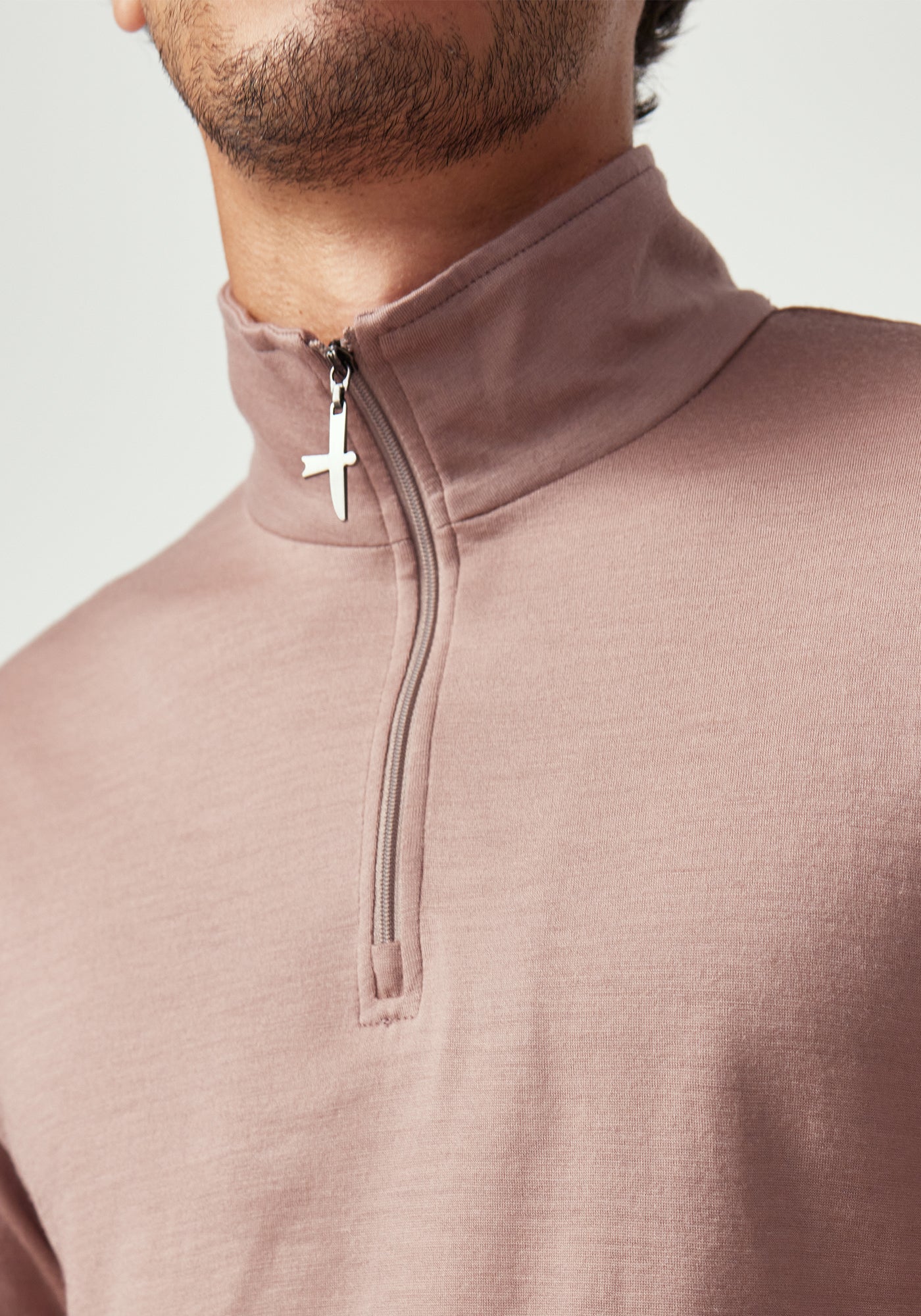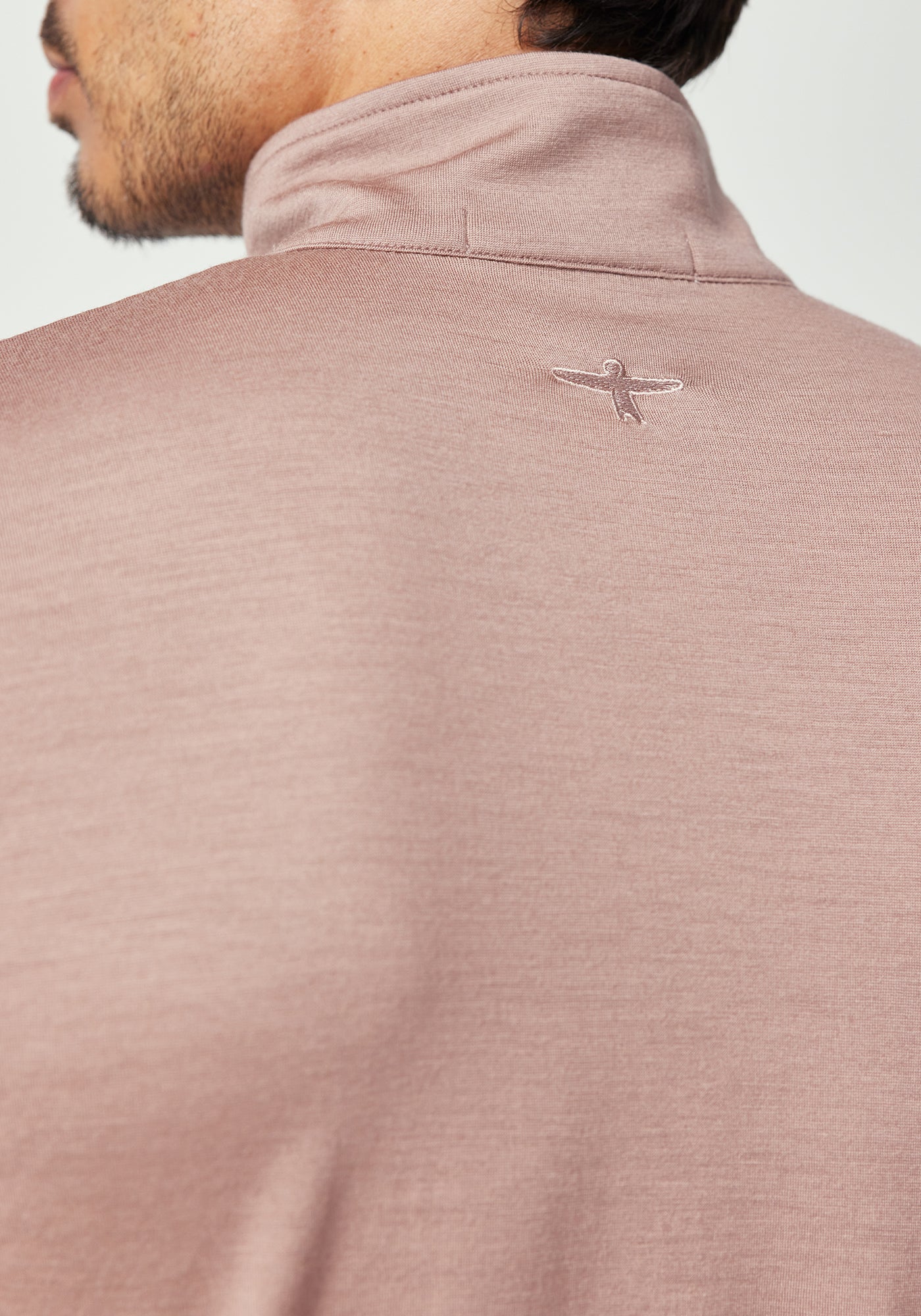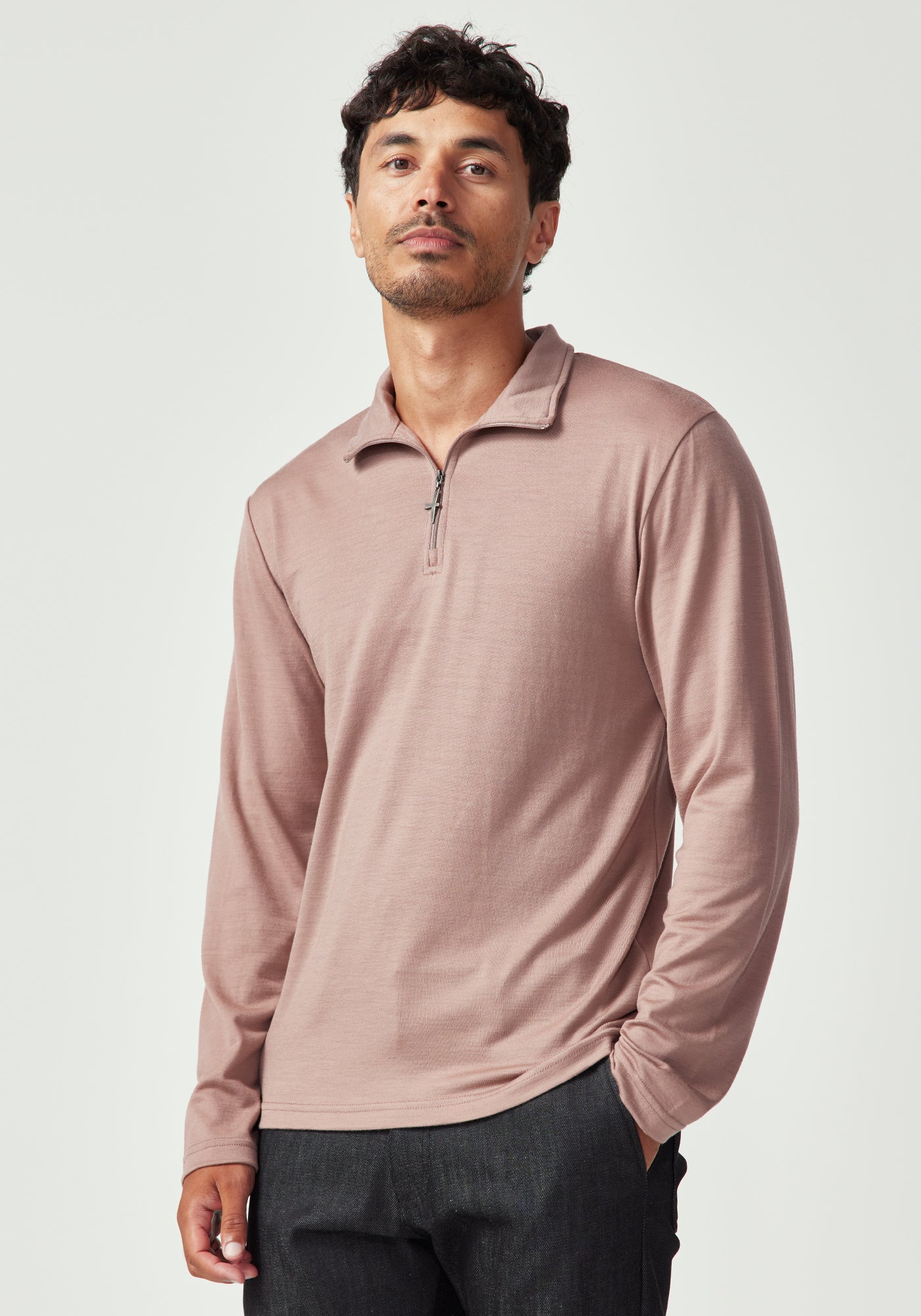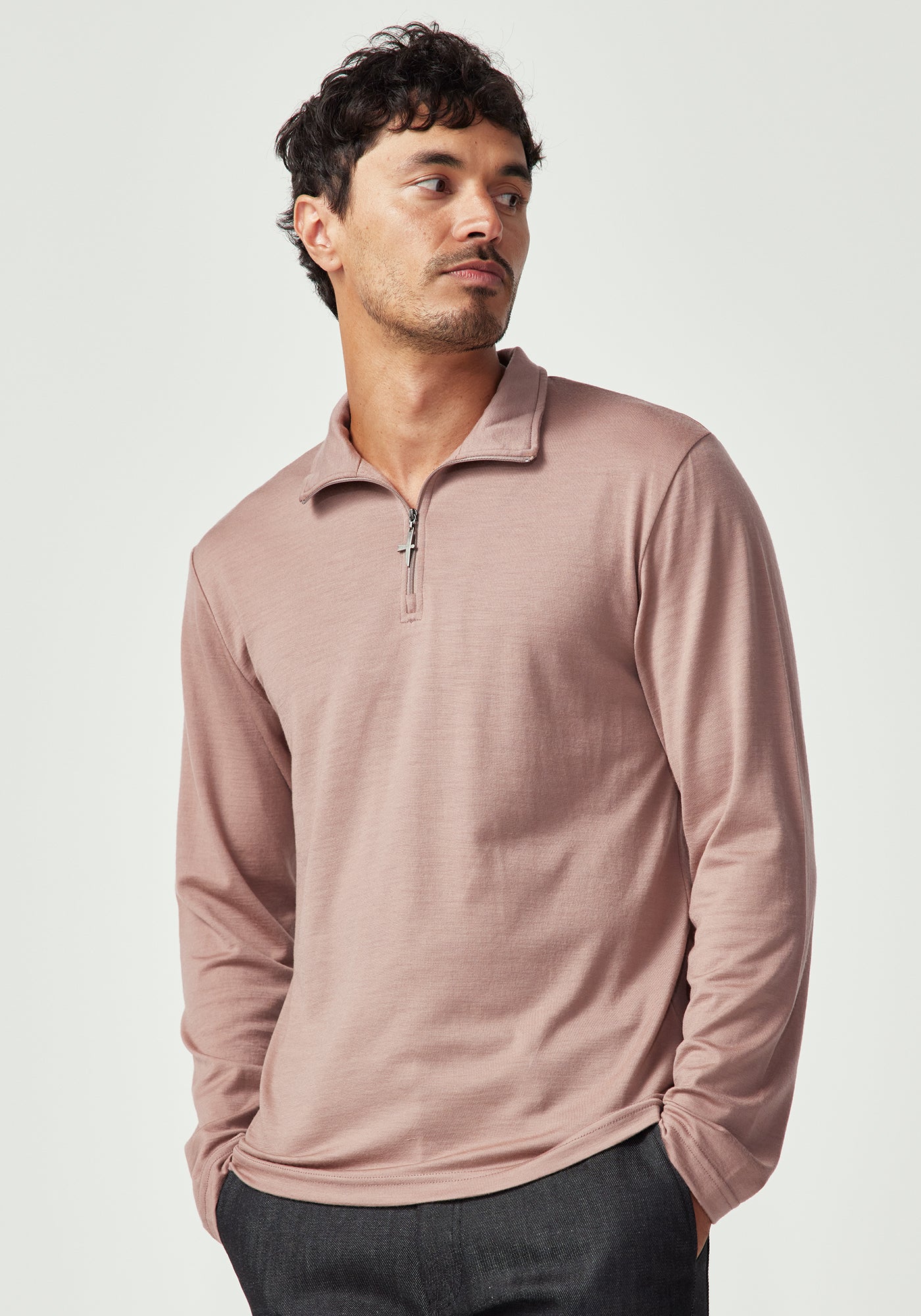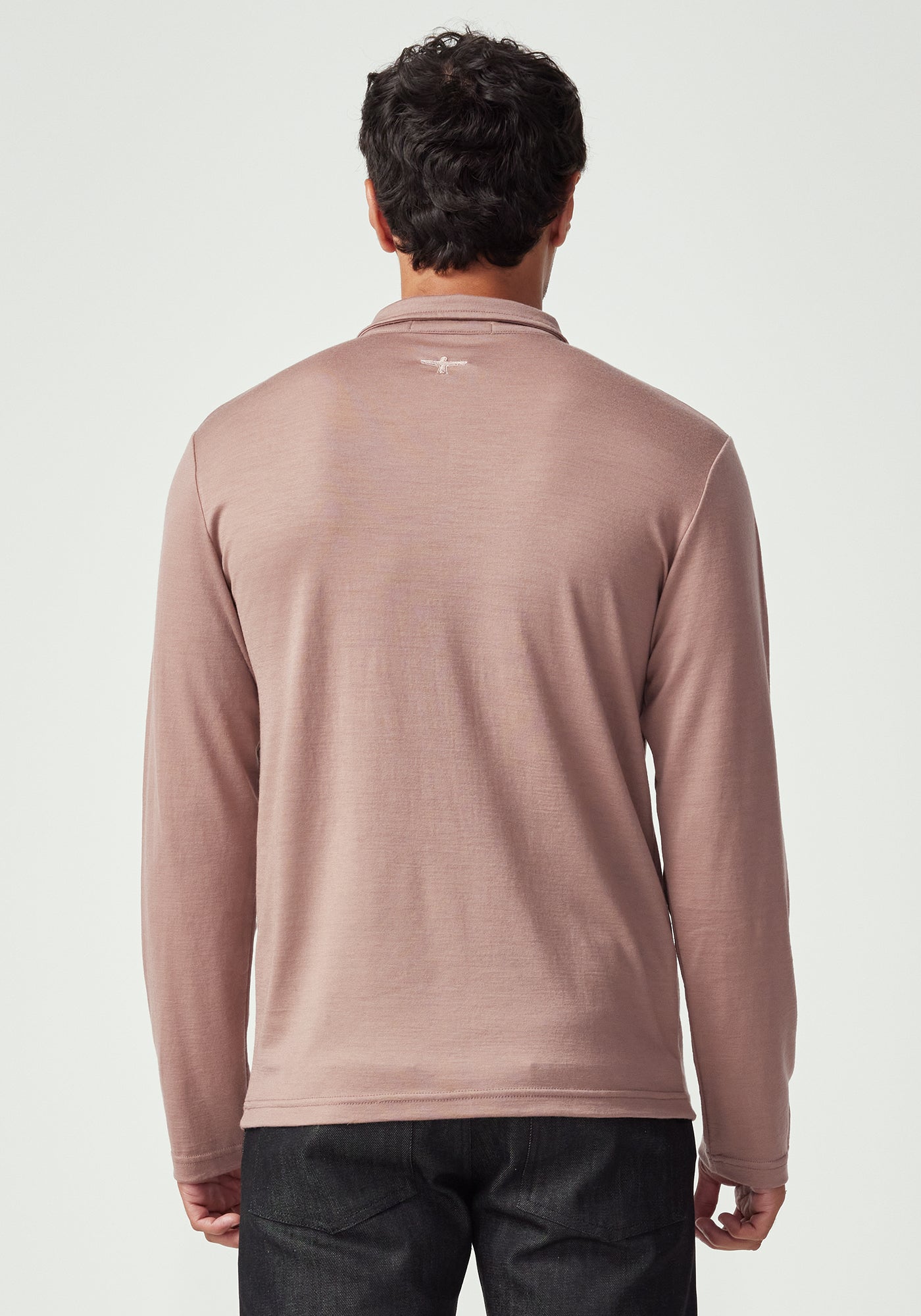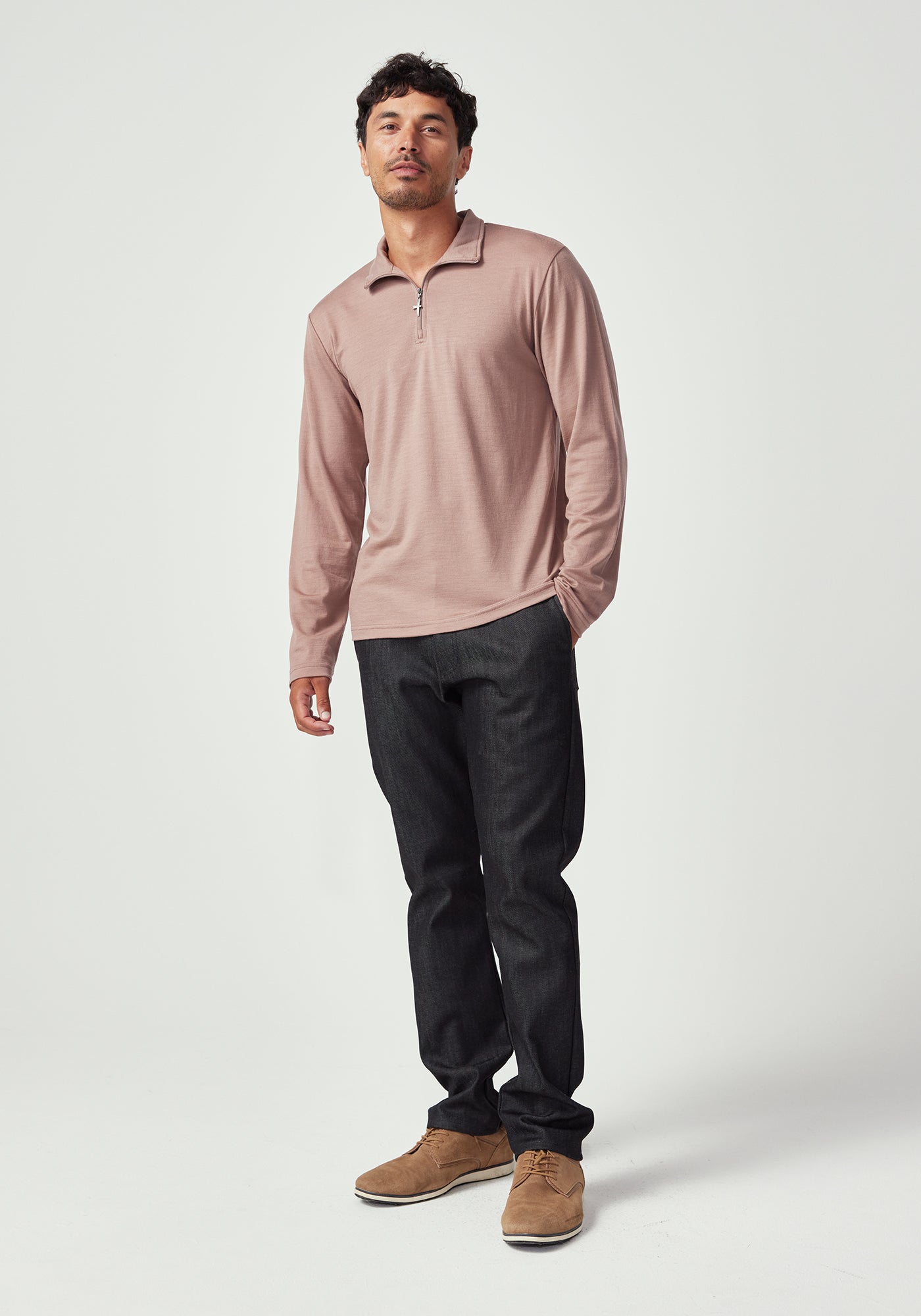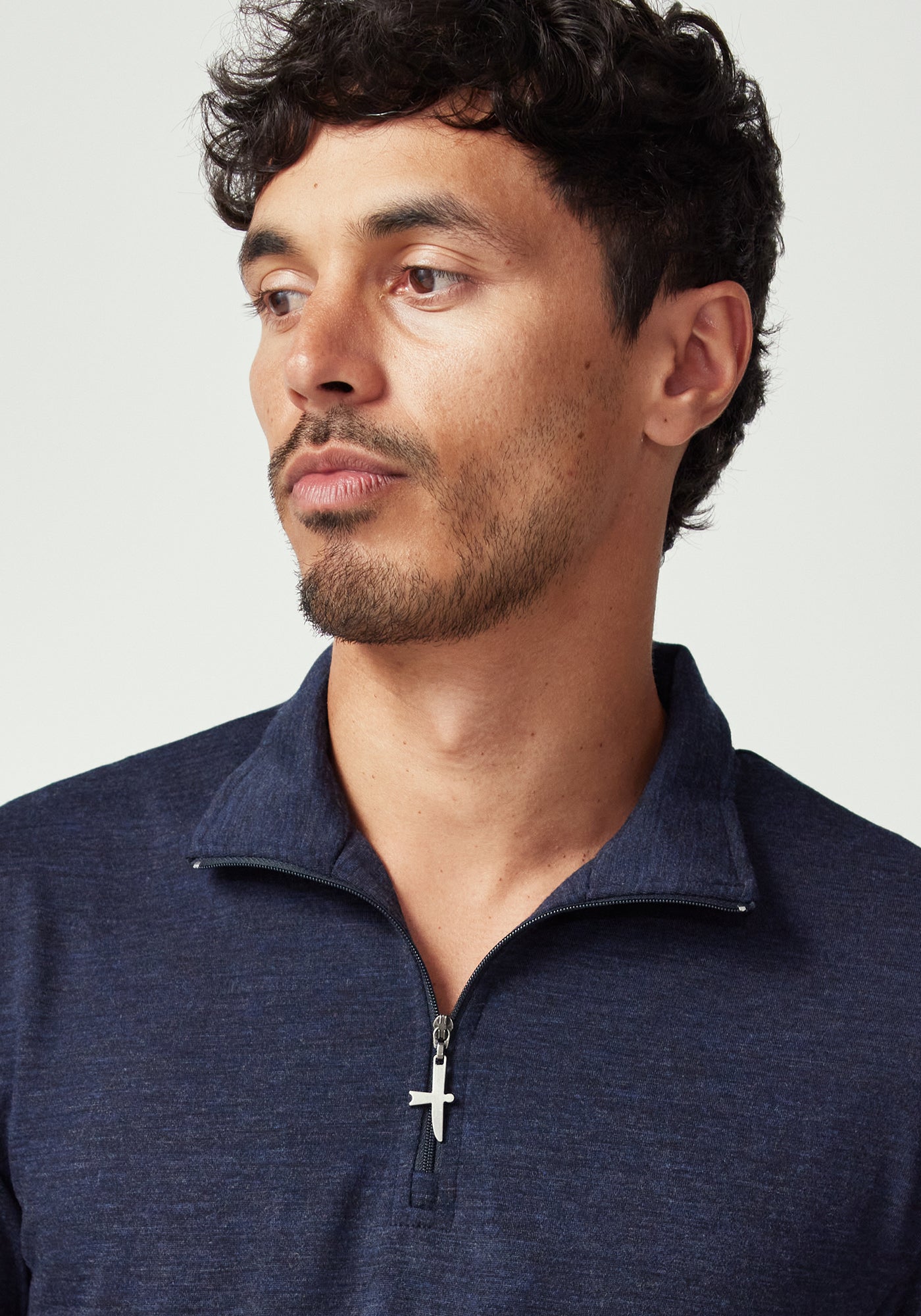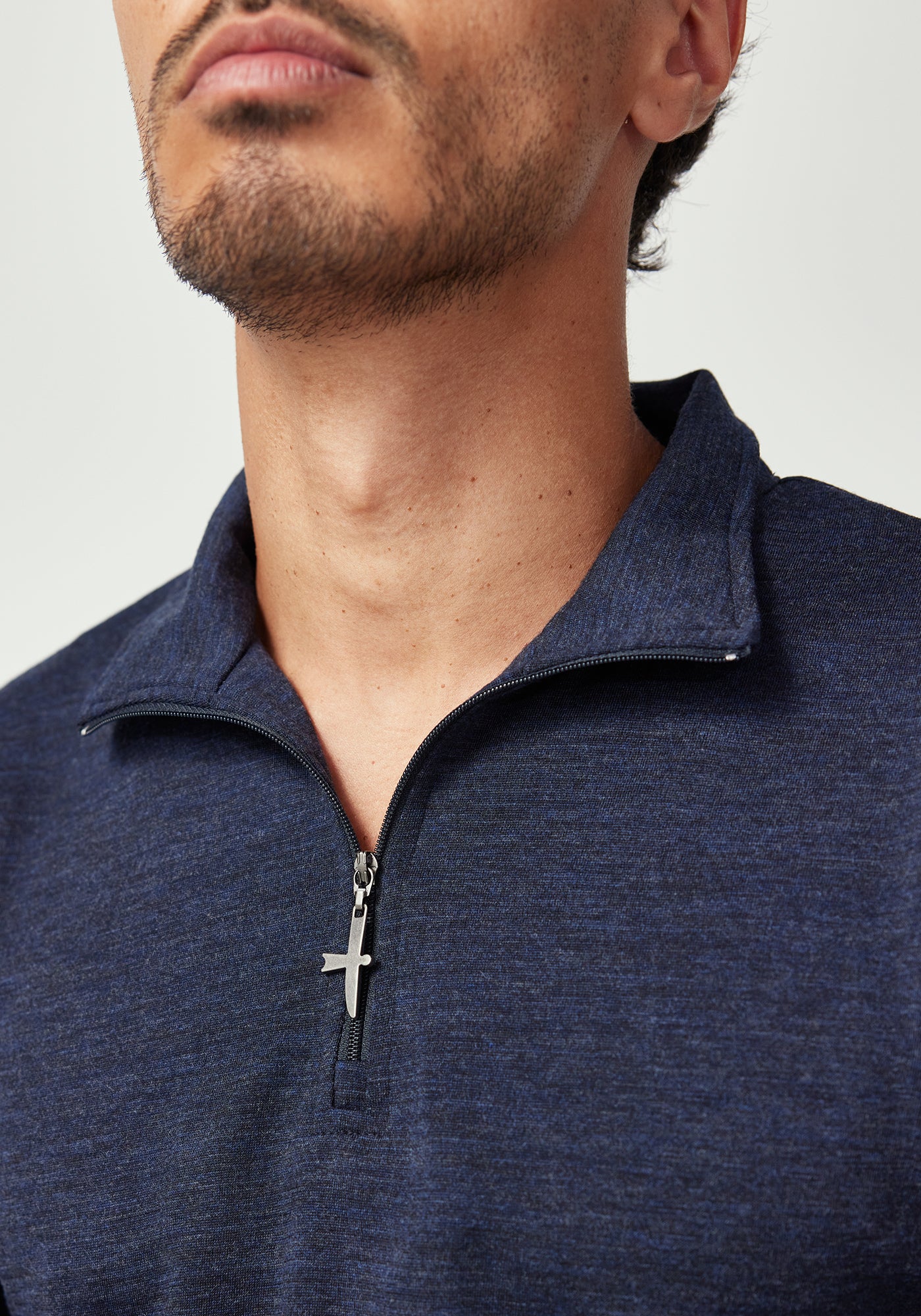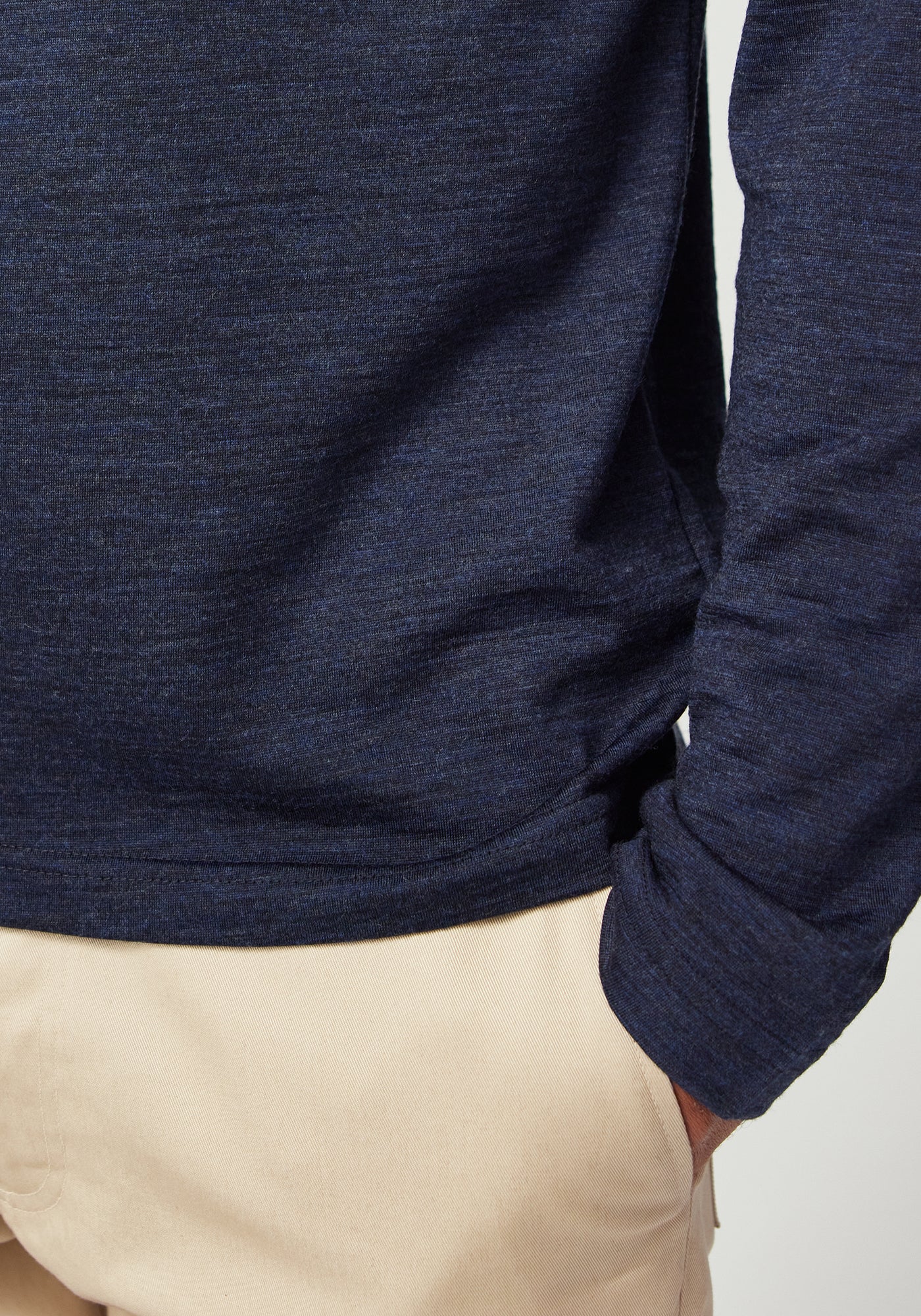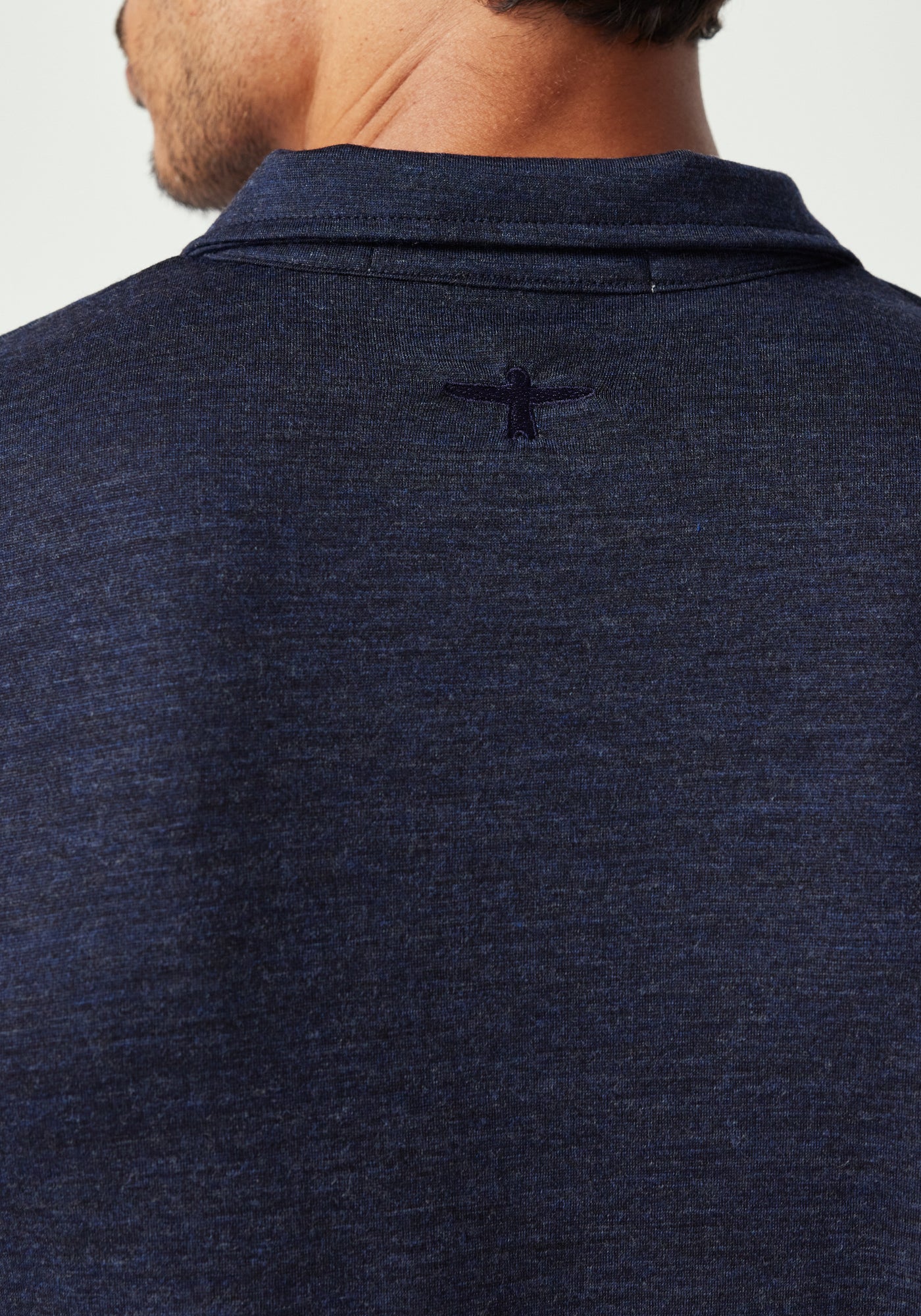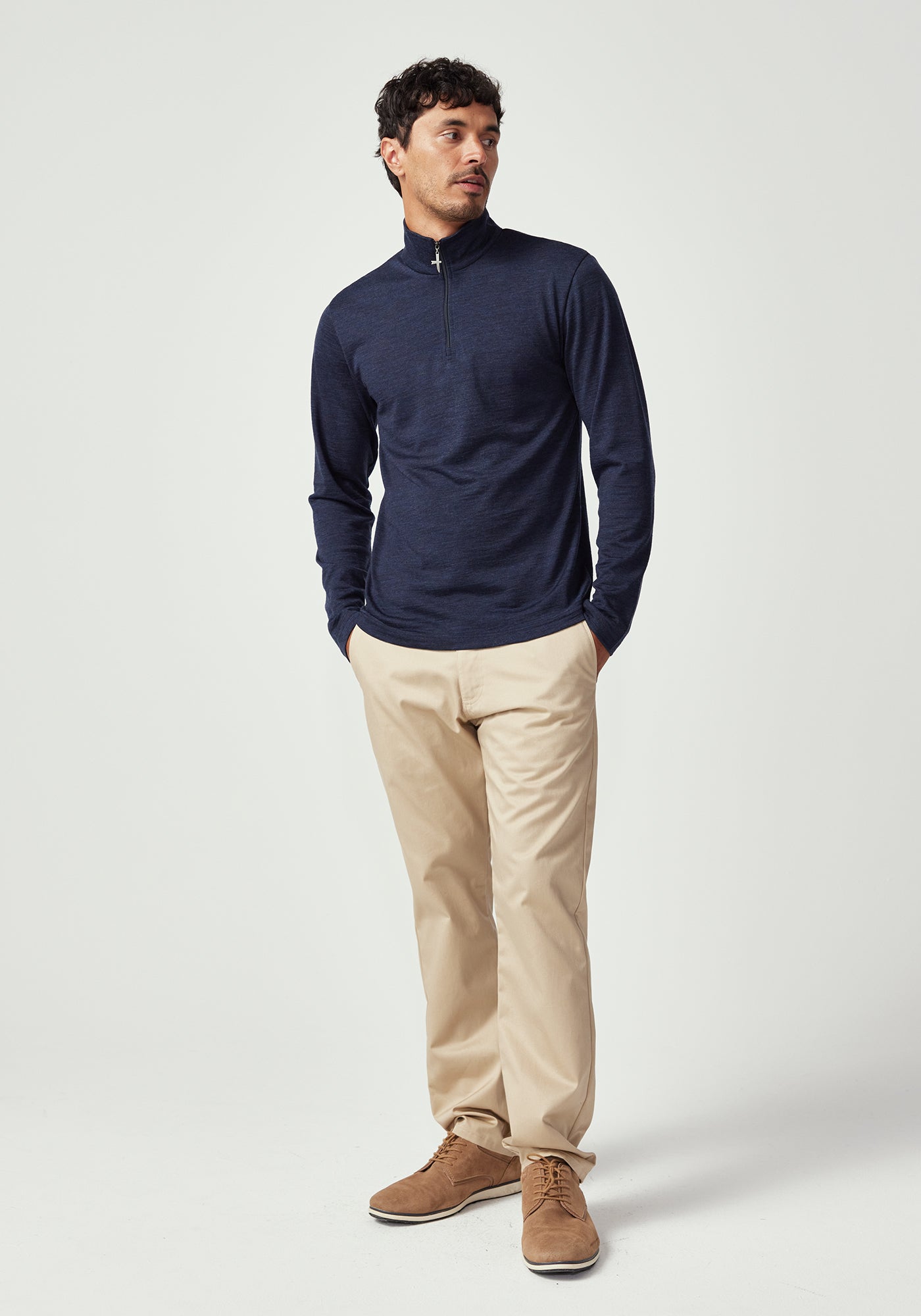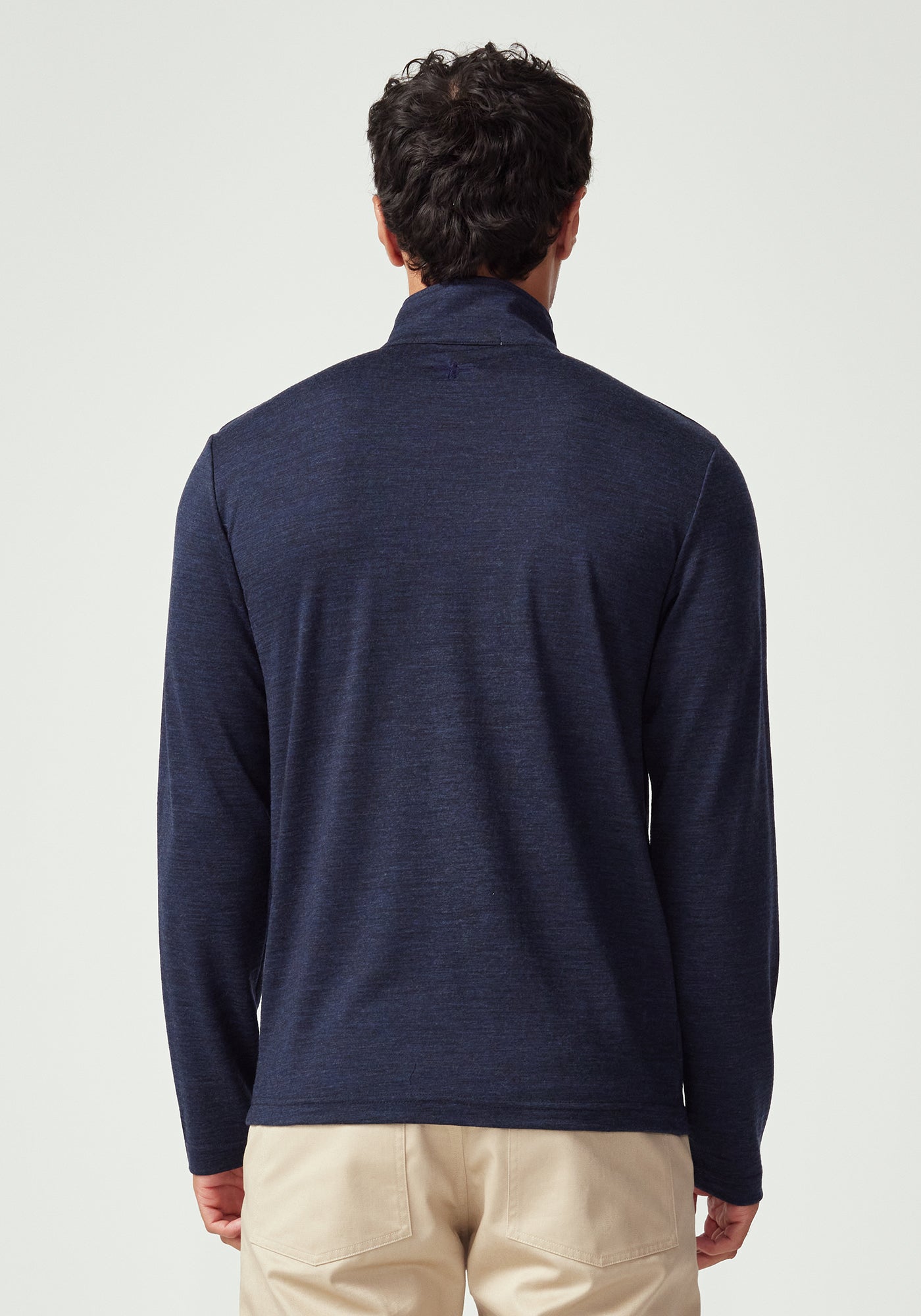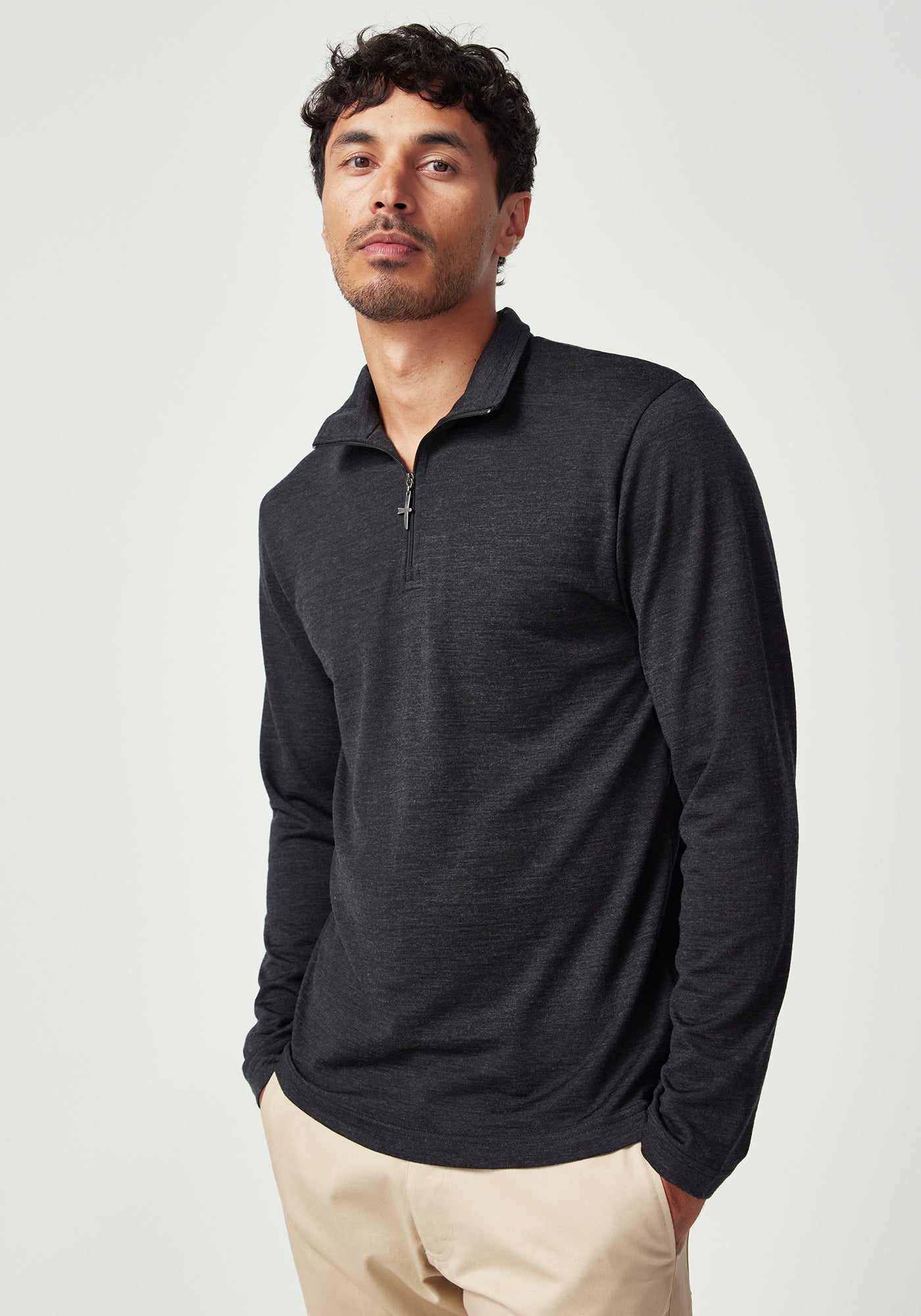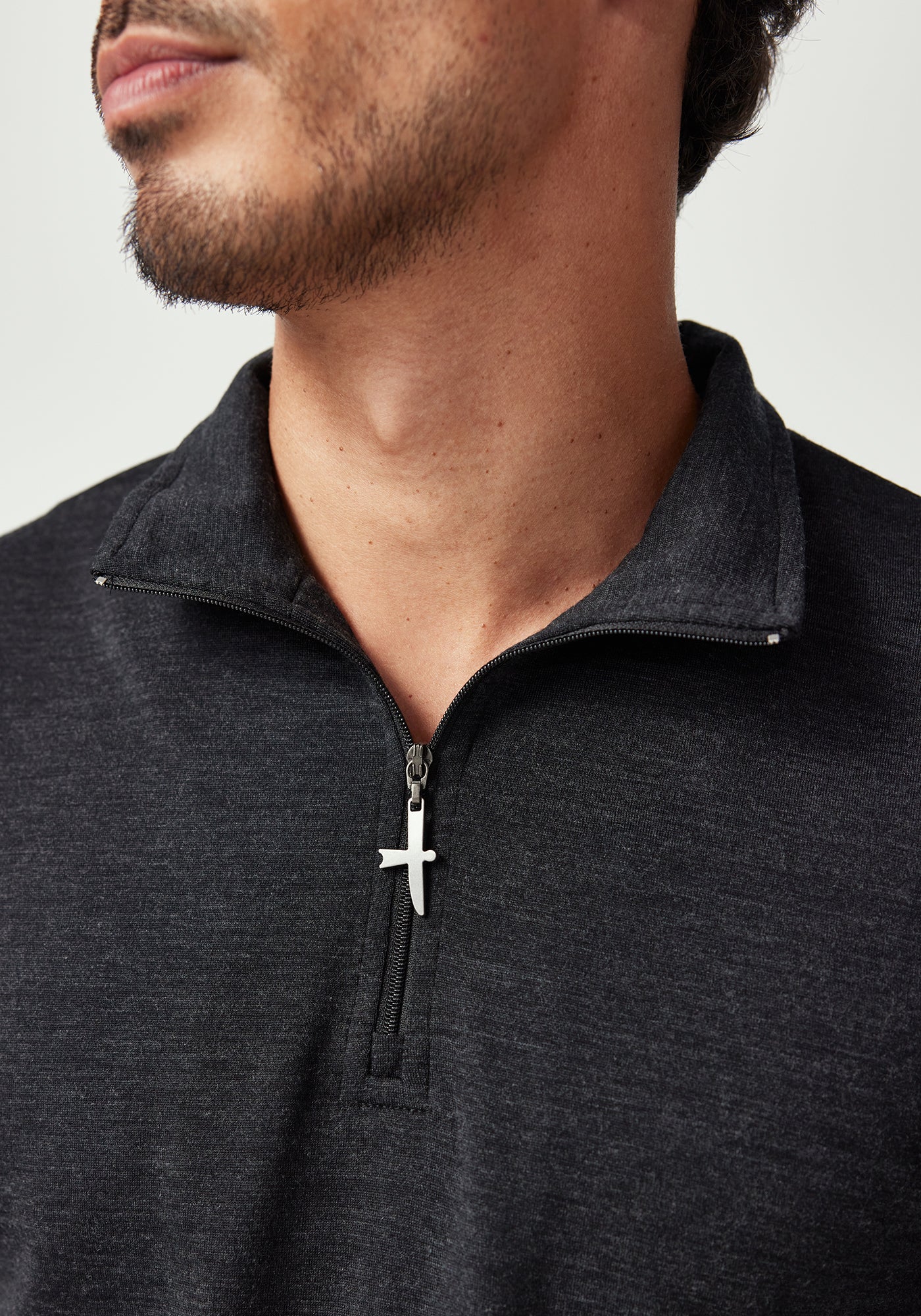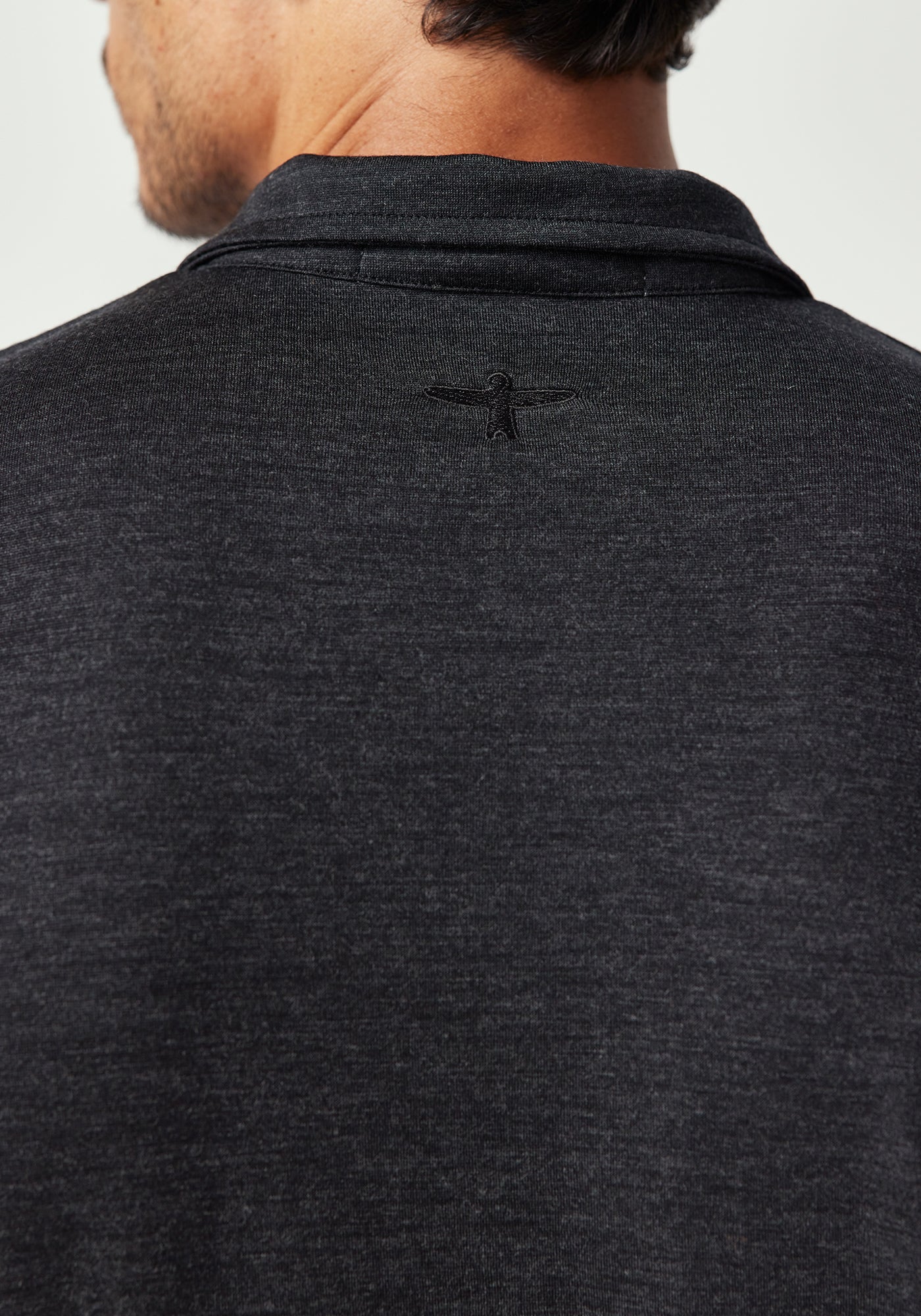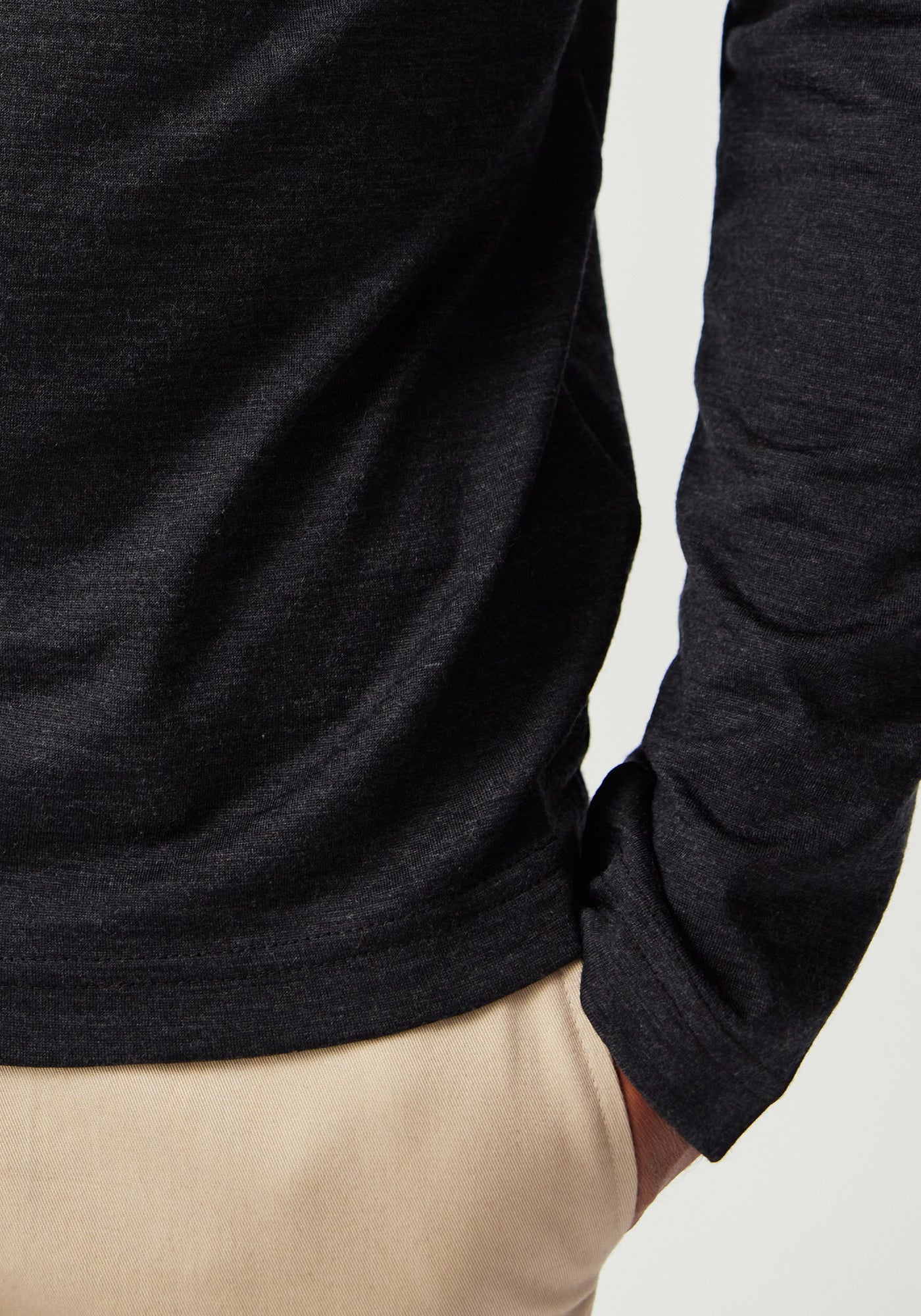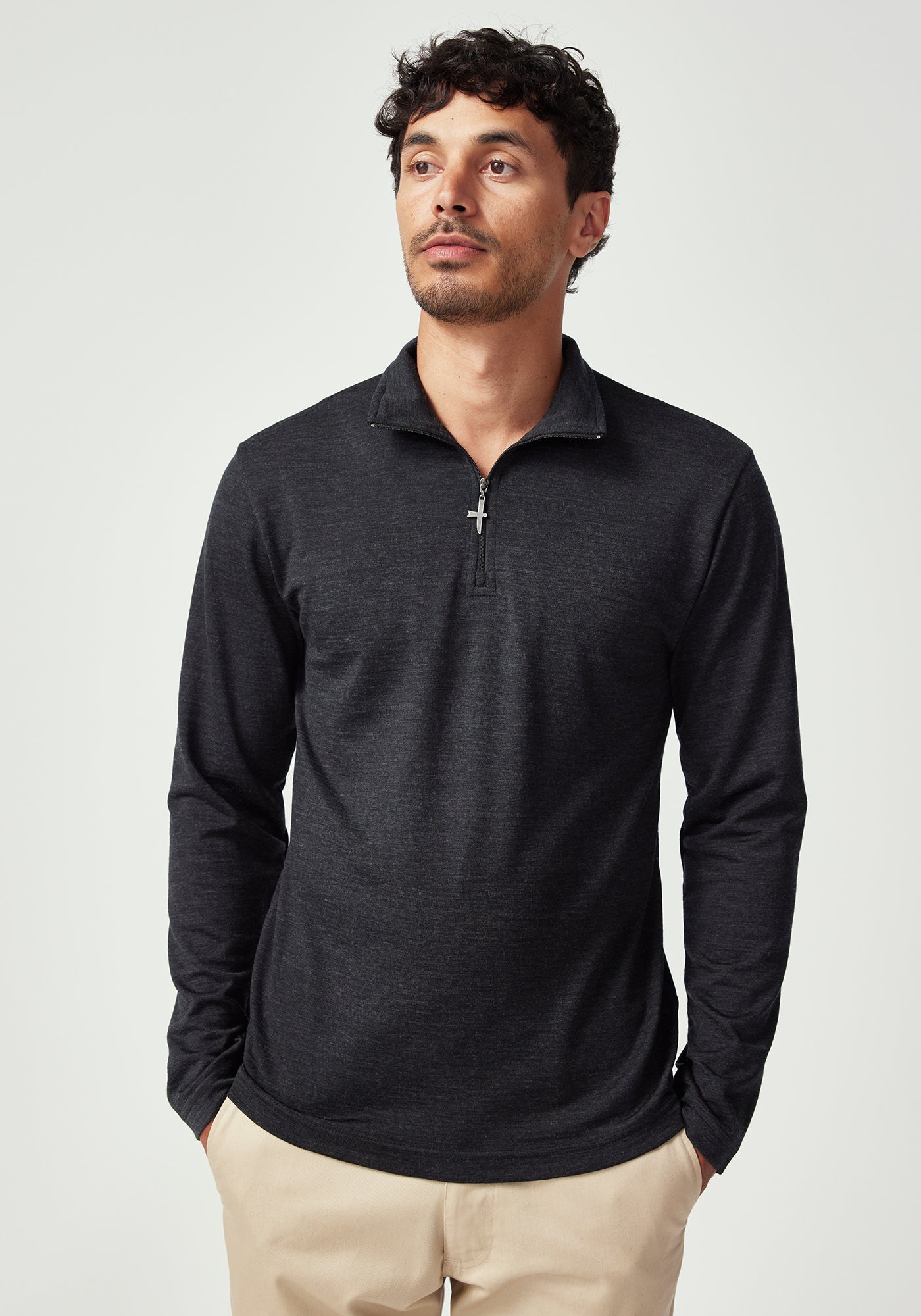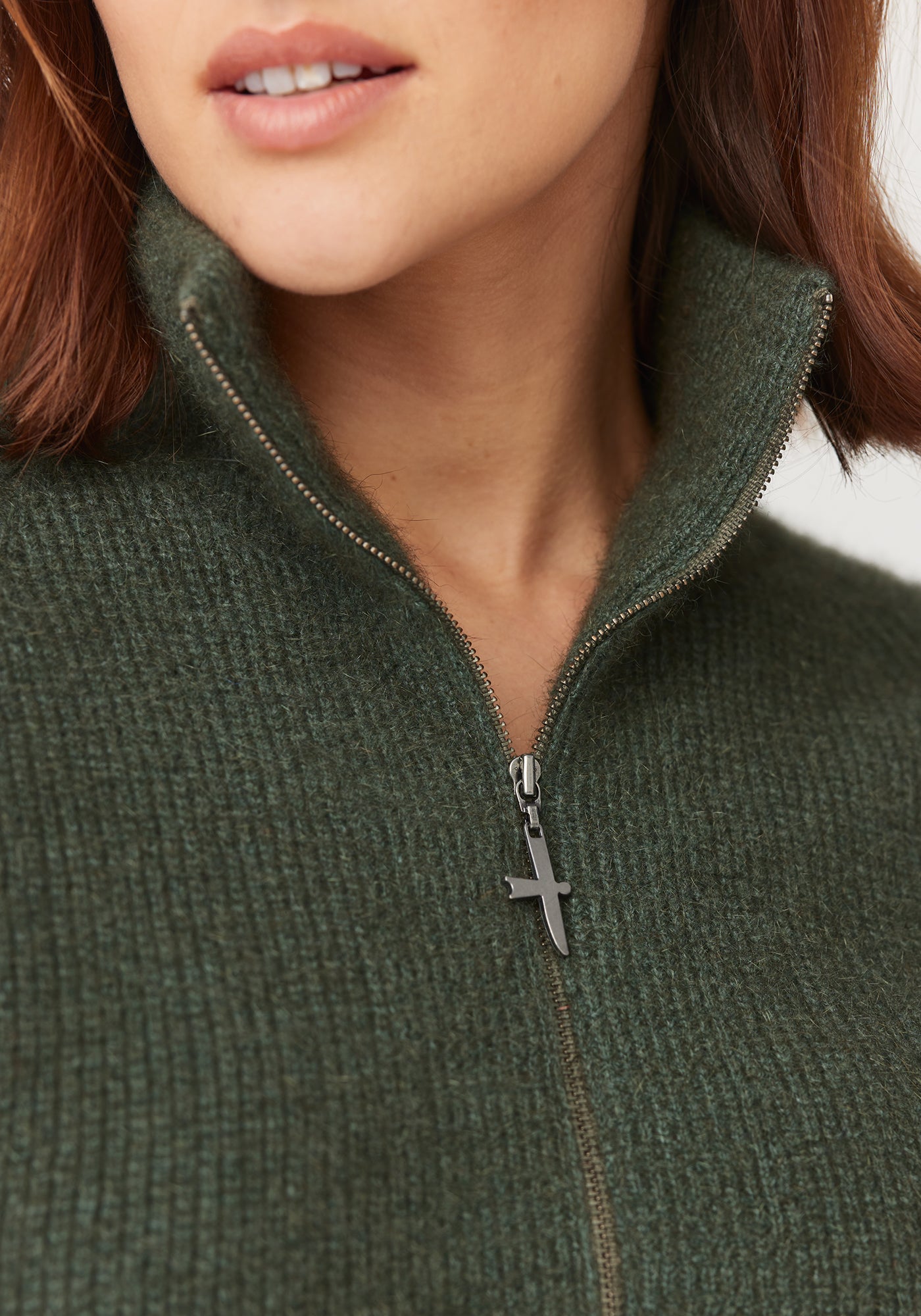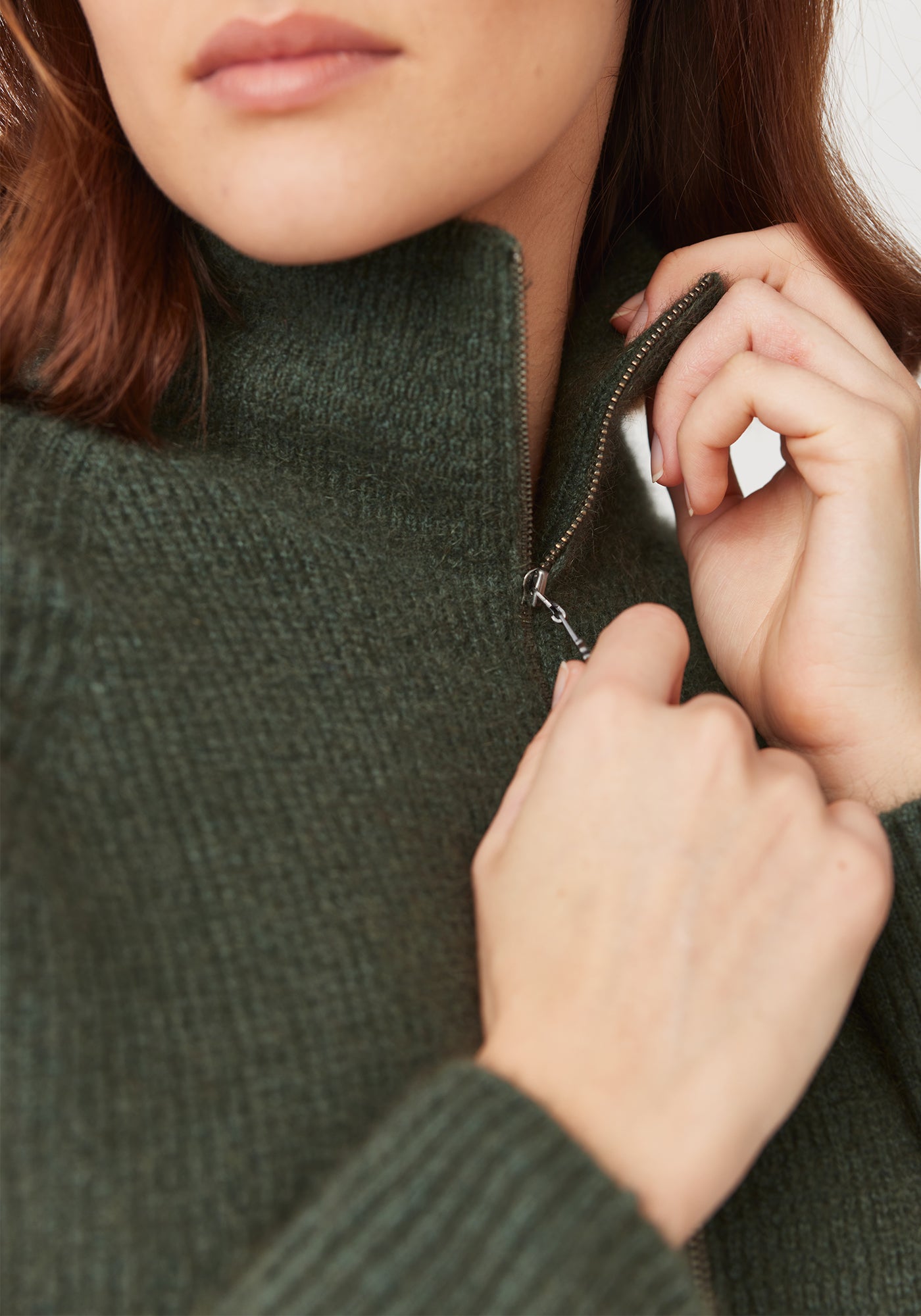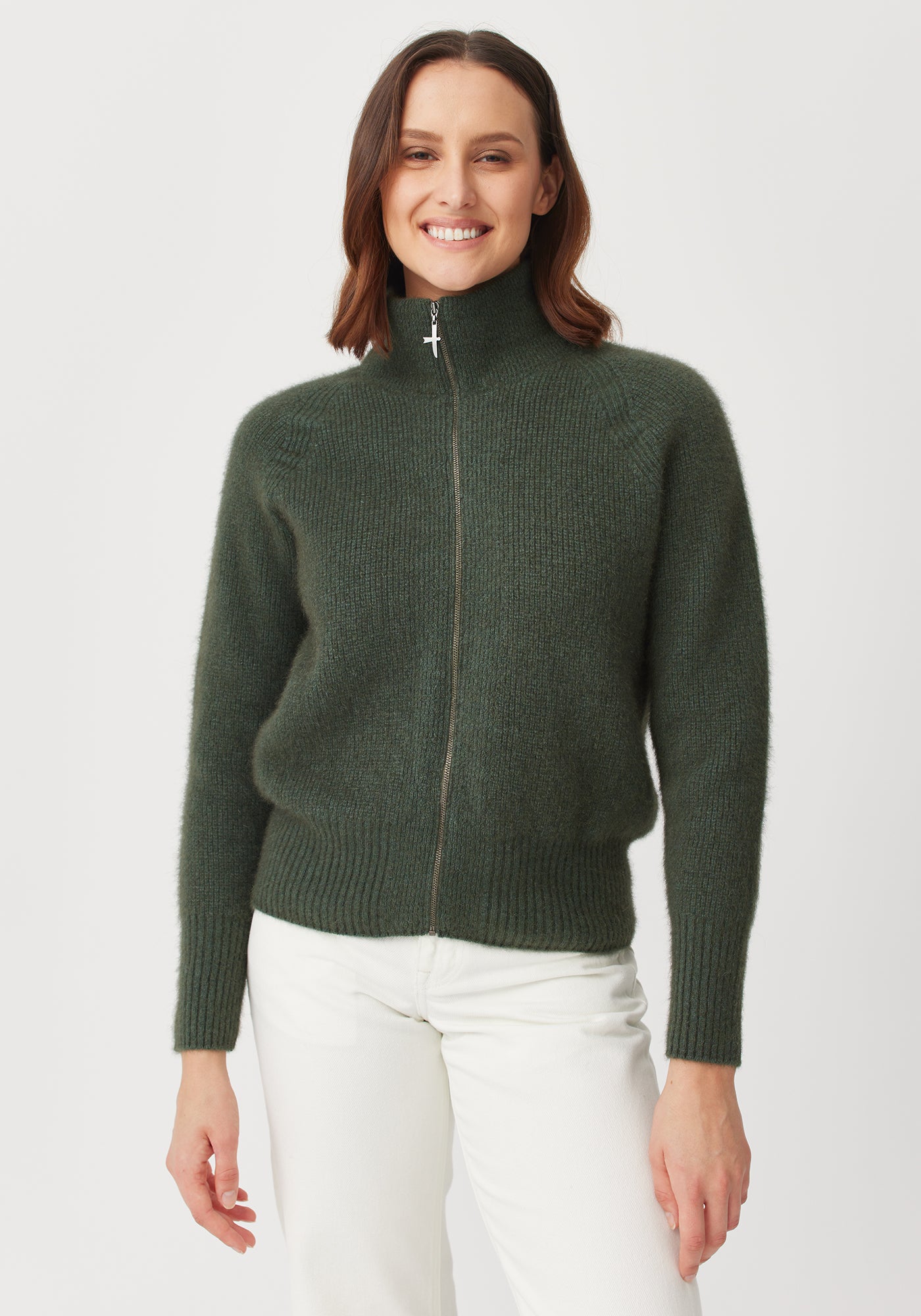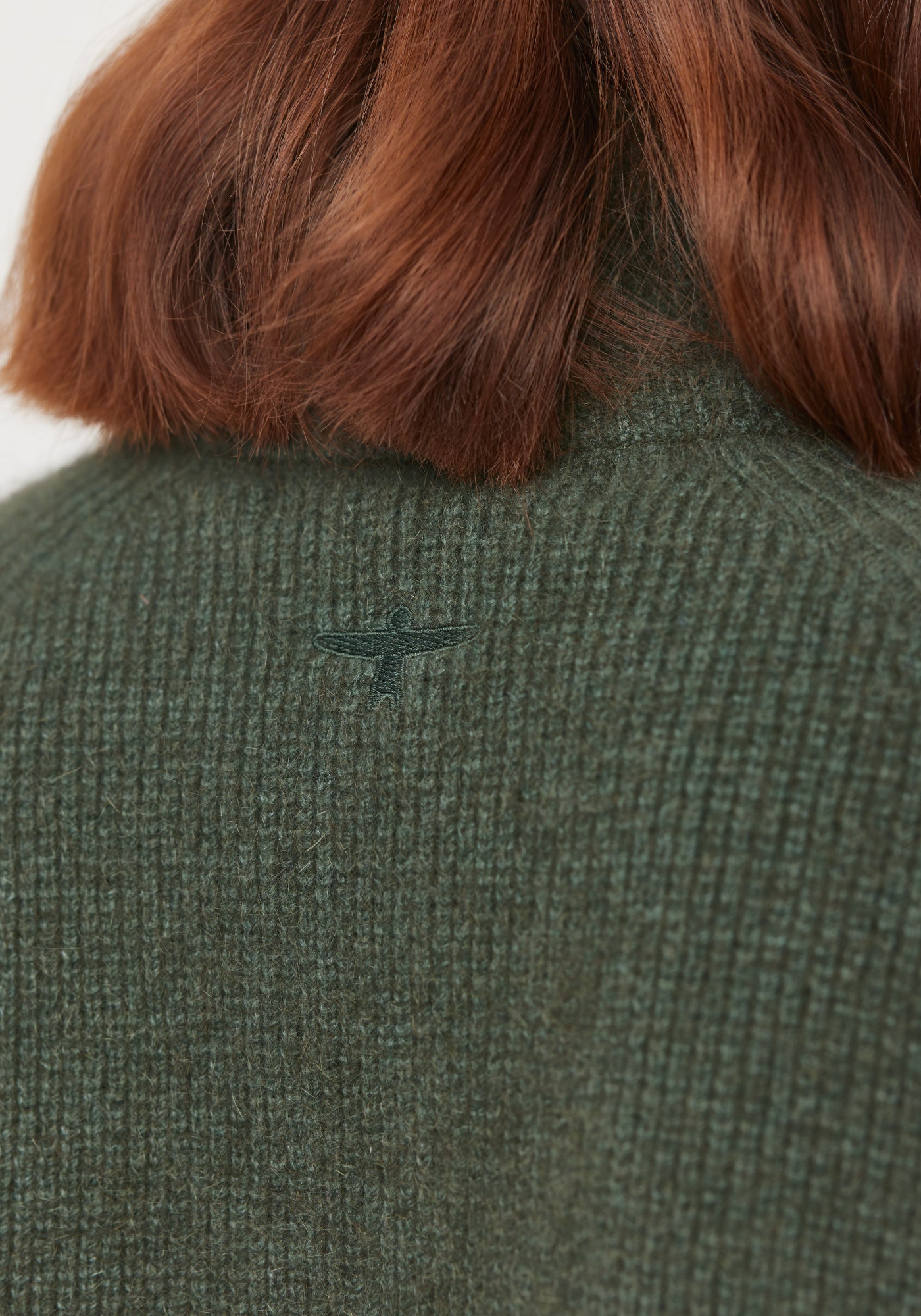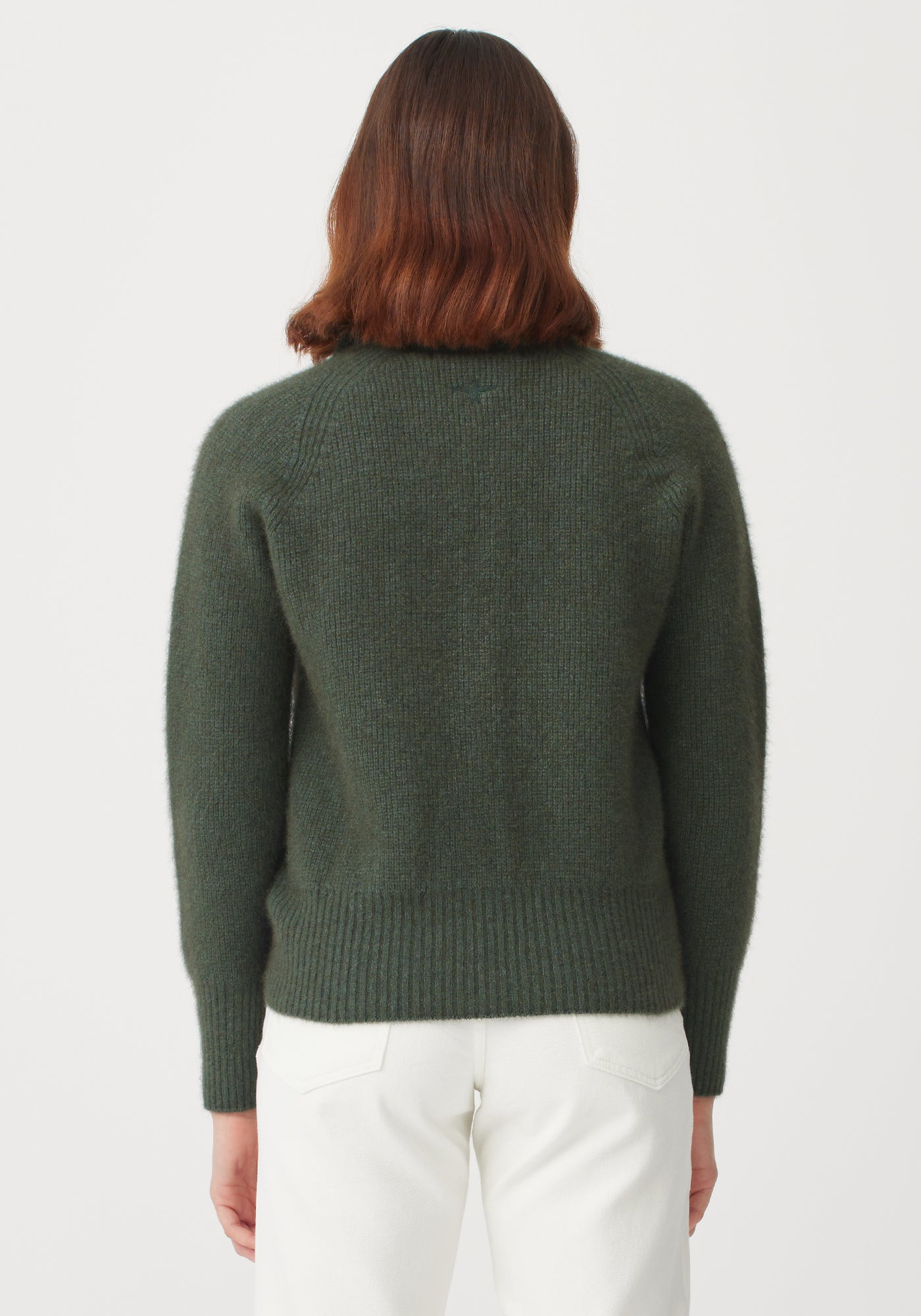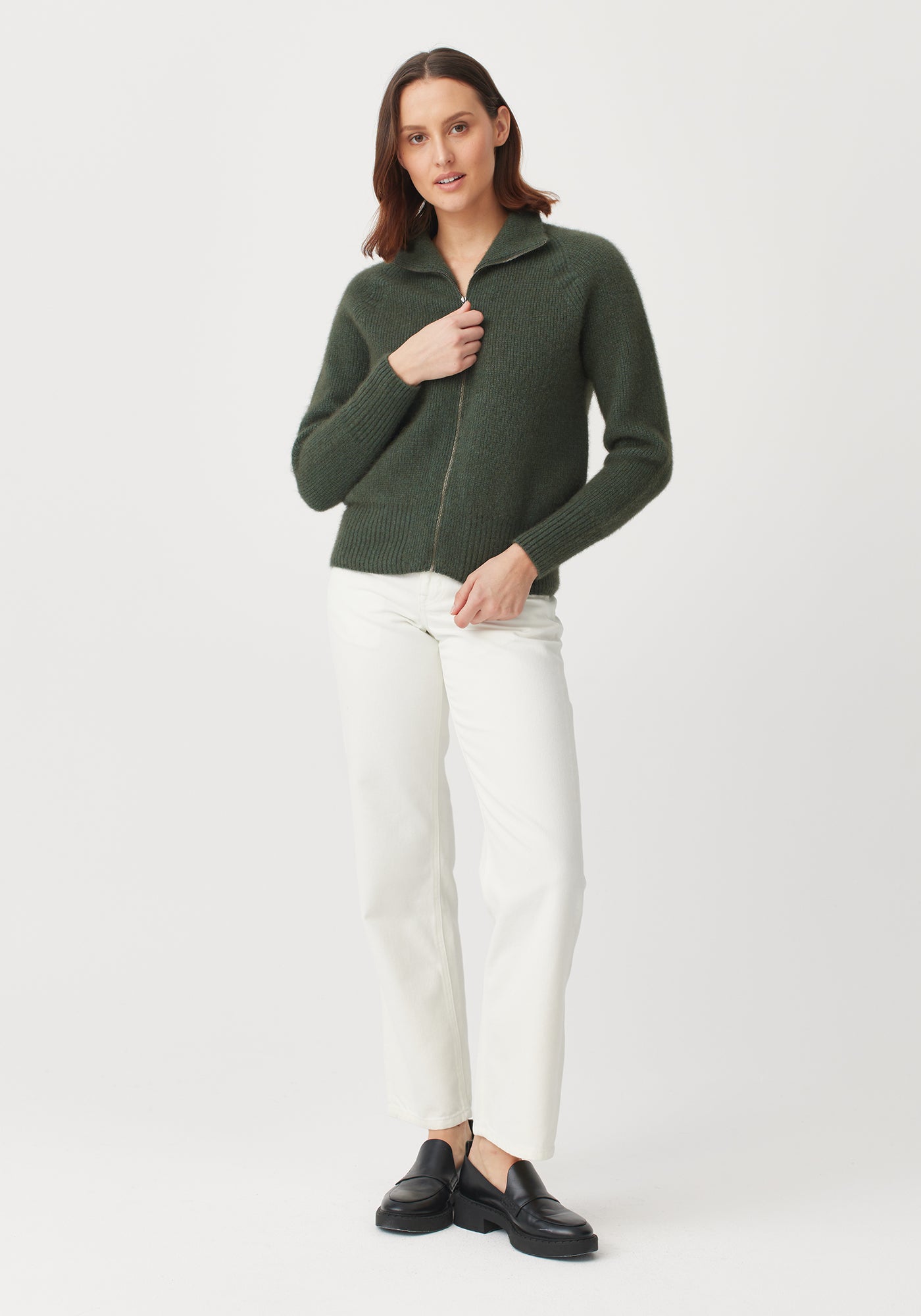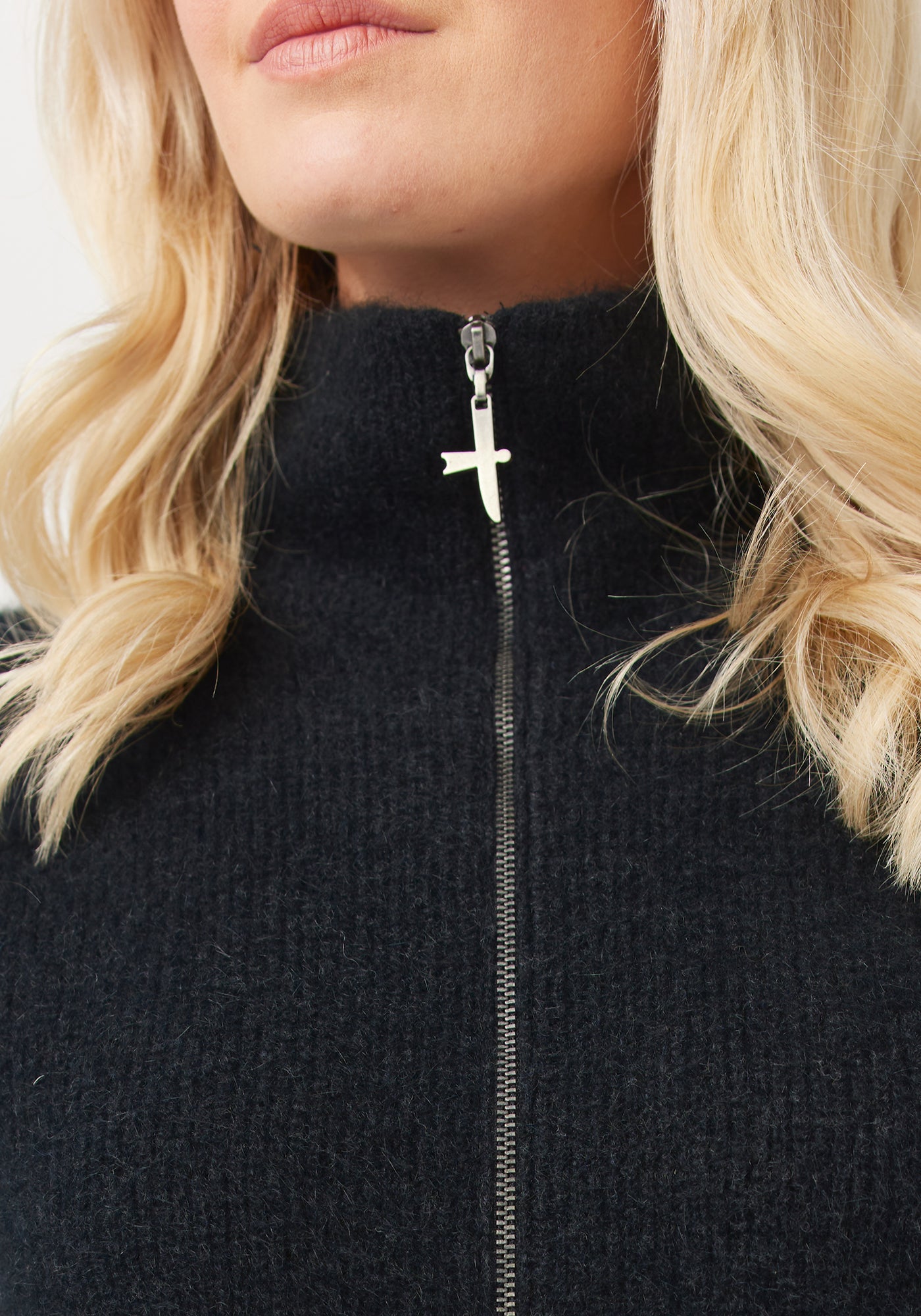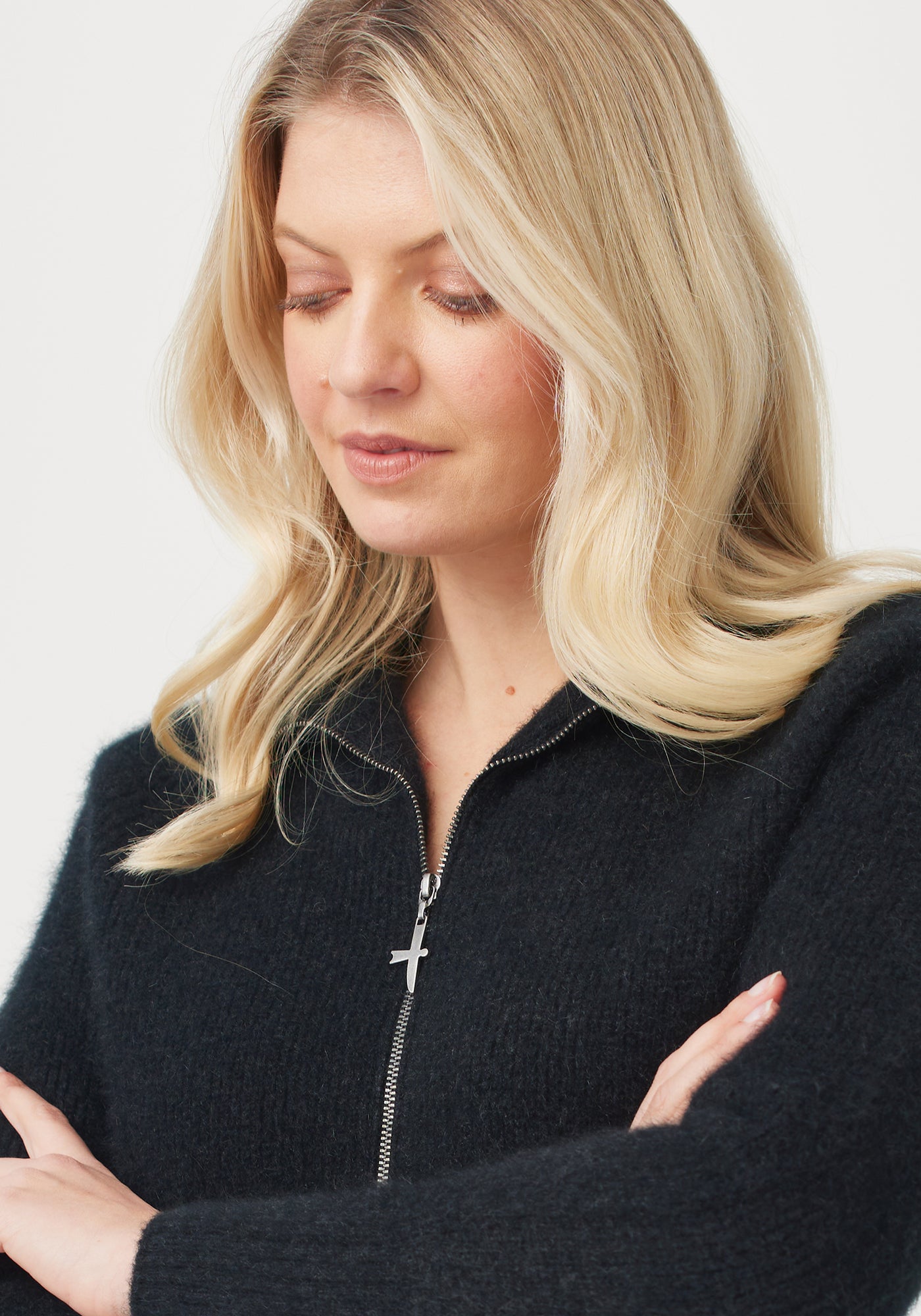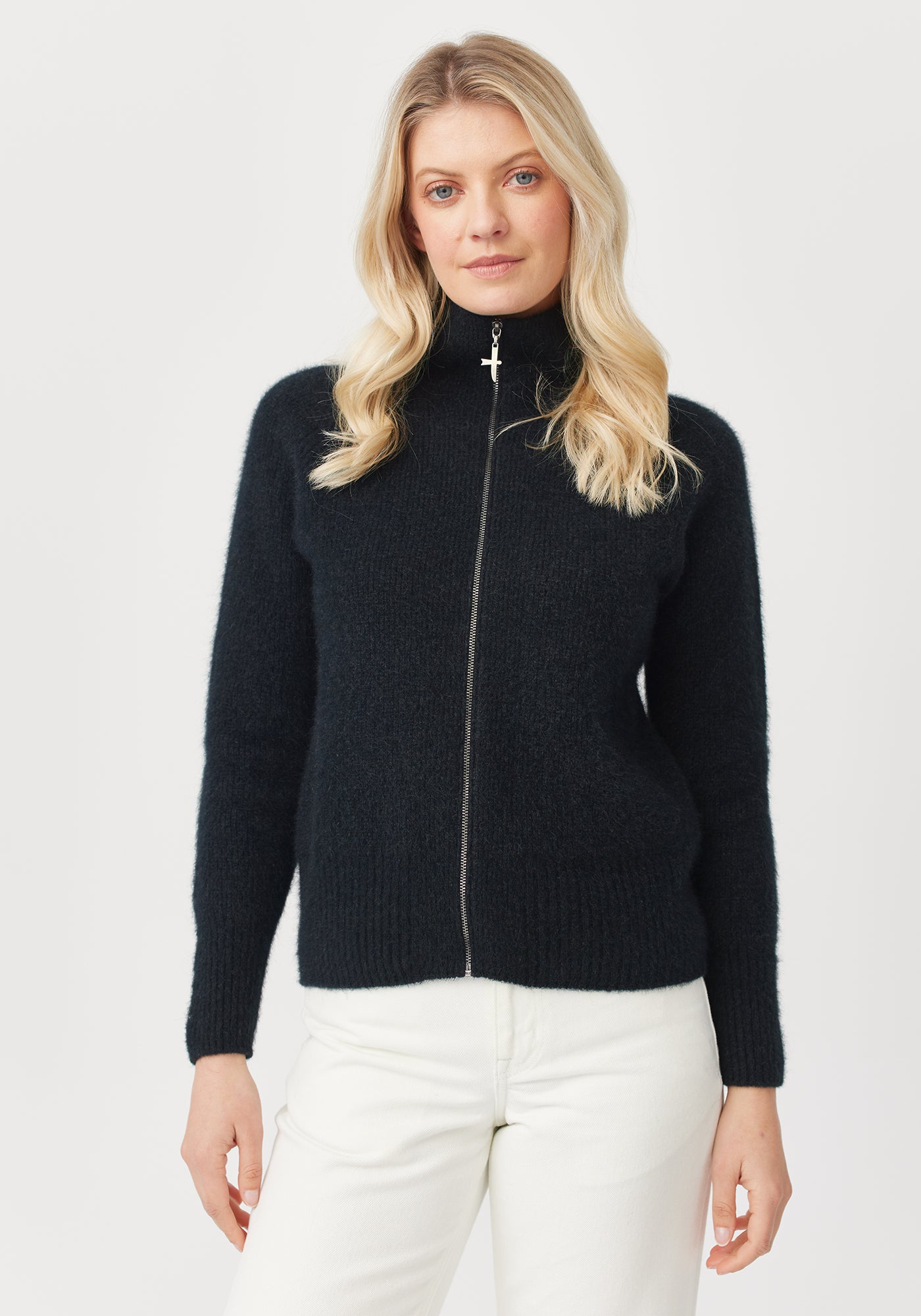It’s easy to focus on everything that’s wrong with fashion. We’re constantly reminded of the waste, the overproduction, the poor working conditions, and the environmental impact. But if you know where to look, good things are happening that point to a brighter, more sustainable future.
Garment worker protections are expanding
At Untouched World, we are proudly 94% New Zealand made, but locally made garments are an increasing rarity in the fashion industry, and garment makers overseas have been subject to poor working conditions and low pay. In the wake of the Rana Plaza factory collapse in Bangladesh in 2013 which killed over 1,100 garment makers, the Bangladesh Accord was established, a legally binding agreement between brands and trade unions which mandated safety efforts like safety inspections, fire safety training, and time-bound corrective action at unsafe factories. Since 2013, Accord engineers have carried out over 38,000 inspections, and over 120,000 fire, building and electrical hazards have been fixed. It has made hundreds of thousands of garment makers safer. In 2021, the Bangladesh Accord became the International Accord so that it could expand into other countries. First on the list is Pakistan and so far, 78 companies have signed onto the agreement. There’s a long way to go, but it’s a huge step towards better, fairer, safer working conditions for the people who make our clothes.
Greenwashing is getting harder
People want to make more responsible decisions, but that’s hard to do when brands greenwash – make themselves or their products appear to be more sustainable than they are by publishing misleading claims. Luckily, a crackdown on greenwashing is afoot globally. Governments in the UK, the US, the EU, New Zealand, Australia and others have either clarified or released ‘green claims’ guidelines which lay out exactly what brands should and shouldn’t say when talking about sustainability, and others are expected to follow suit. Brands who don’t backup their claims with hard evidence could face hefty fines and legal action. You can find out more about Greenwashing on our other blog. insert link
Fashion weeks are introducing sustainability guidelines
Fashion week is not exactly sustainable. It involves the creation of thousands upon thousands of garments and encourages industry insiders to fly all across the globe to attend. But as of AW23, Copenhagen Fashion Week (CPHFW) introduced a selection of sustainability requirements for designers who want to be on the schedule. The standards include things like not destroying unsold clothes, having a preferred materials list, zero waste production, and educating consumers on sustainability practices. Inspired by CPHFW, others are now following suit. The Norwegian fashion industry is implementing CPHFW’s requirements with the 60 members of its Norwegian Fashion Hub and 30 brand participants of the Oslo Fushion Festival, and London Fashion Week has worked with CPHFW on its own standards for NEWGEN designer participants.
Circular fashion is growing
We encompass circularity into our brand – using natural fibres, which return to the earth harmlessly, and repurposing our offcuts. One way that we do is socks, made from our waste offcuts. Most brands would send these yarn scraps to landfill, but we have crafted treasure from our waste. At the time of writing this, we have made 450 pairs of socks from our yarn waste.
One of the great things about these socks, is the reduced environmental impact. The colour of the sock yarn is the colour of the waste fabrics, so there's no extra dyeing and each batch of yarn is unique. You can see these in Ocean, Orchid or Sage.
For a long time now much of the fashion industry has followed a linear ‘take-make-waste’ model. Thankfully that’s changing. The global secondhand market is expected to nearly double by 2027, reaching US$ 350 billion. That’s an expected growth three times faster than that of the global apparel market. Brands all around the world are now offering repairs either in-house or in partnership with a growing group of repairs platforms, and France is even offering consumers the chance to claim back between €6 and €25 of the cost of apparel and shoe repair. Swap shops are also gaining traction. You’ll likely have seen them happening in your community, but now big-name retailers like Selfridges are hosting them too, showing that the fashion industry is taking note.
Sustainable technology is scaling
Making fewer garments and shunning the 52 ‘micro season’ cycle is the key to cutting overproduction, but we still need solutions for the millions of tonnes of textiles that already exist, and we need to ensure that what is made, is circular. Enter: the sustainable technology which is scaling to provide the answers. Renewcell, which turns old clothes into new textiles has opened a giant recycling factory in Sweden; Spinnova, the fully circular plant-based fibre, is now being made at a volume of 1,000 tonnes annually; and Natural Fiber Welding’s plant-based, plastic-free leather alternative Mirum now has a partner factory to make access to the material easier for brands and designers. We’re supporting sustainable scaling too, by partnering with UPPAREL who are working to turn a portion of our offcuts into their revolutionary recycled textile material UPtex. It’s all hands on deck for a more sustainable fashion future, and the growth of this technology means that exciting solutions are becoming a reality.
Summary
Thanks to ultra-fast fashion, growing piles of waste, and microplastics, fashion can often paint a gloomy picture but if you dig a little deeper, you’ll see that good things are on the horizon. From increasing garment worker protections to a crackdown on greenwashing, doing the right thing is moving from a choice to a requirement. Add in the growth of circular fashion, a host of new sustainability guidelines being introduced by fashion weeks and the scale up of sustainable technology and the future of sustainability in fashion is looking brighter than ever.
Stats & Facts
- 53% of green claims give vague, misleading or unfounded information. Source.
- Since the establishment of the Bangladesh Accord in 2023, over 120,000 fire, building and electrical hazards have been fixed in garment factories. Source.
- The global secondhand market is expected to nearly double by 2027. Source.
- French consumers can now claim up to €25 of the cost of repair back. Source.















